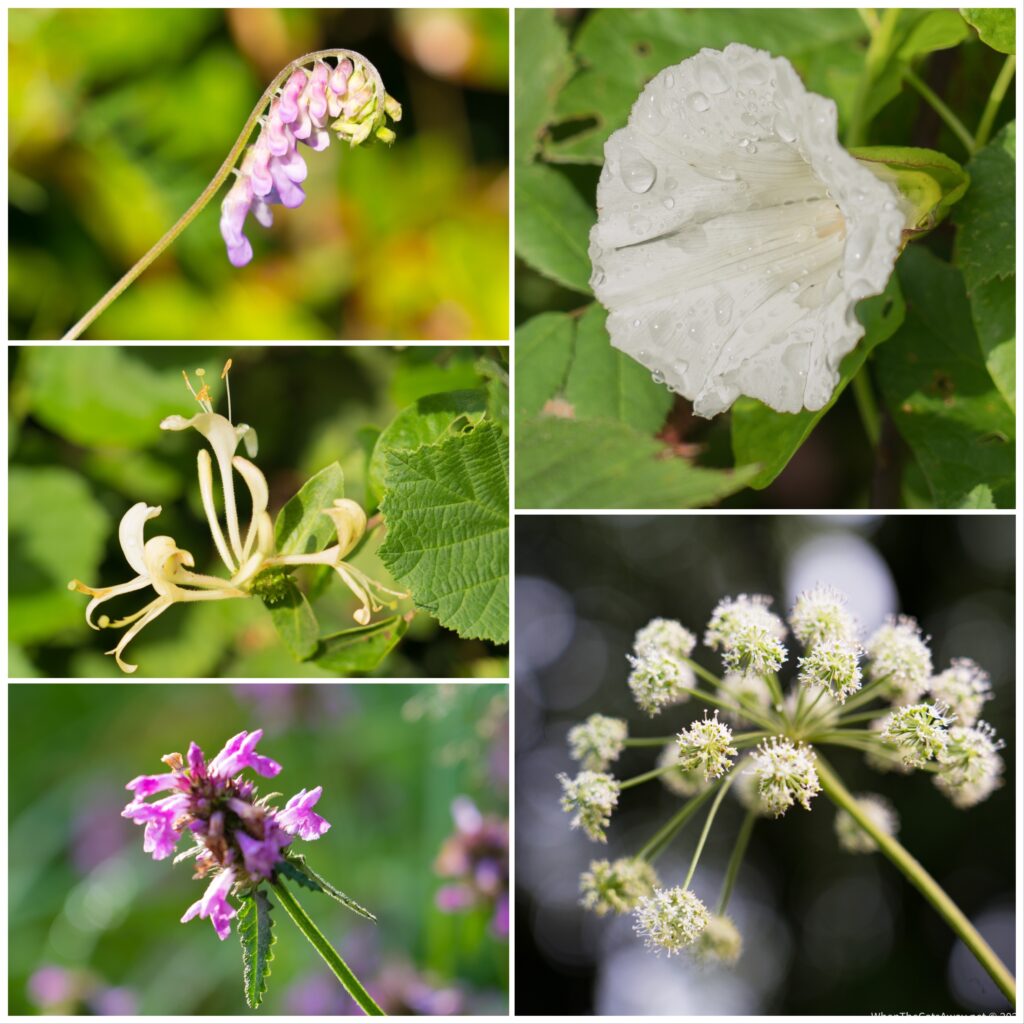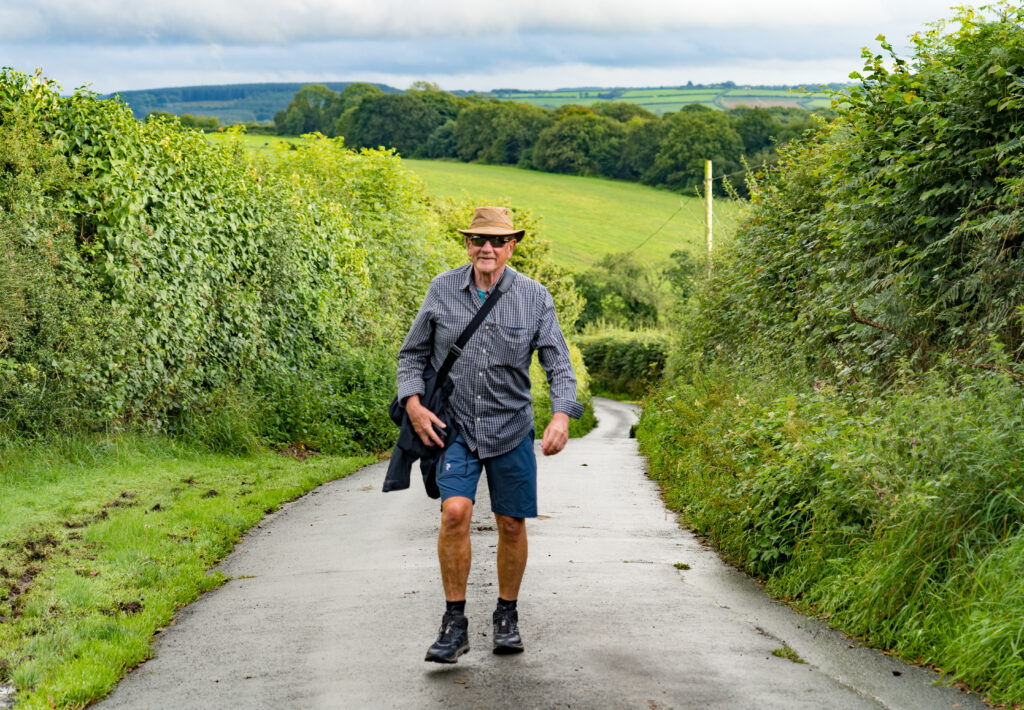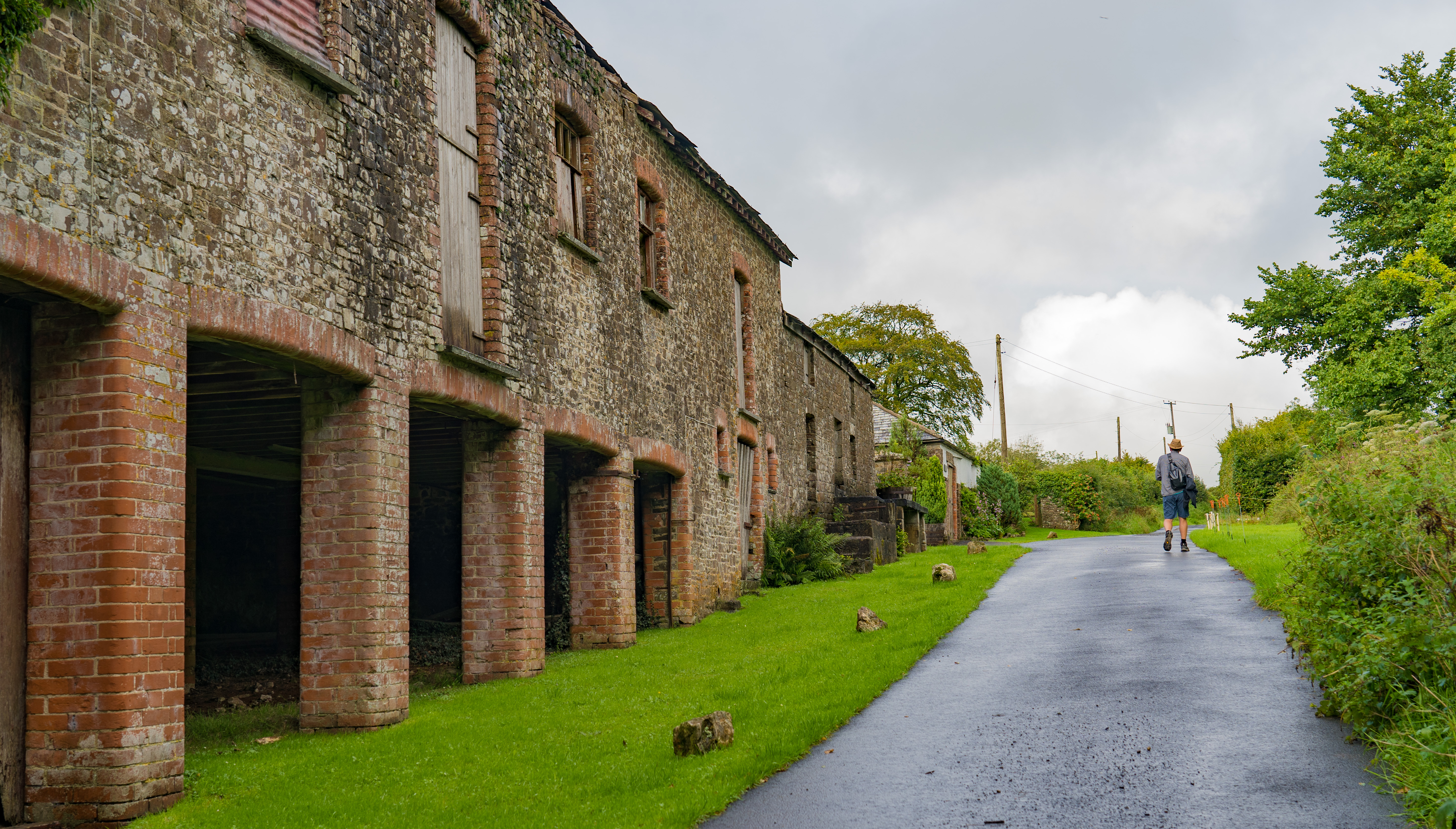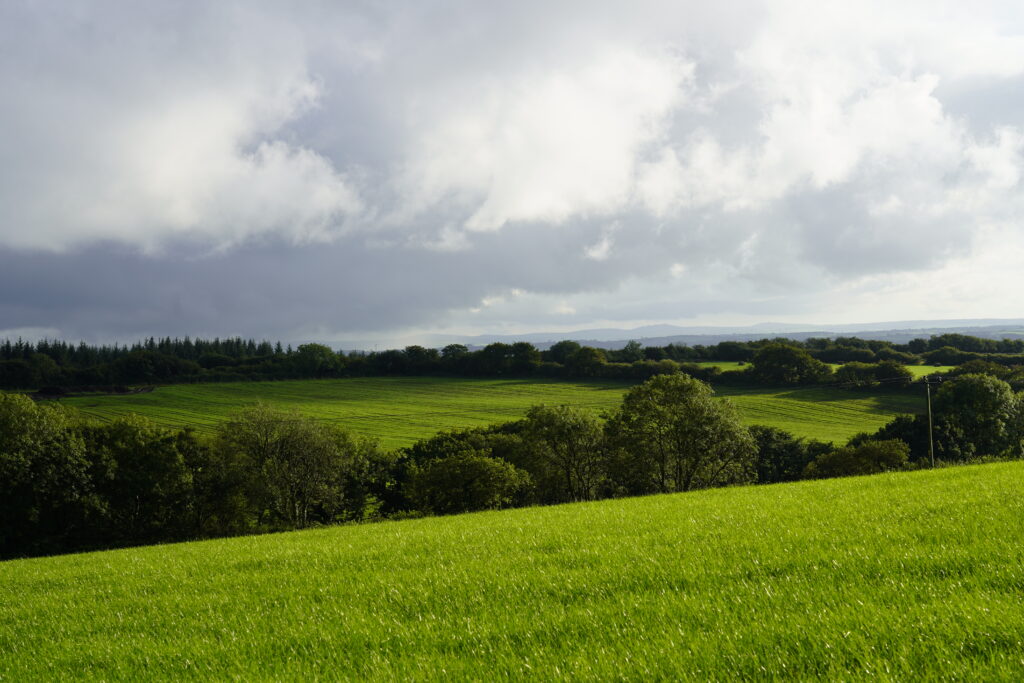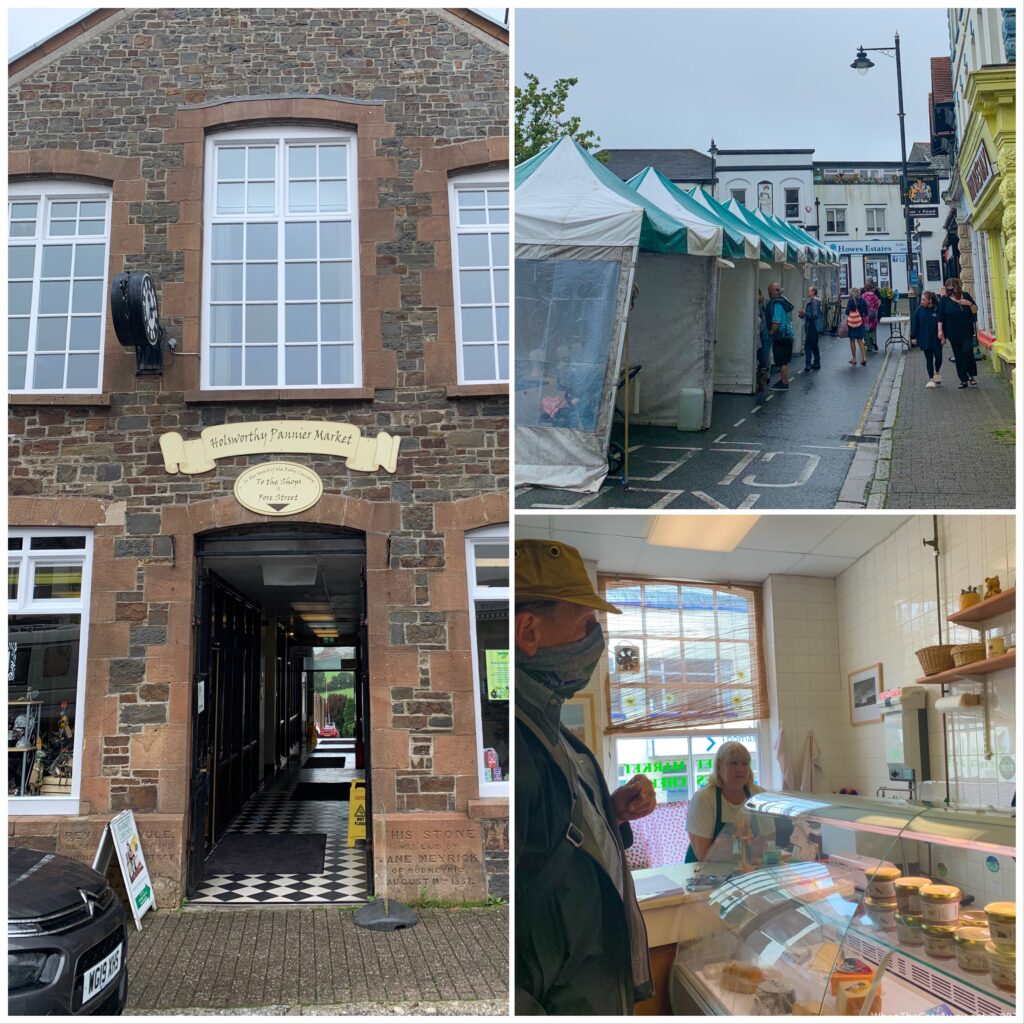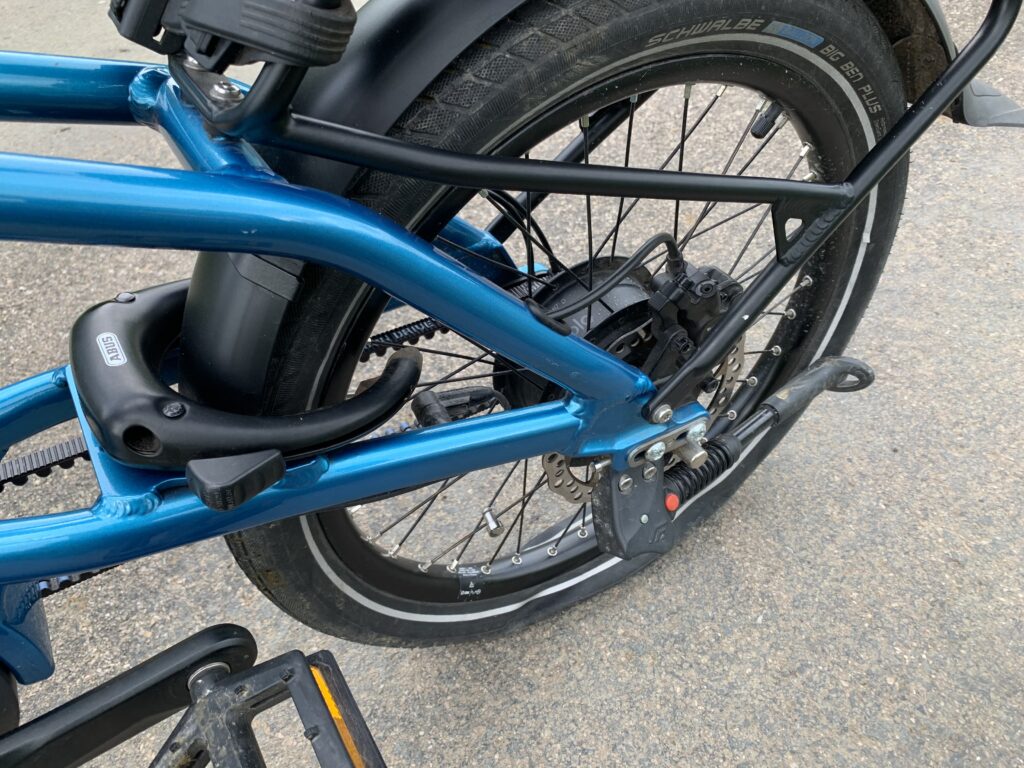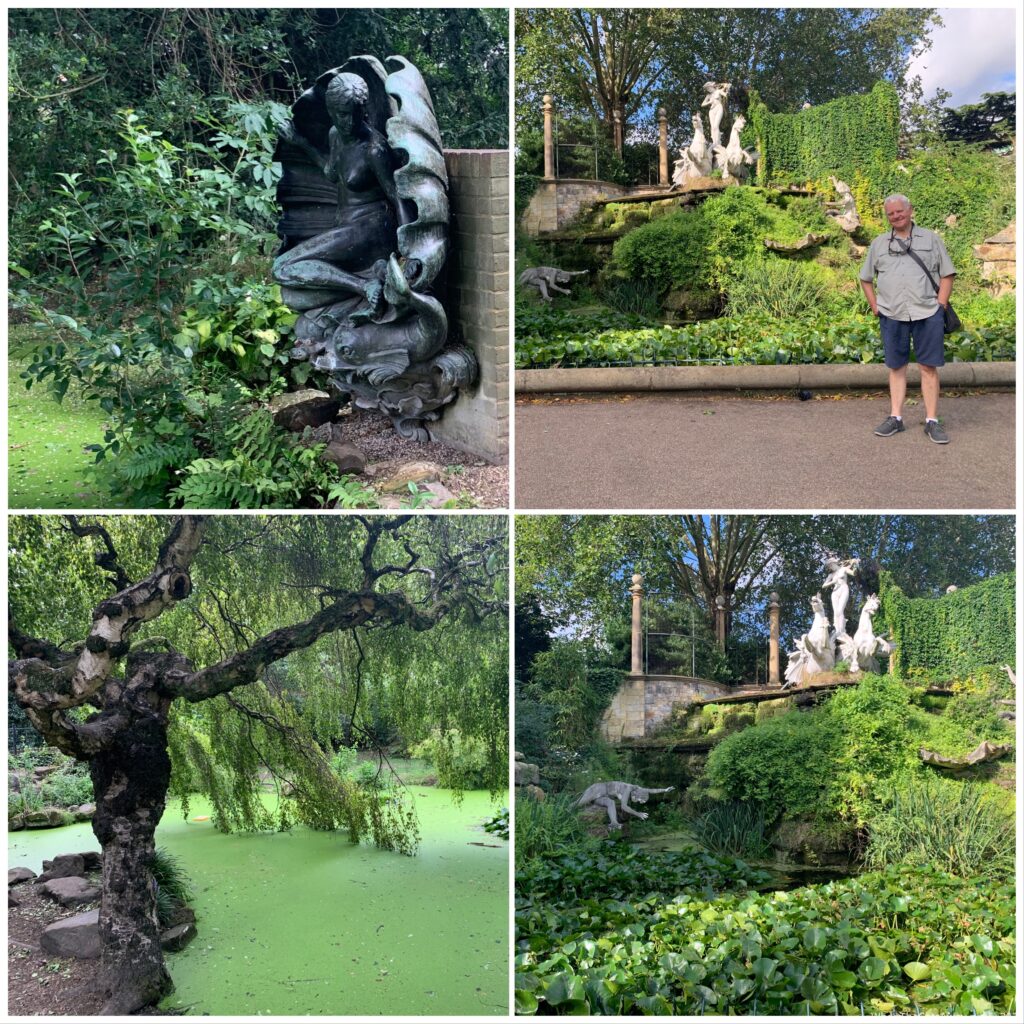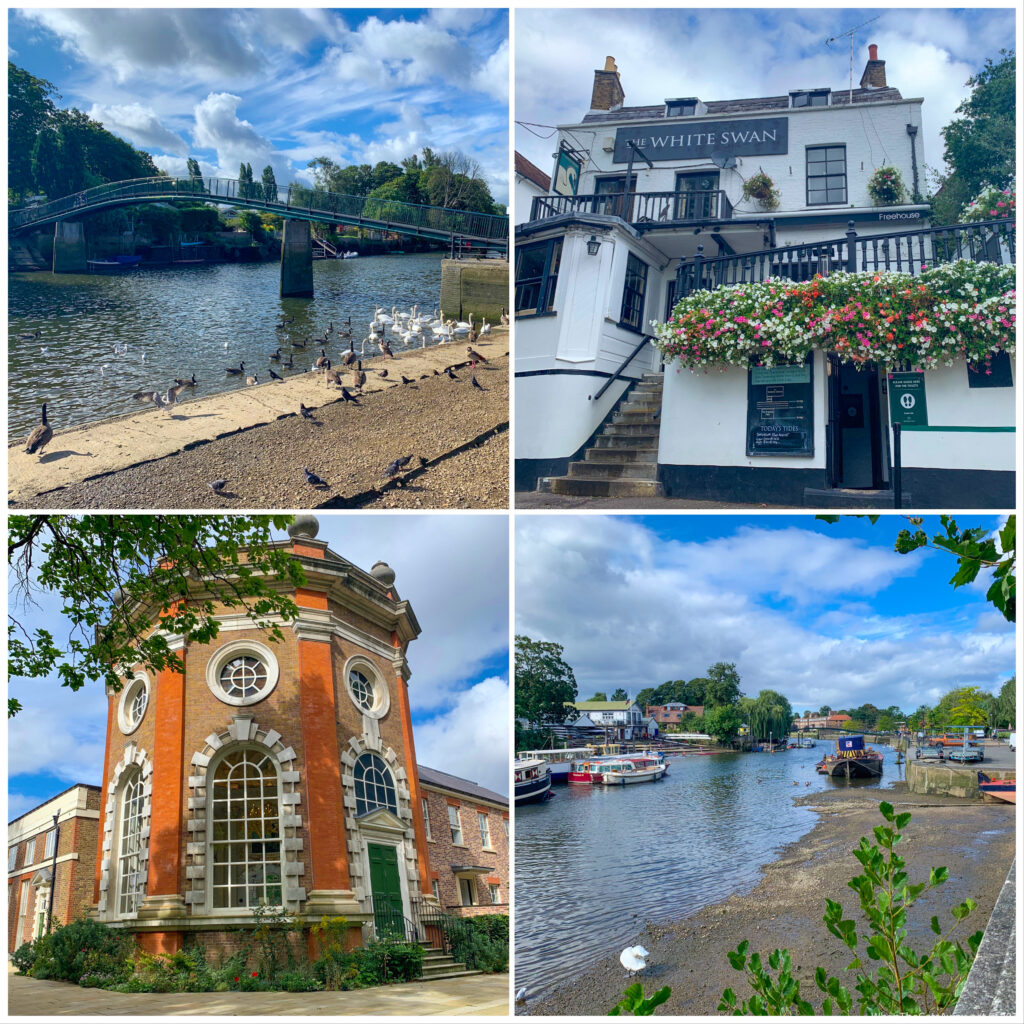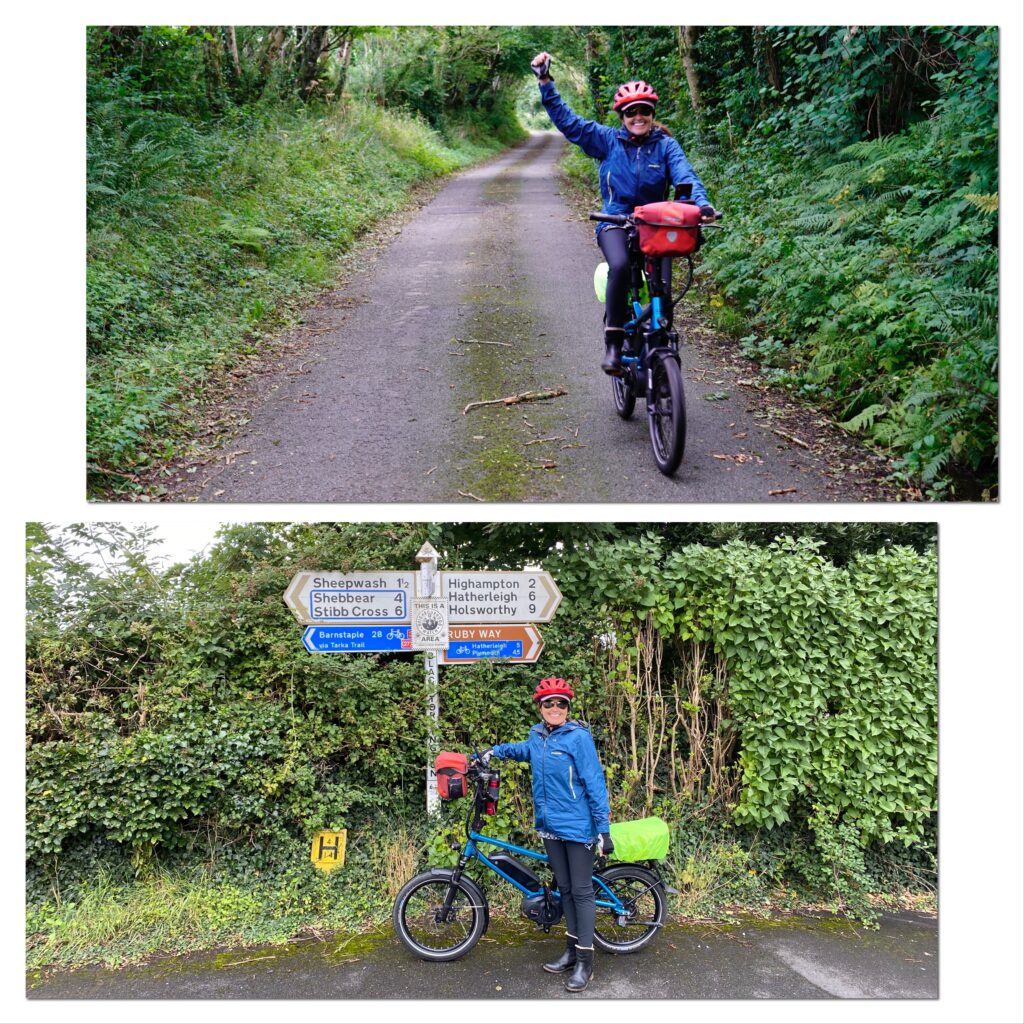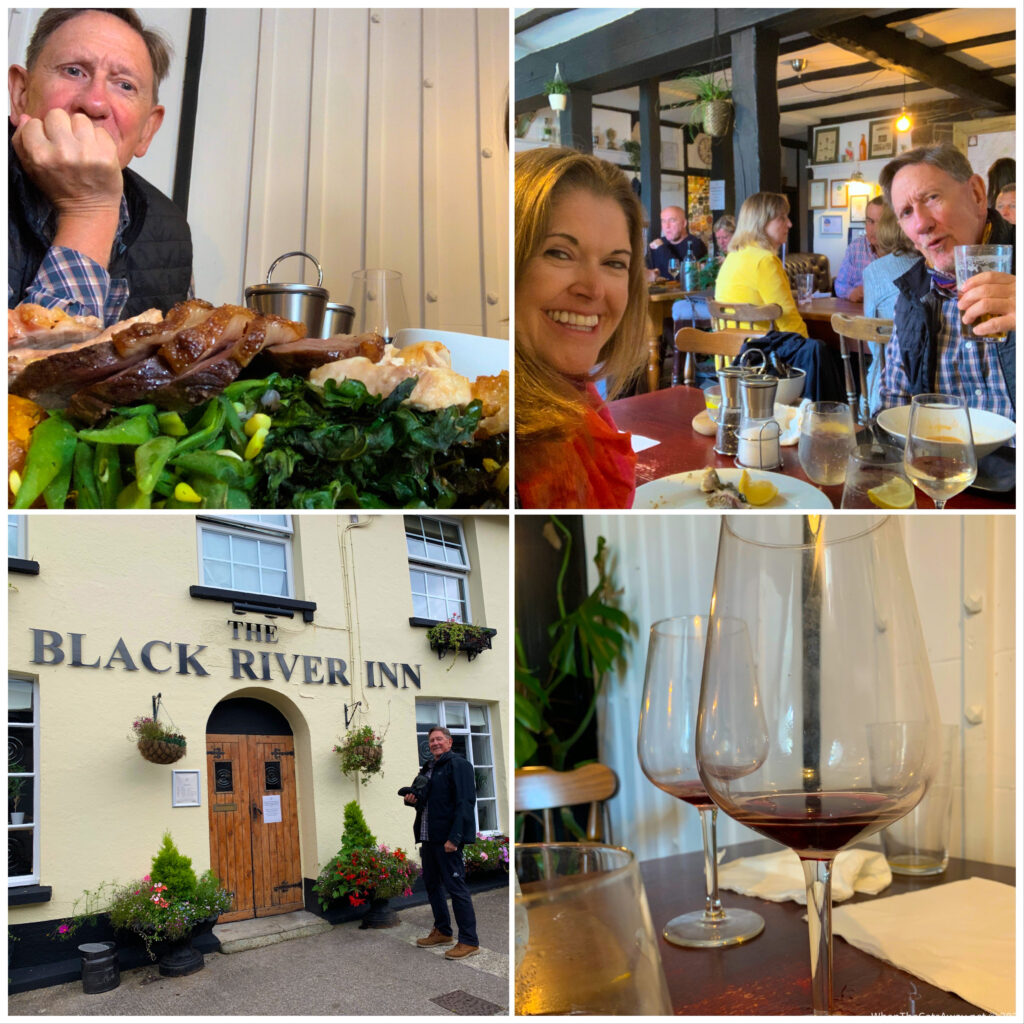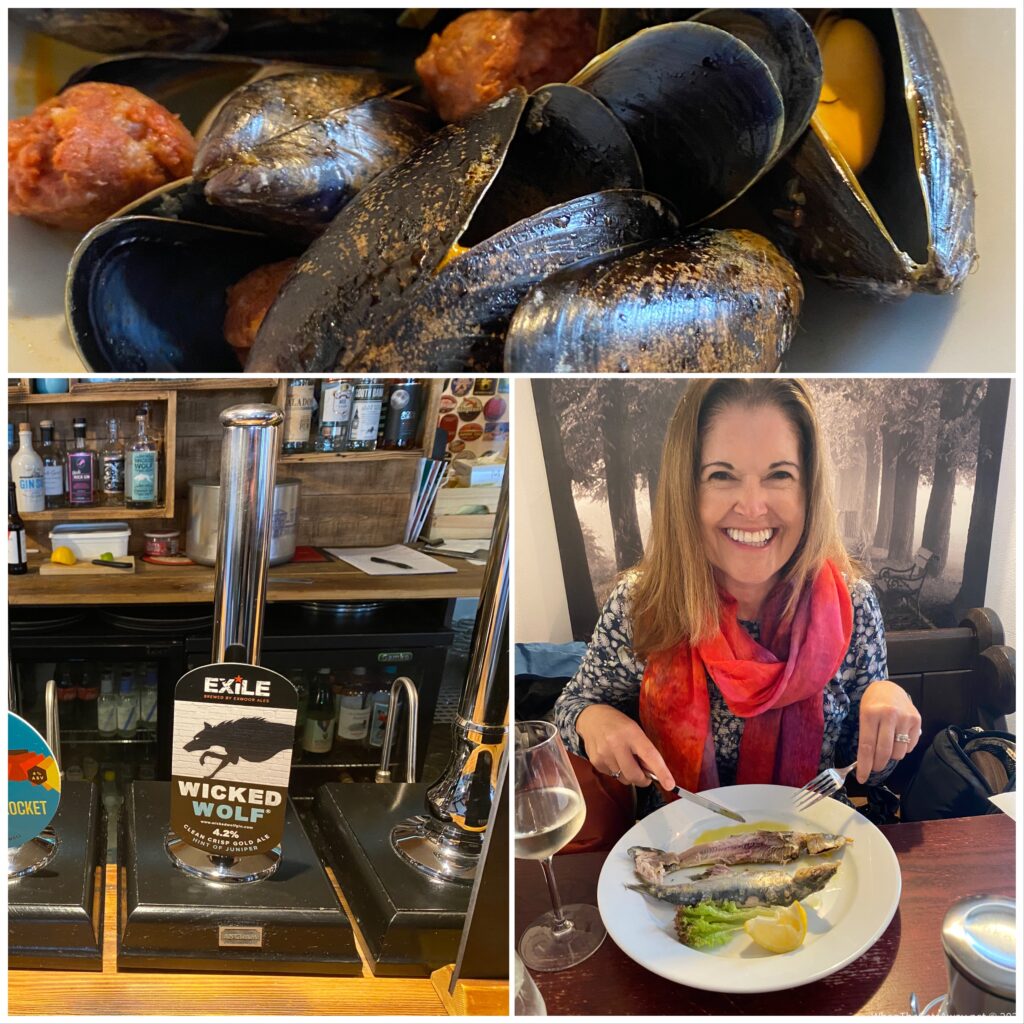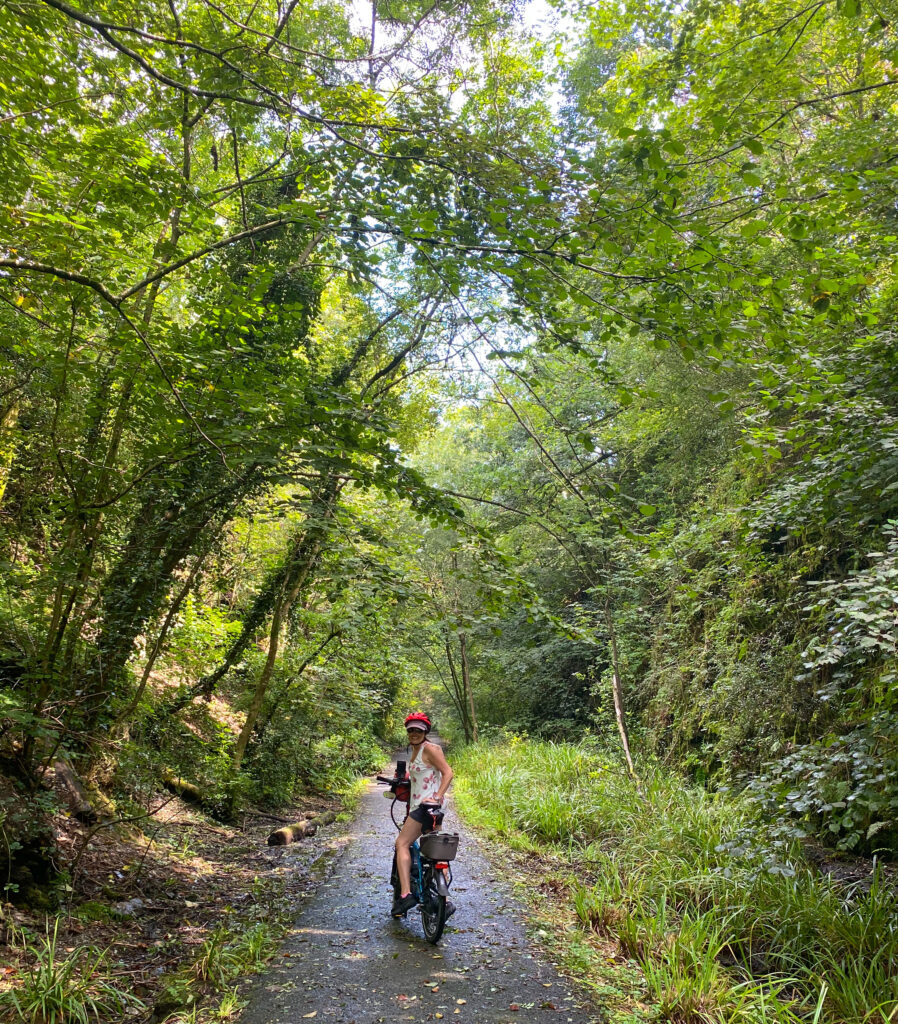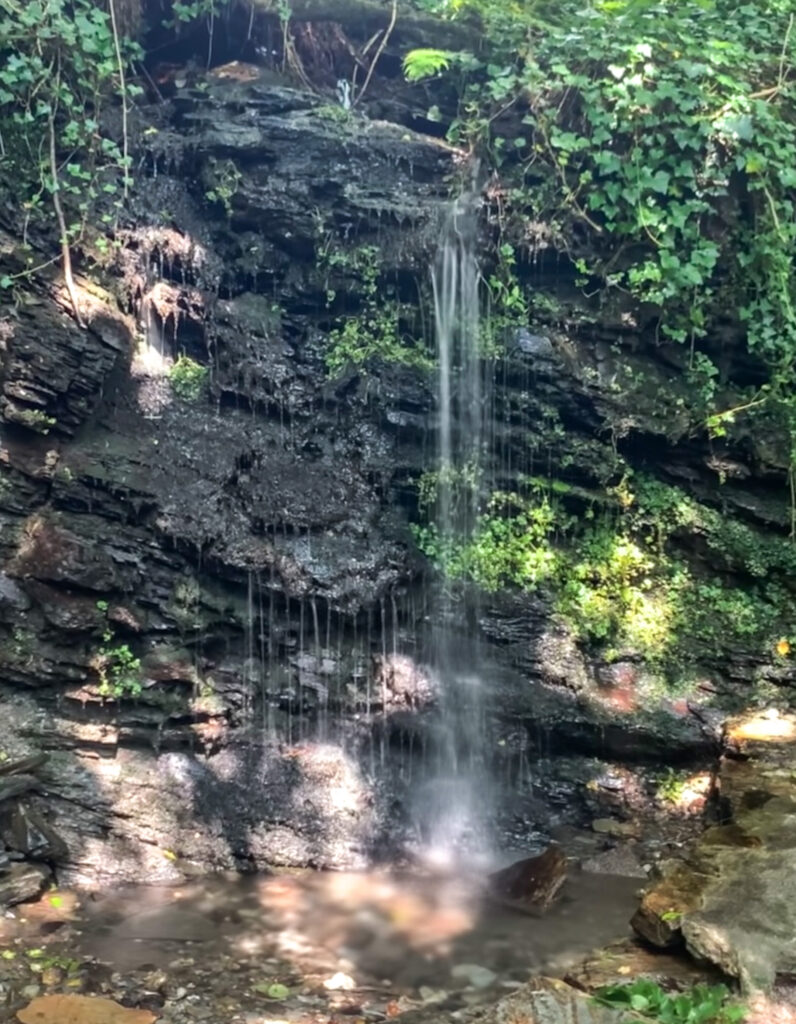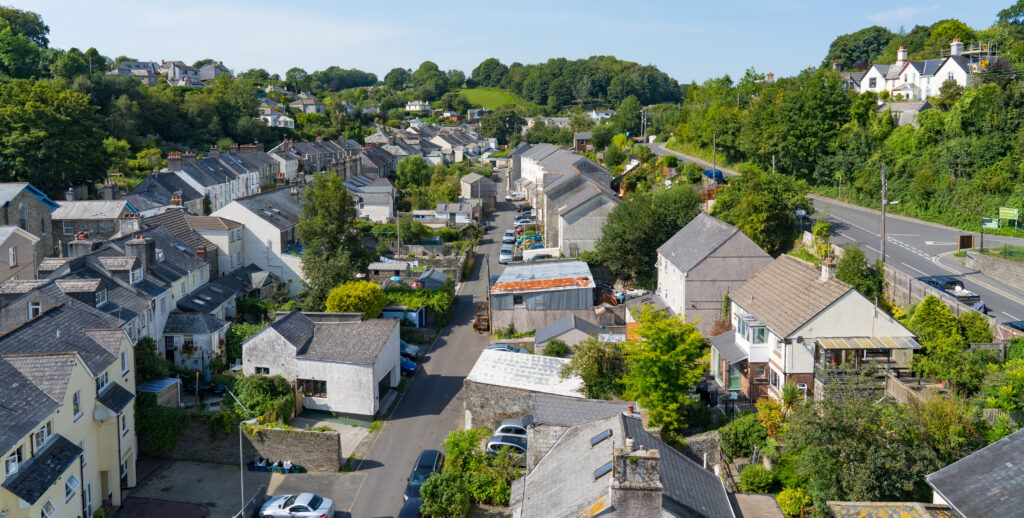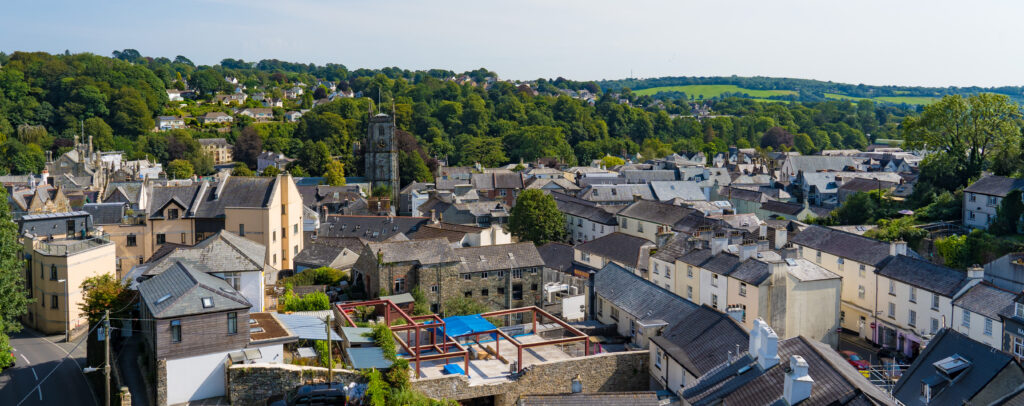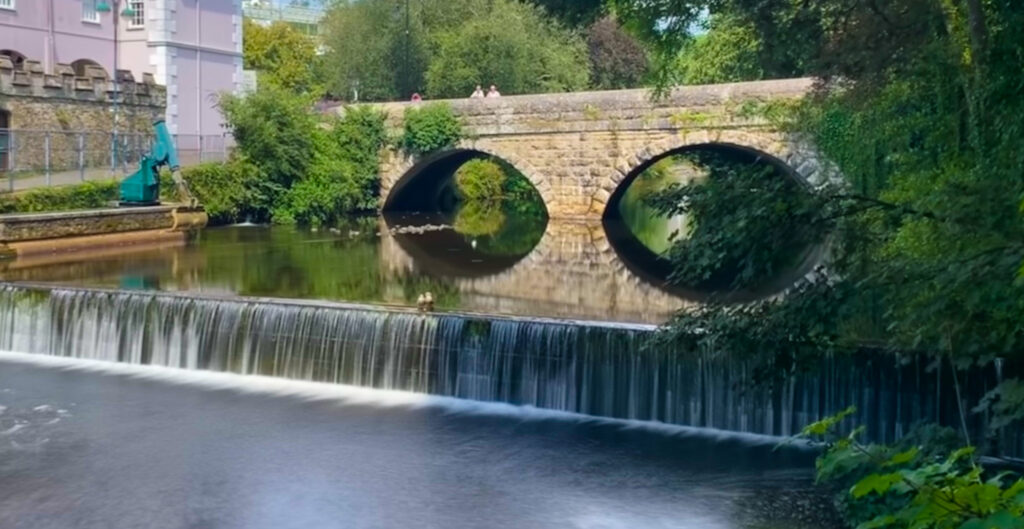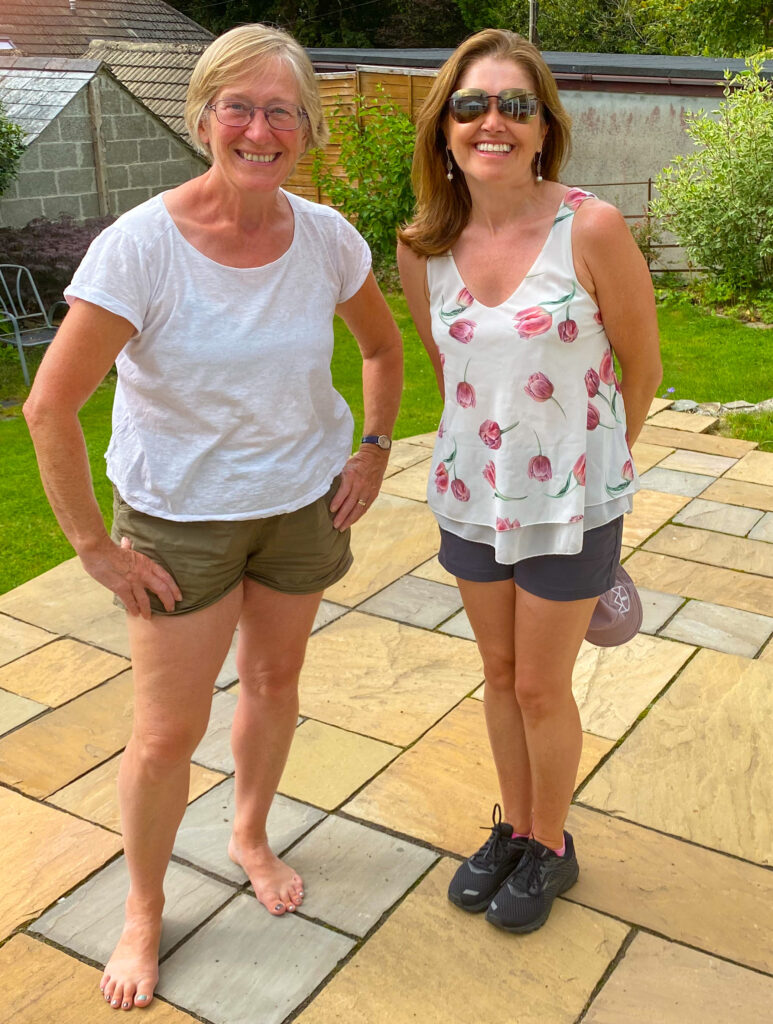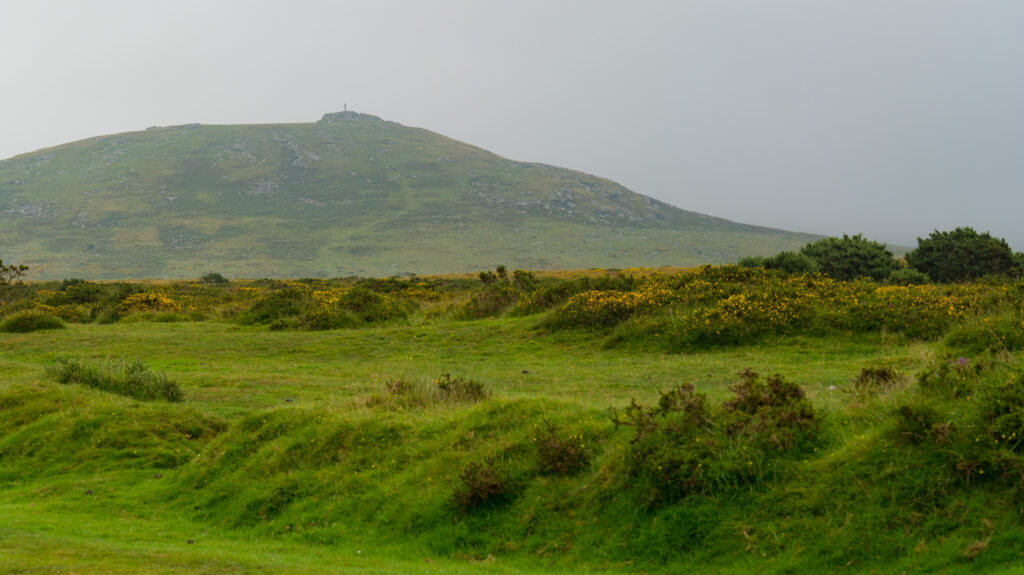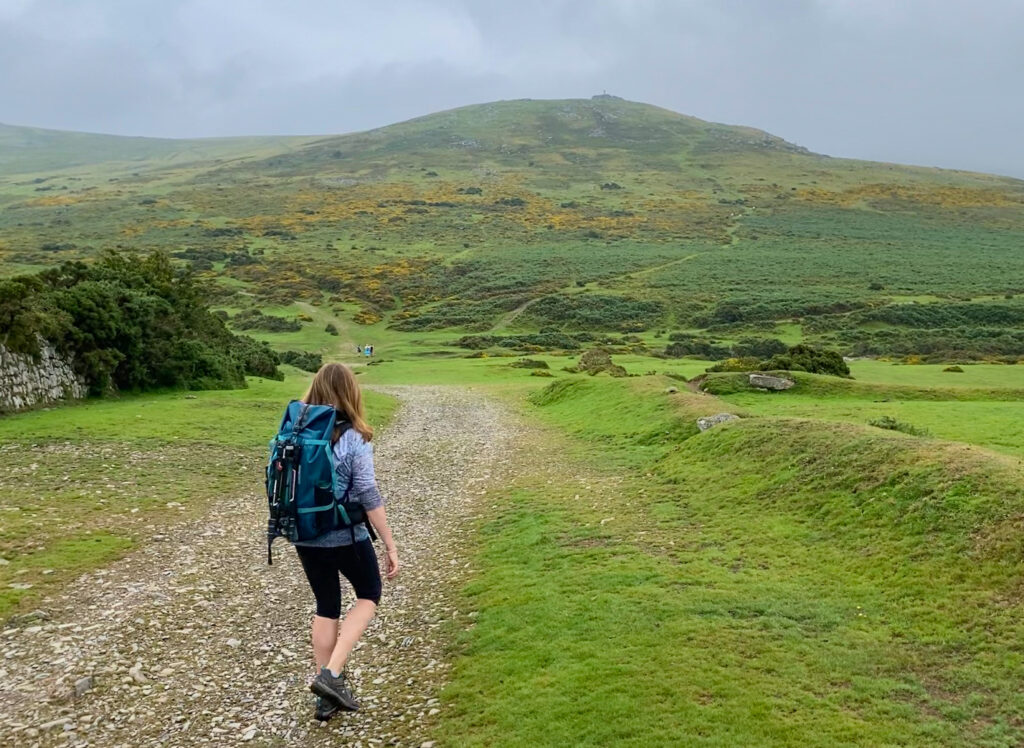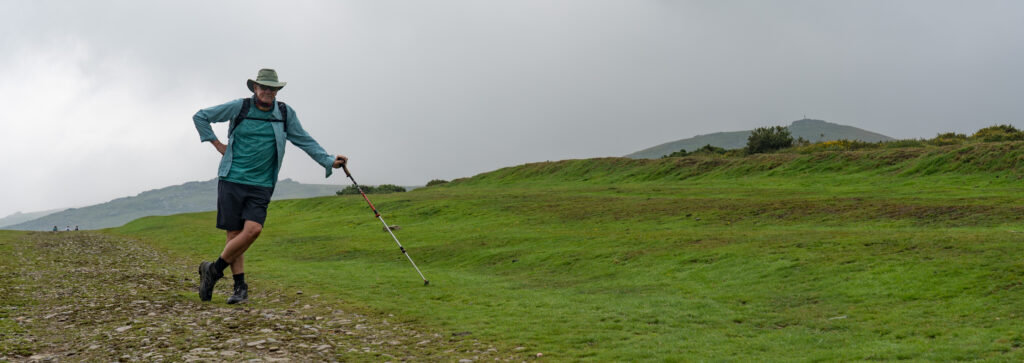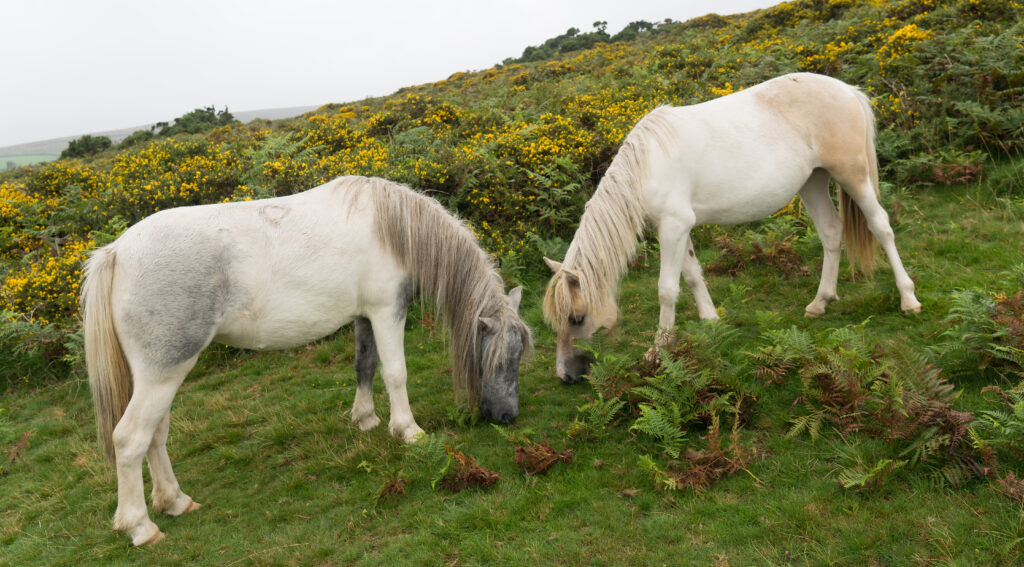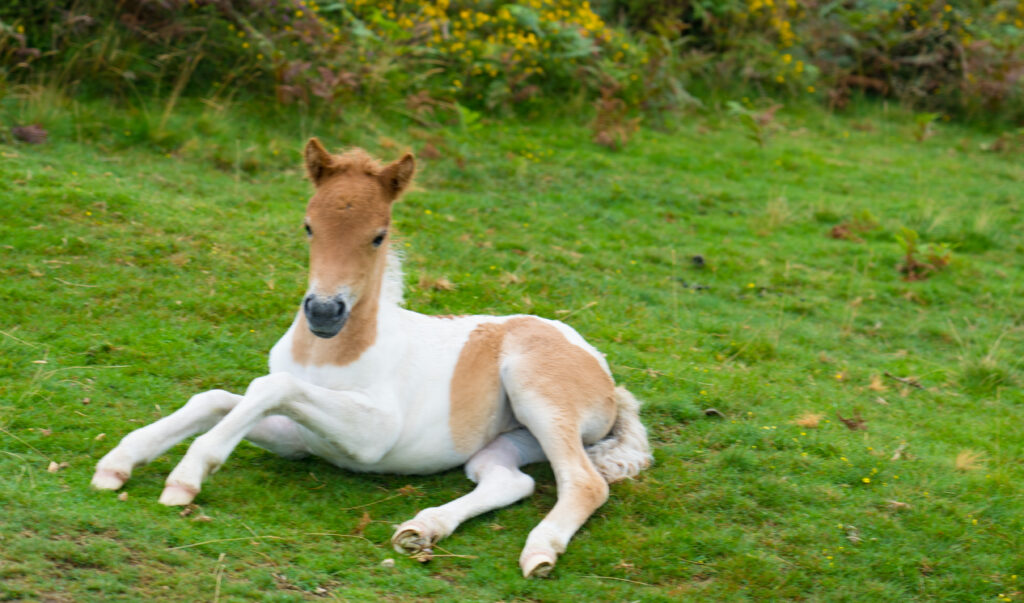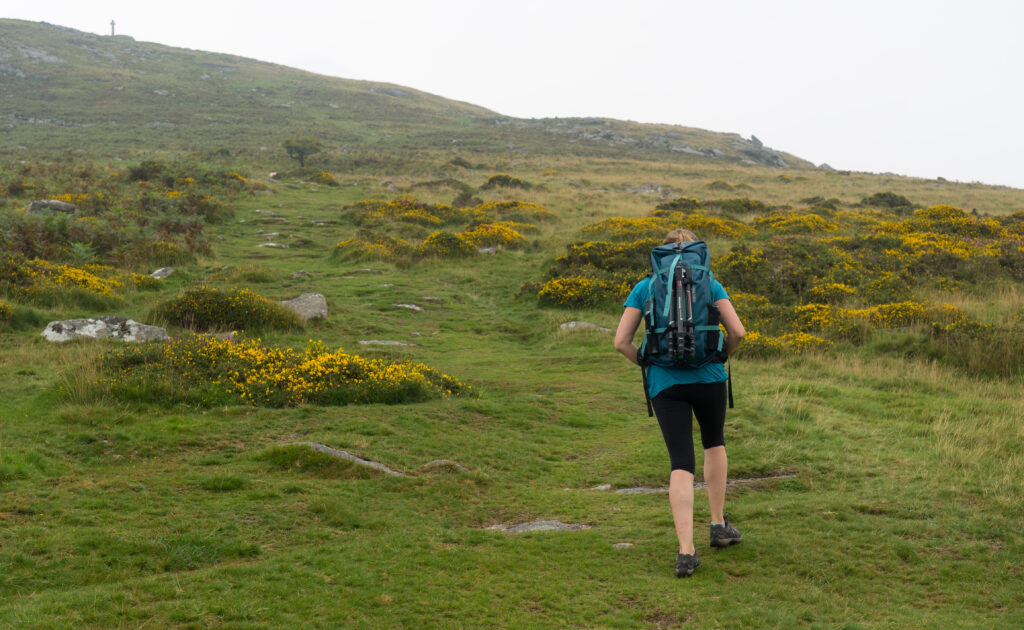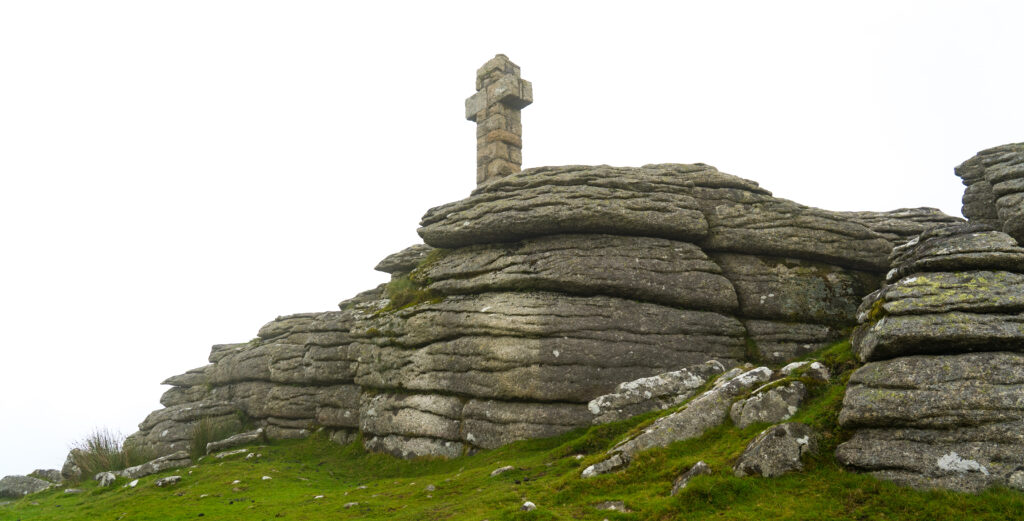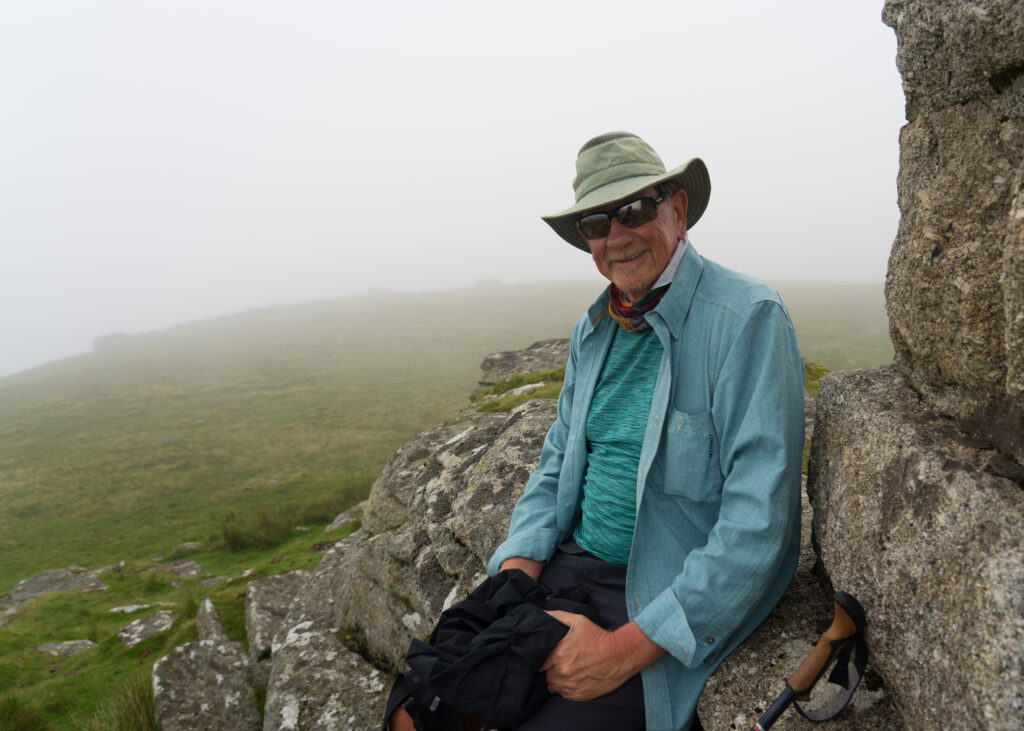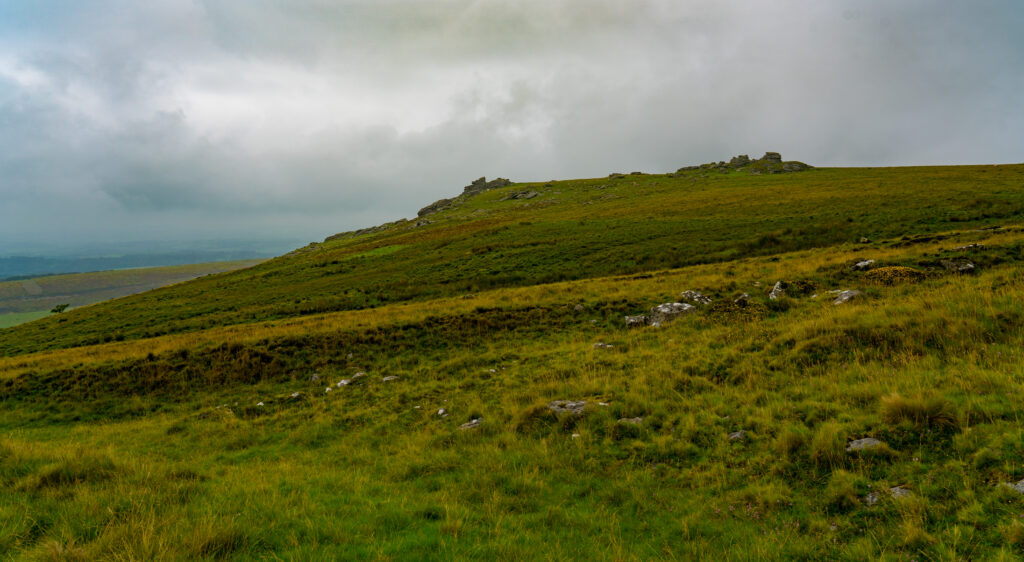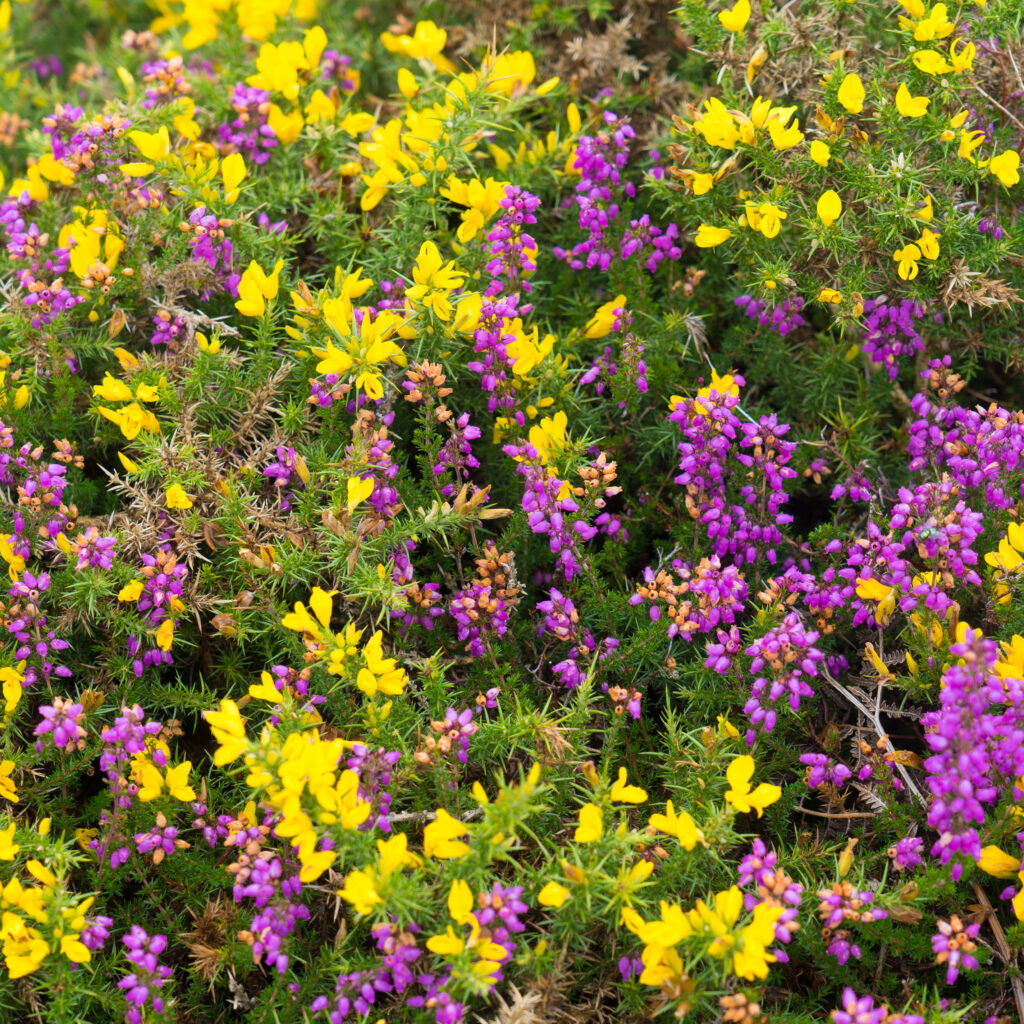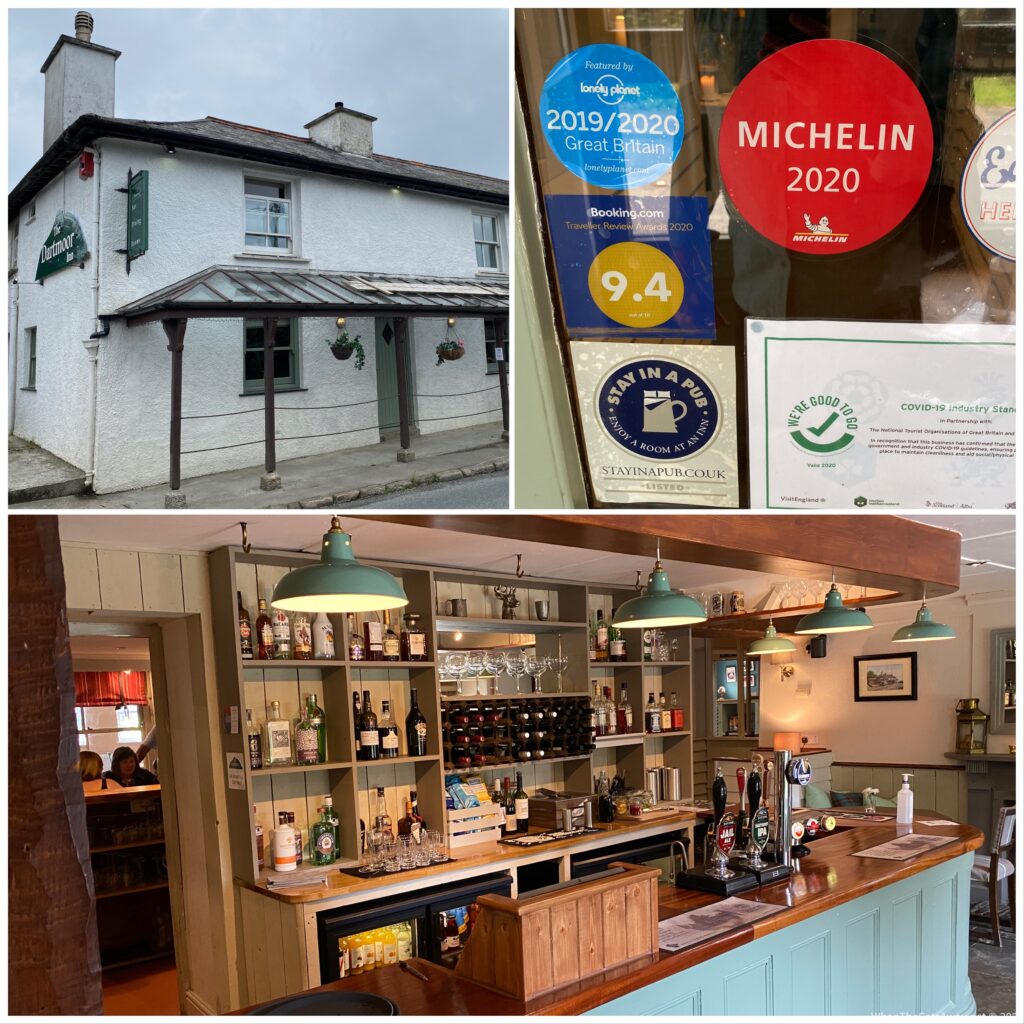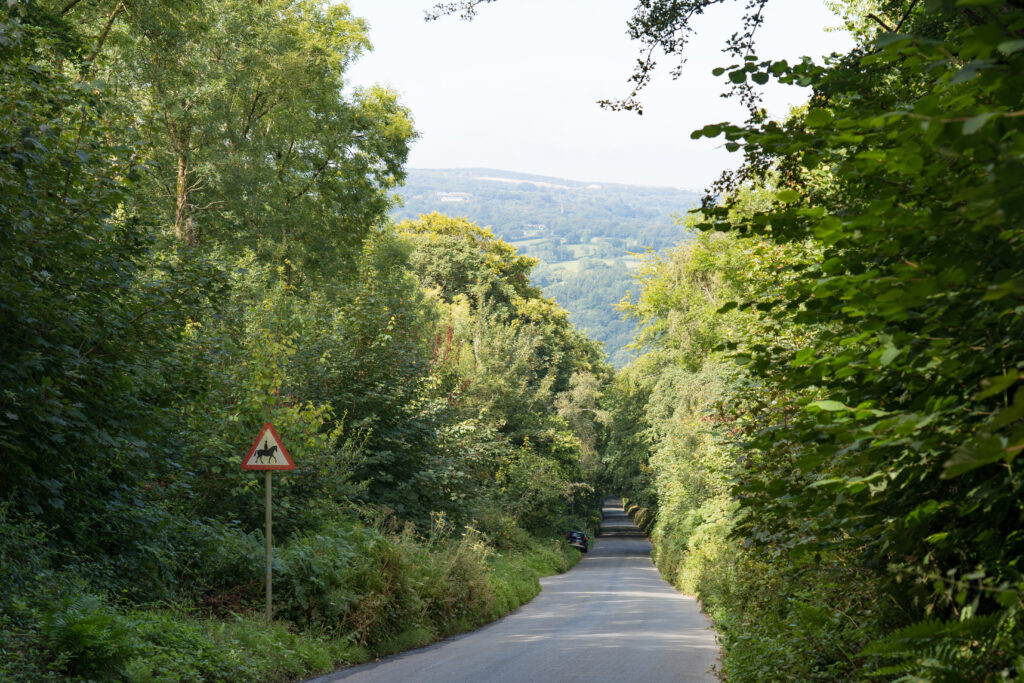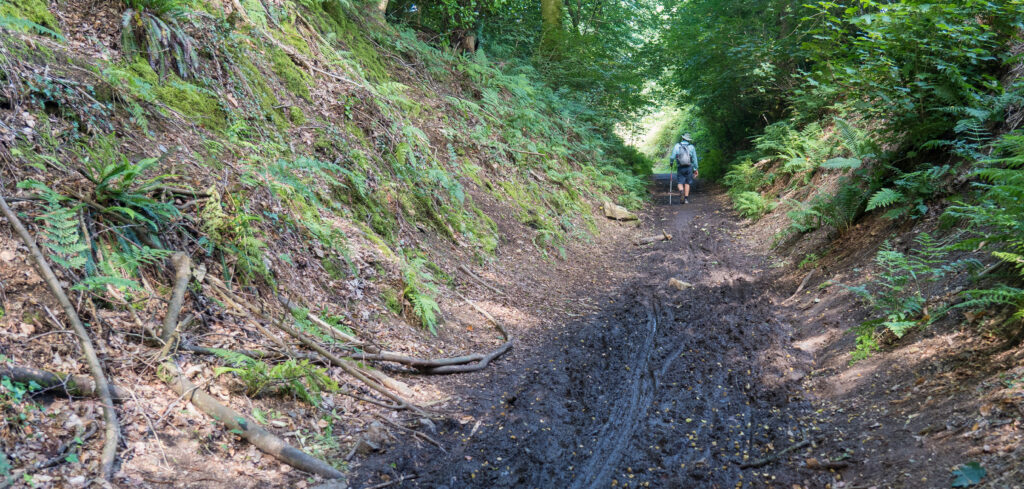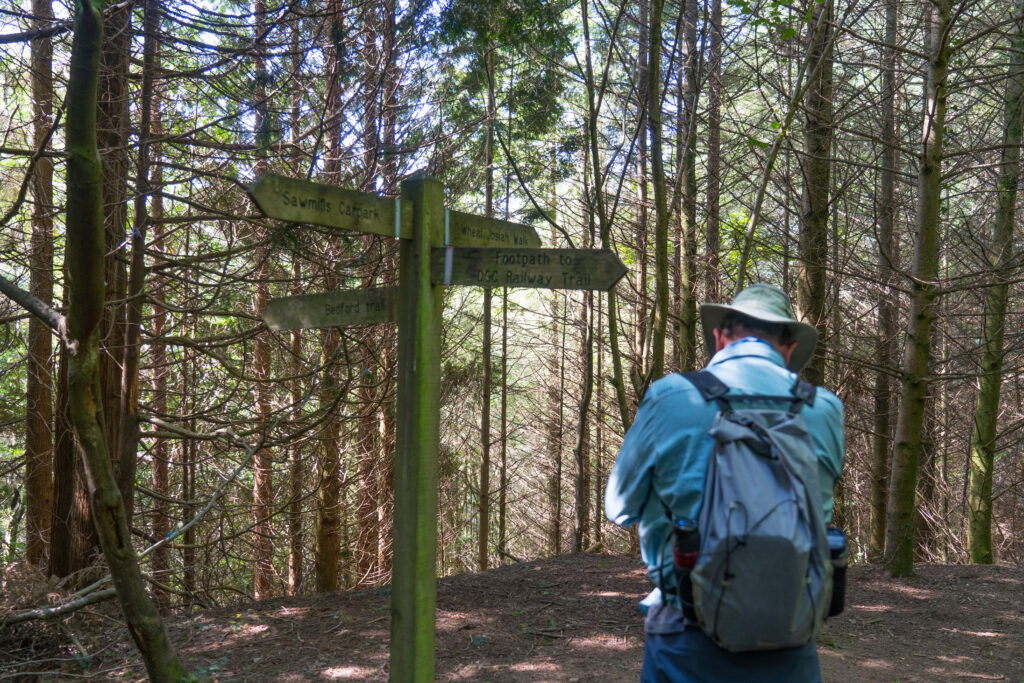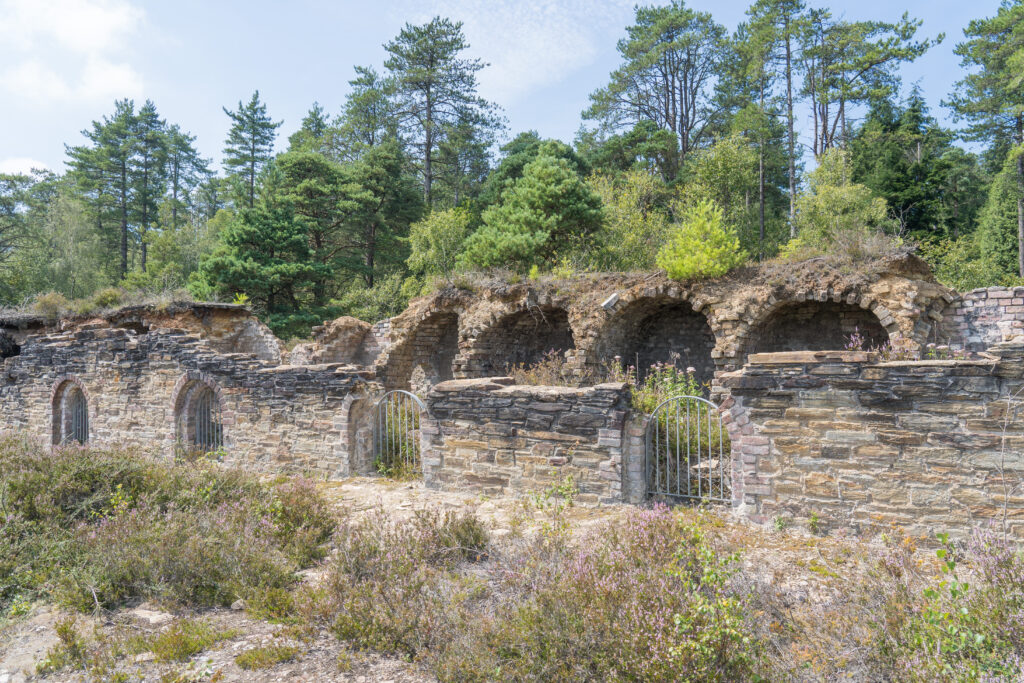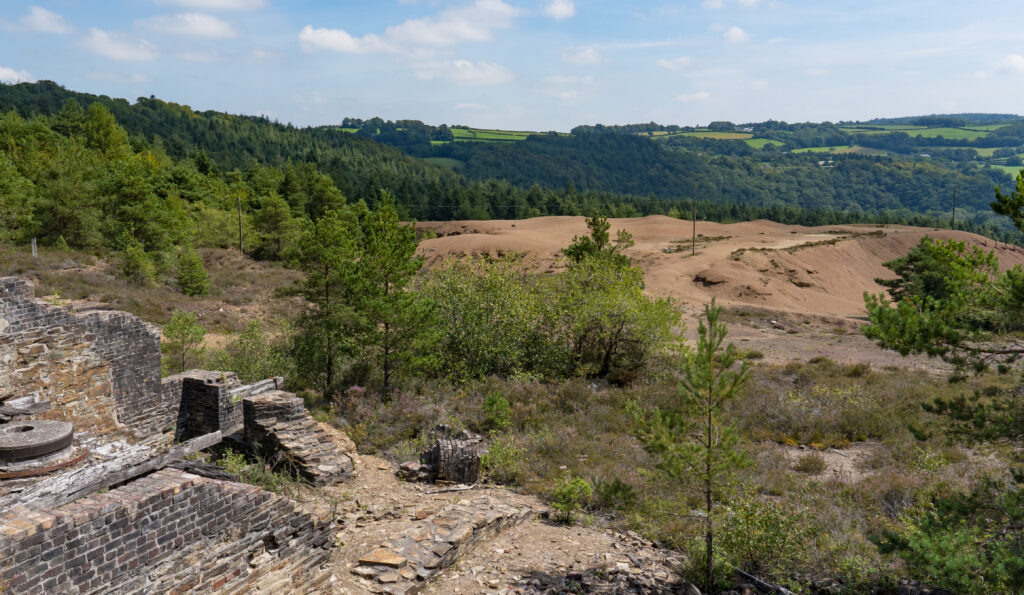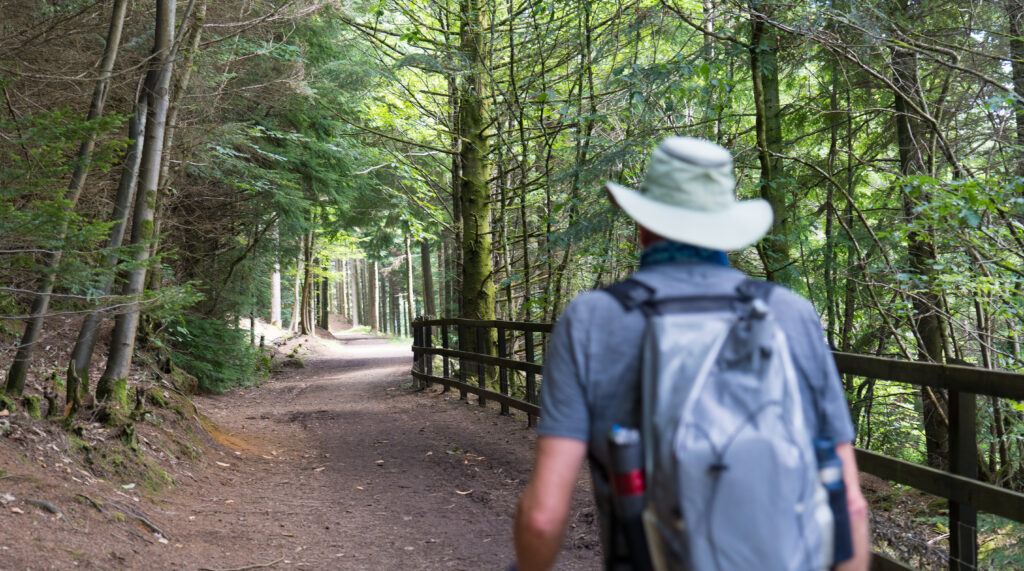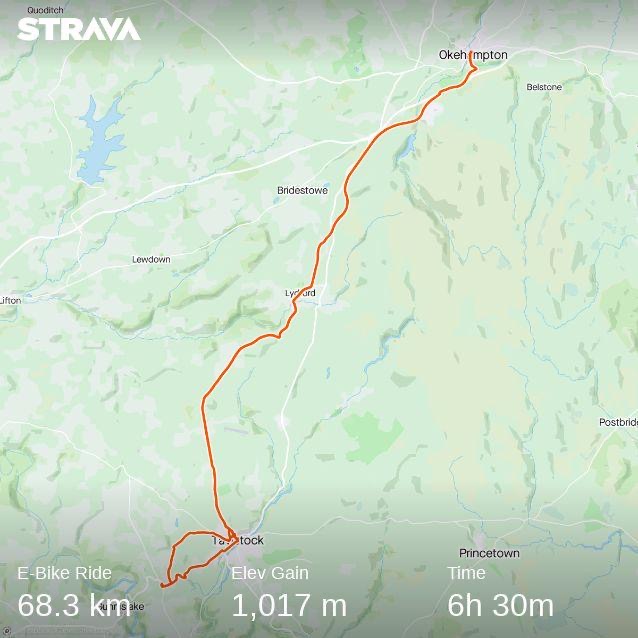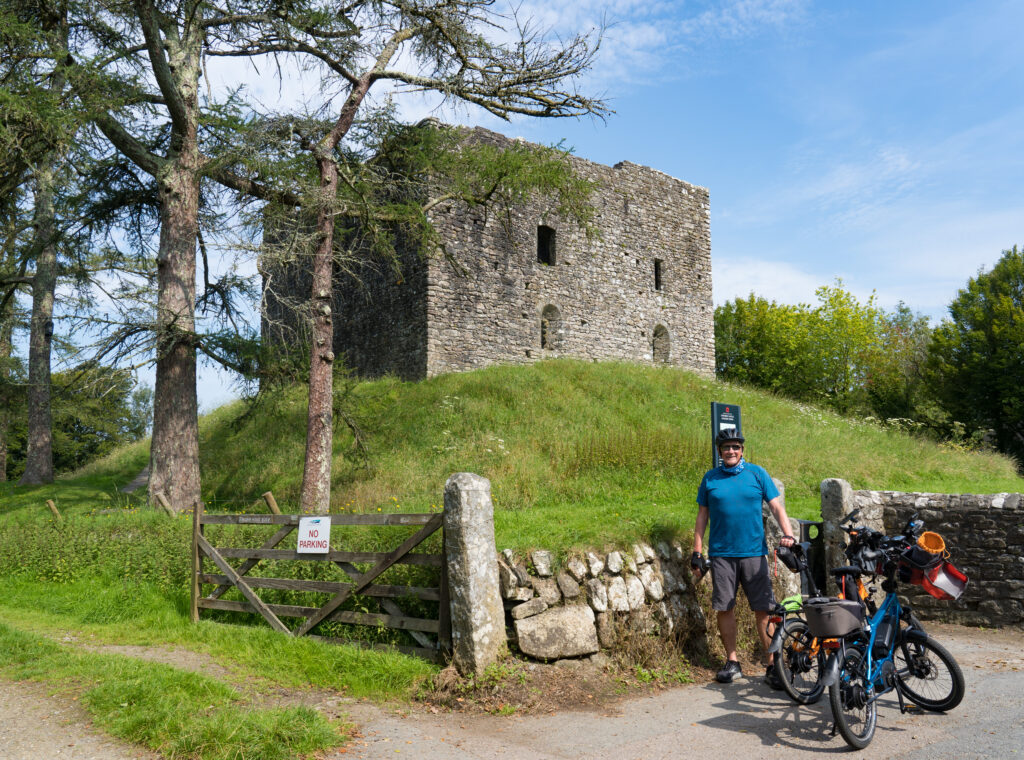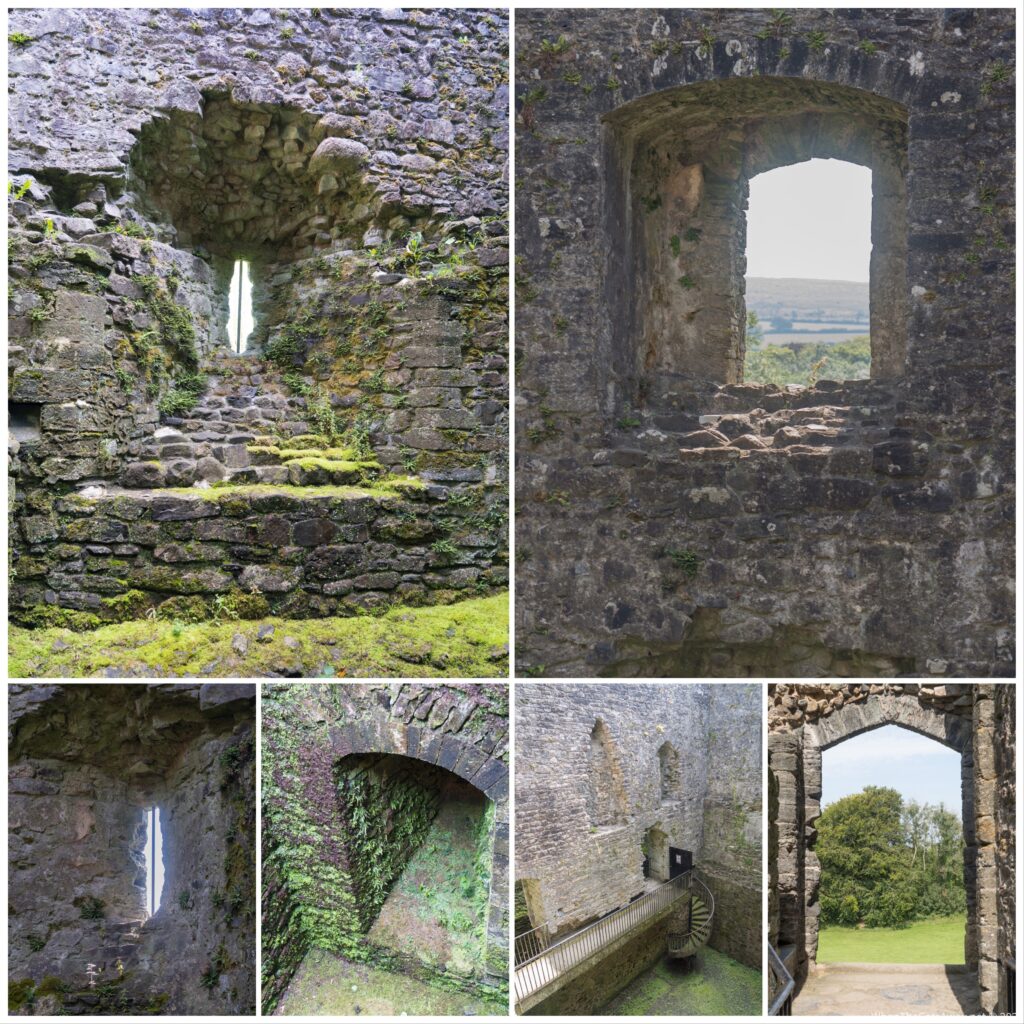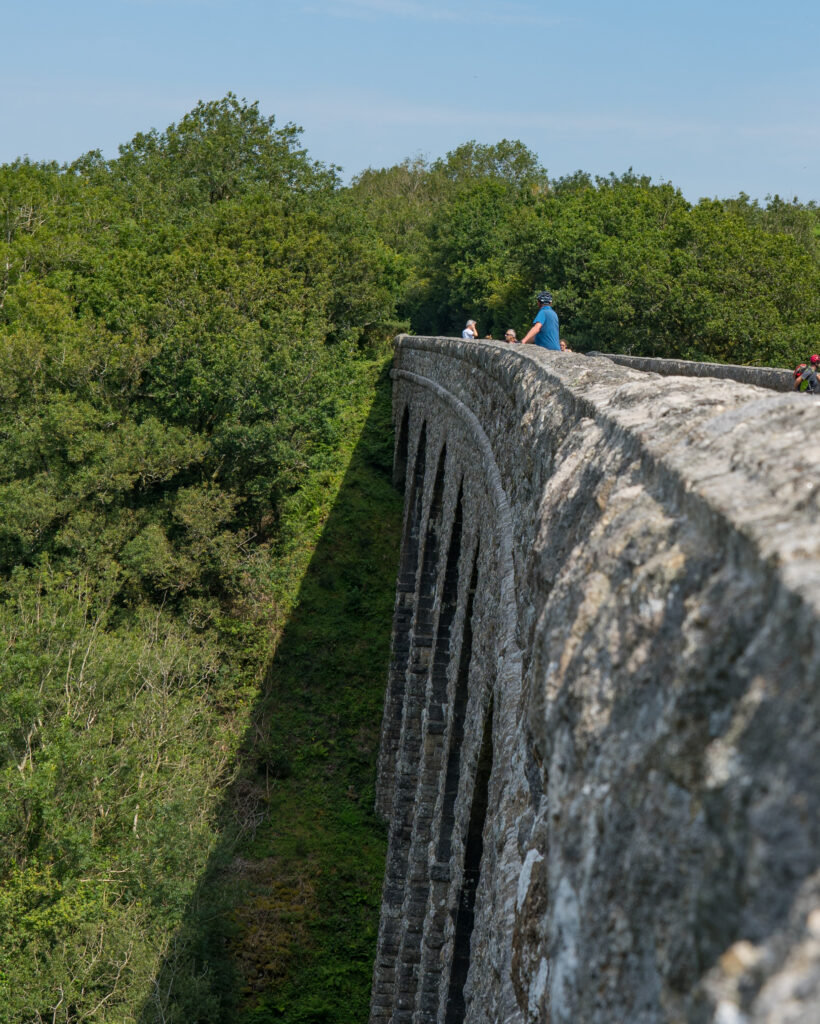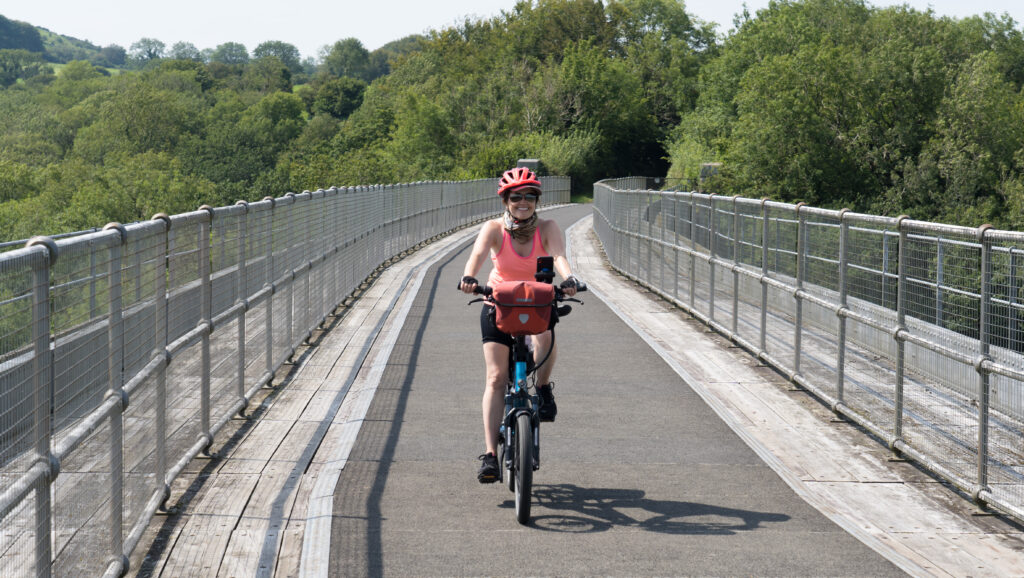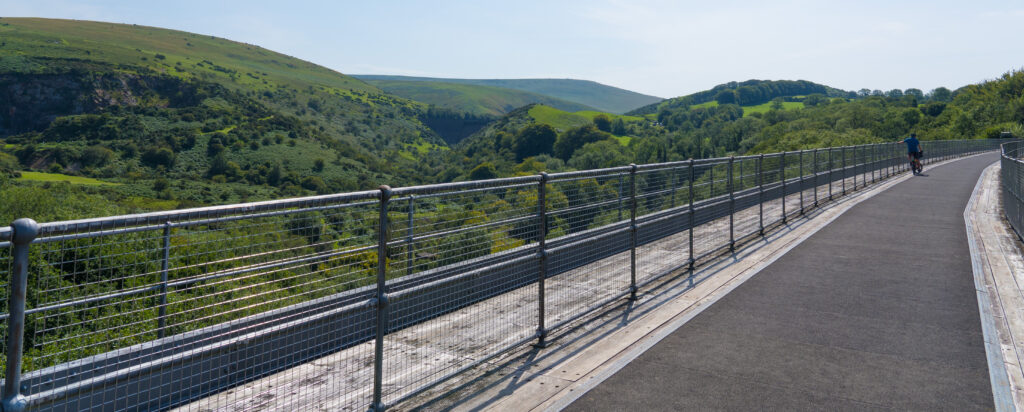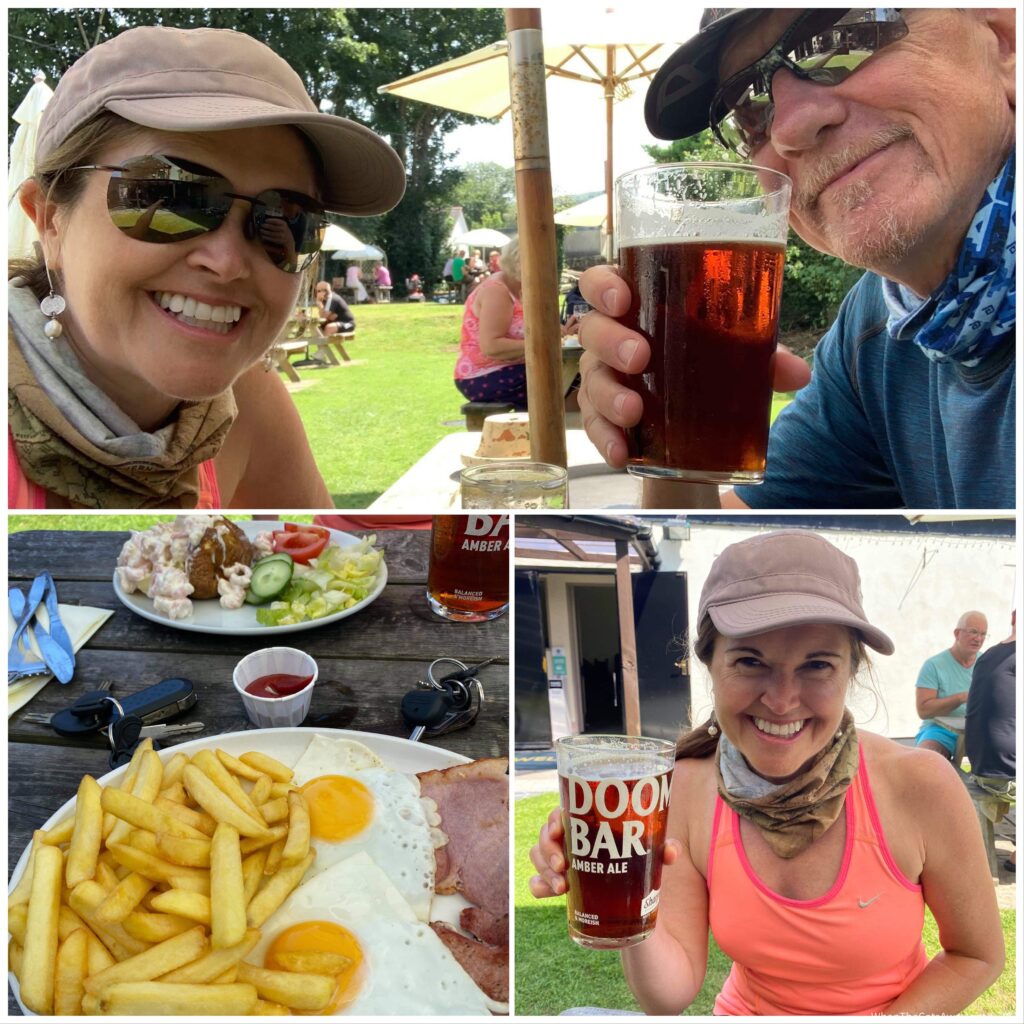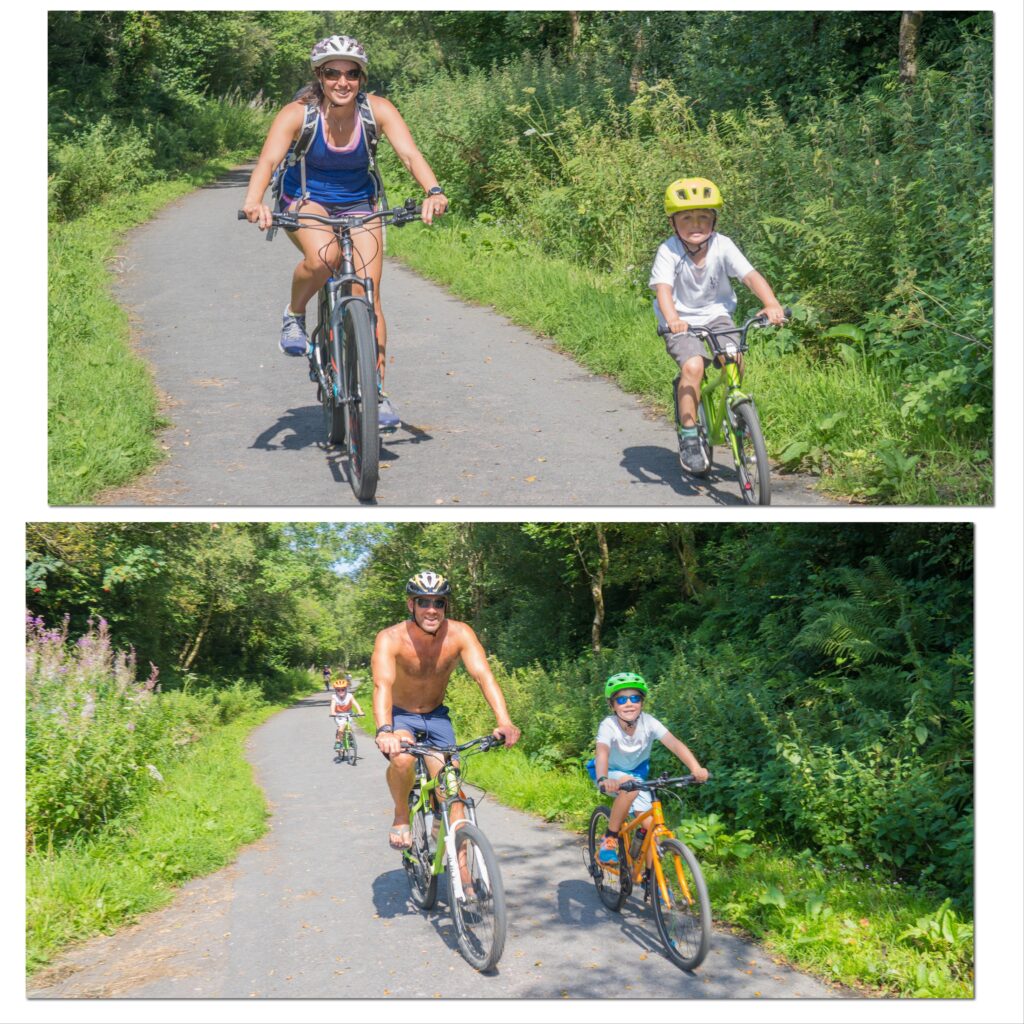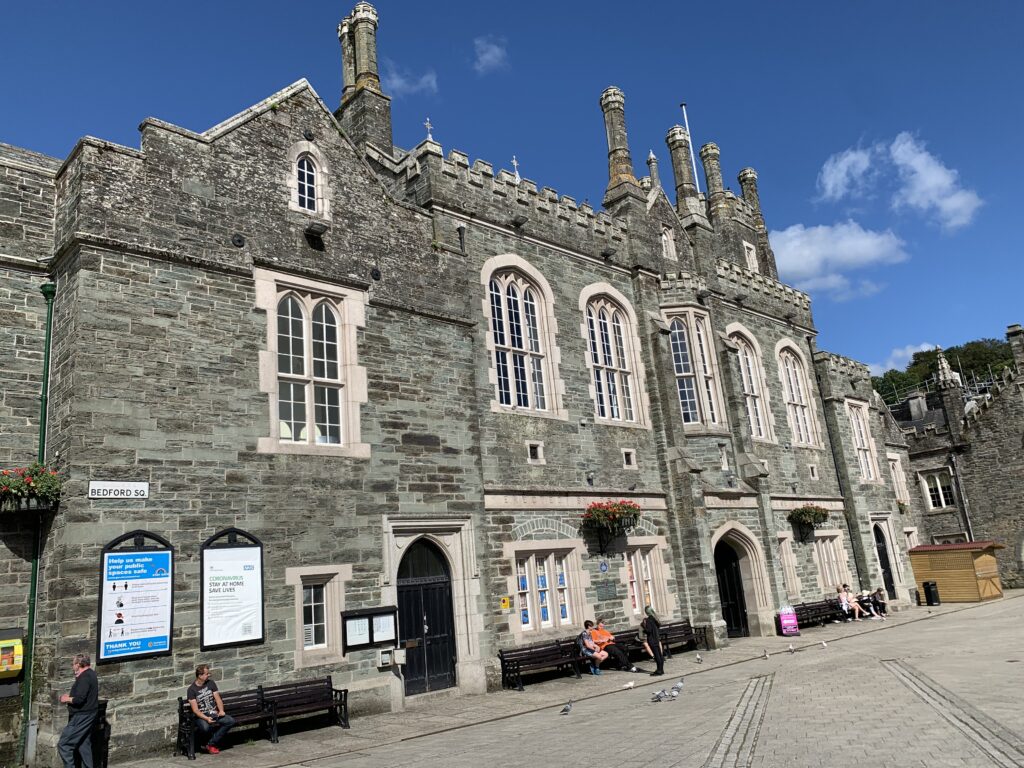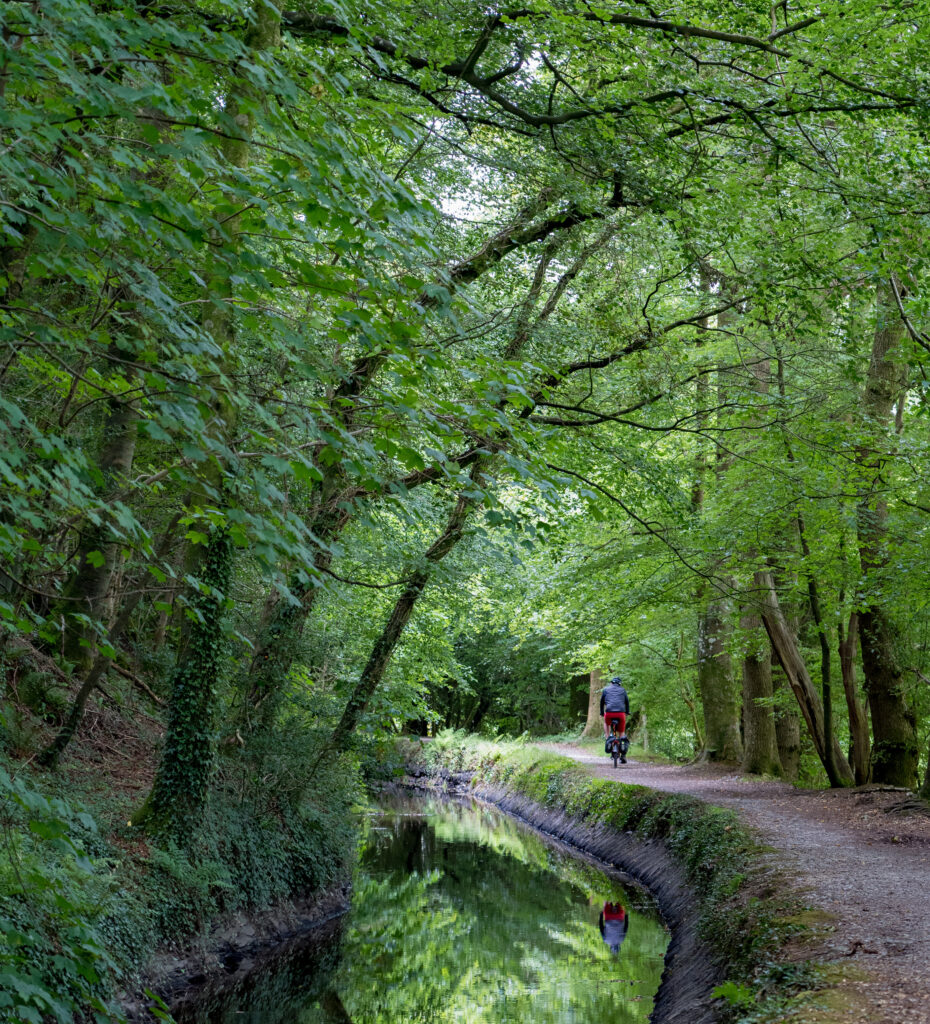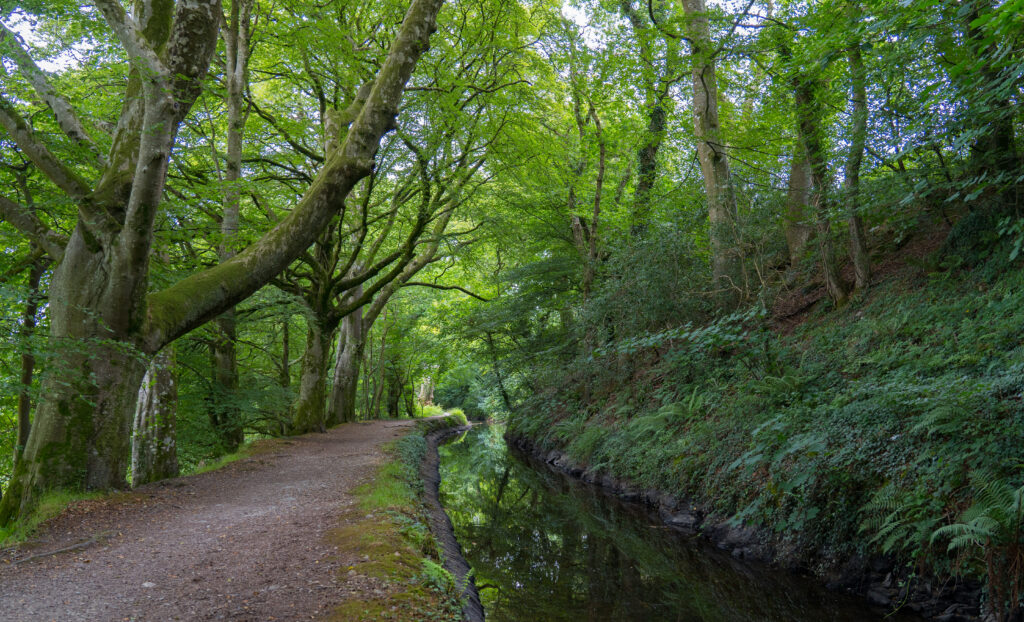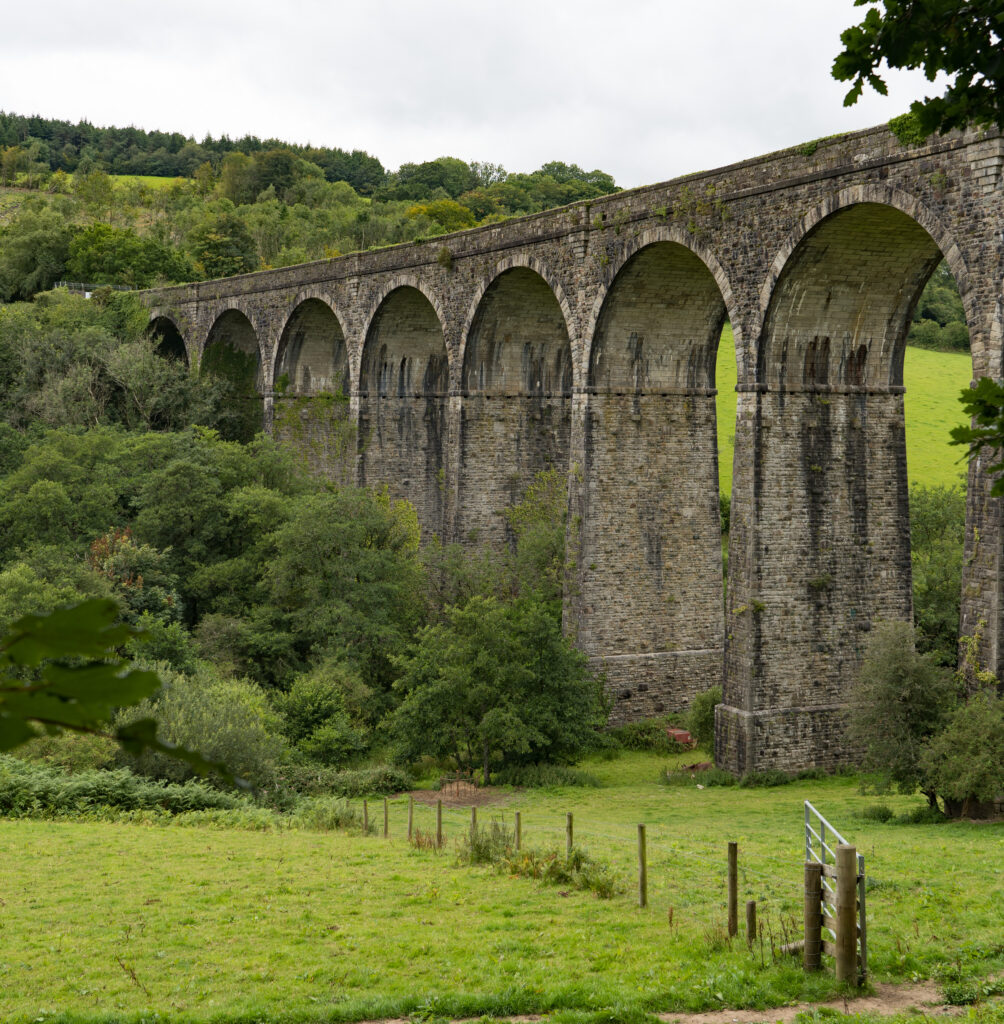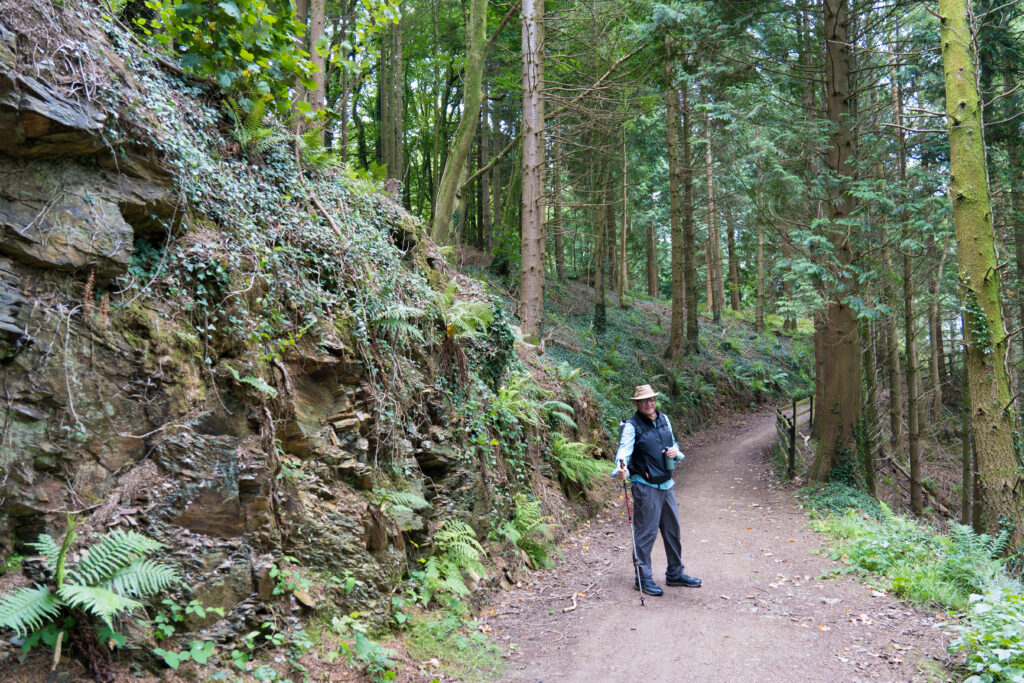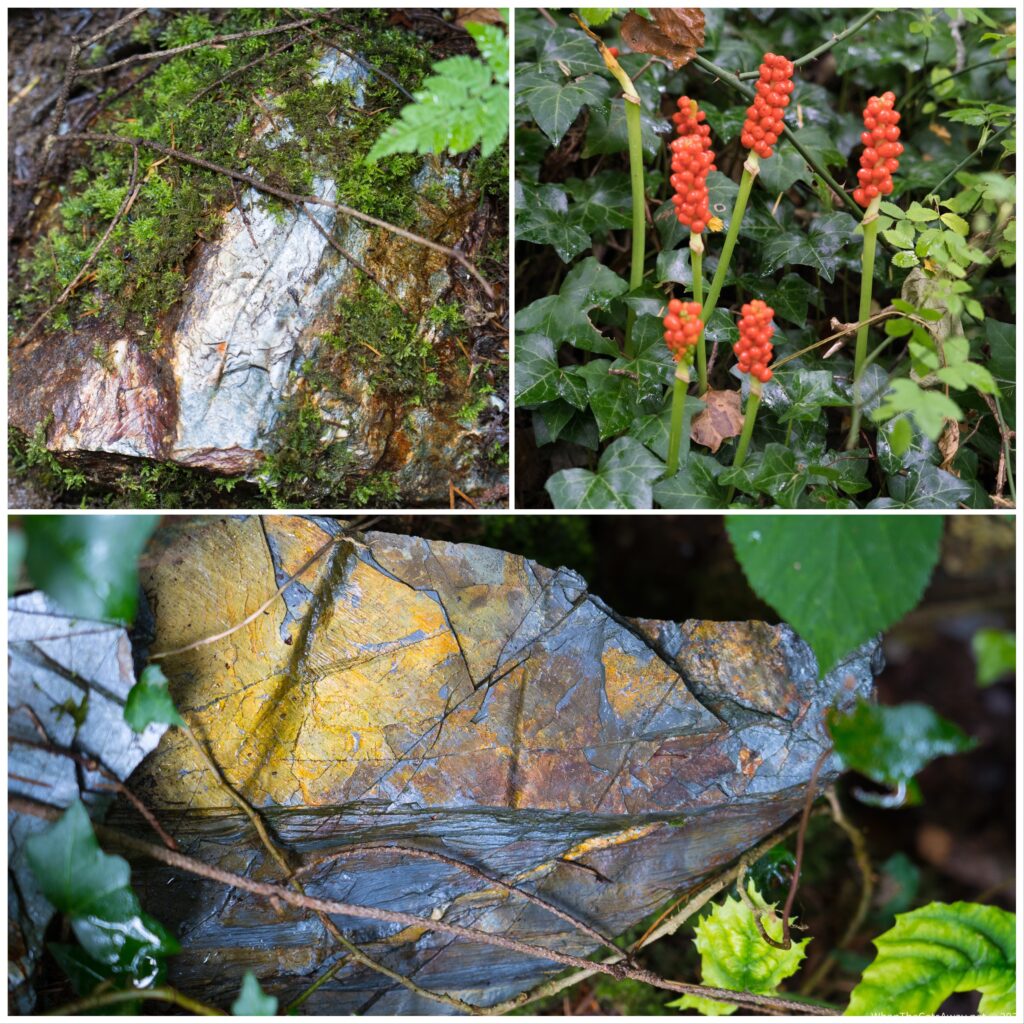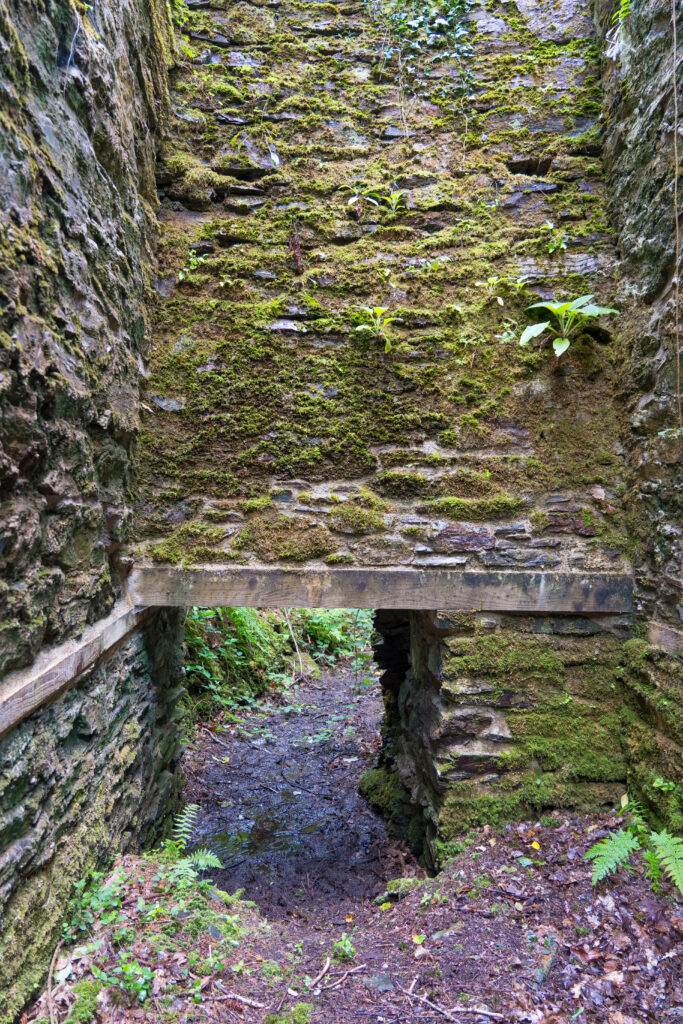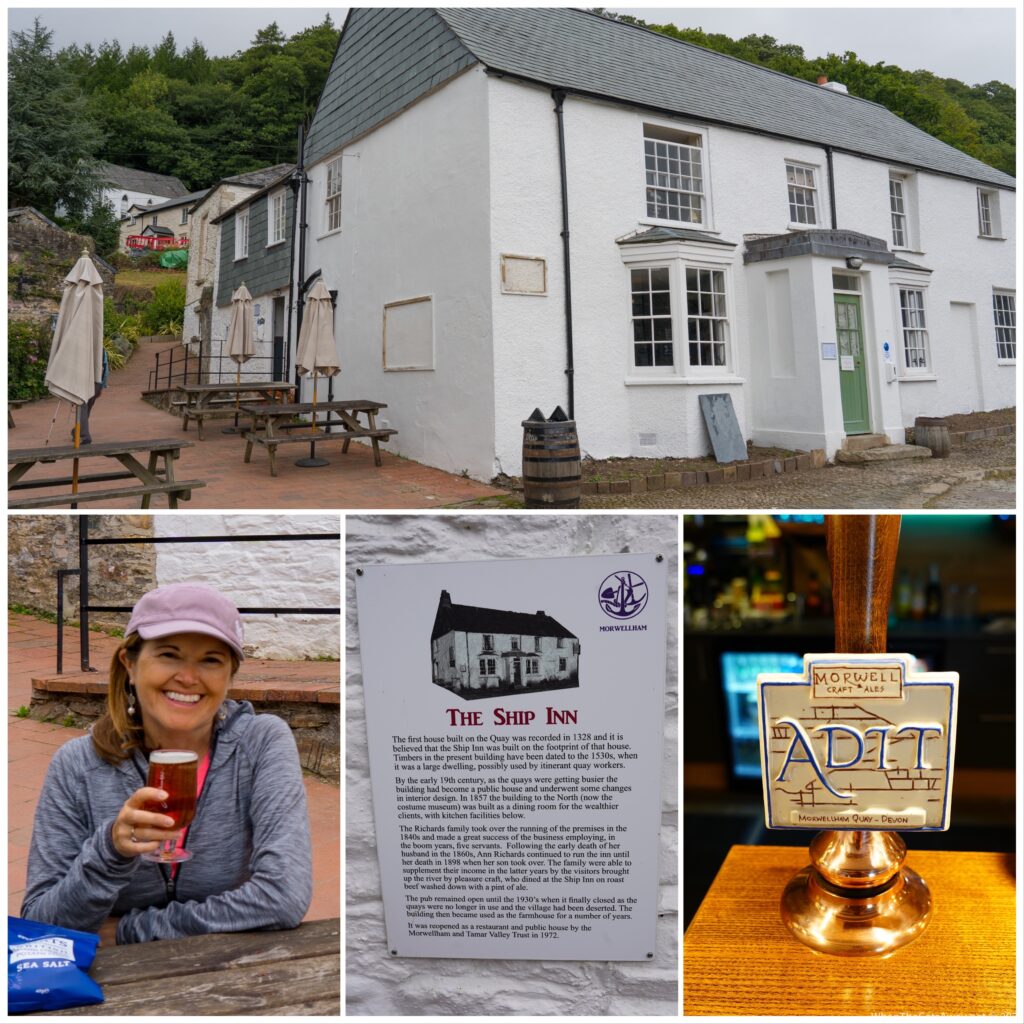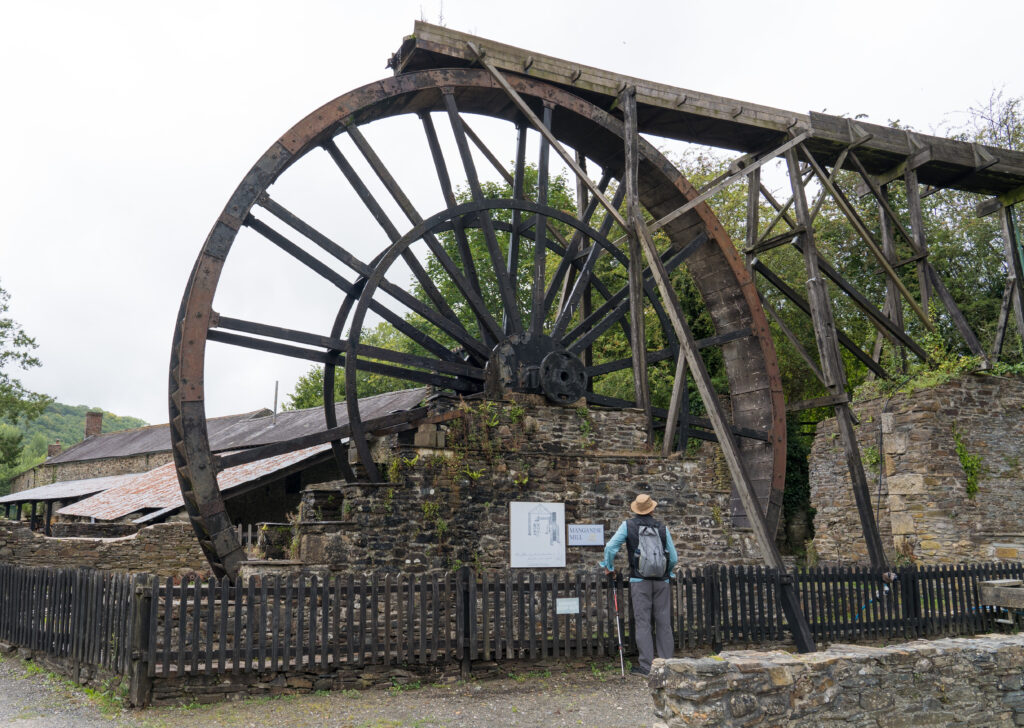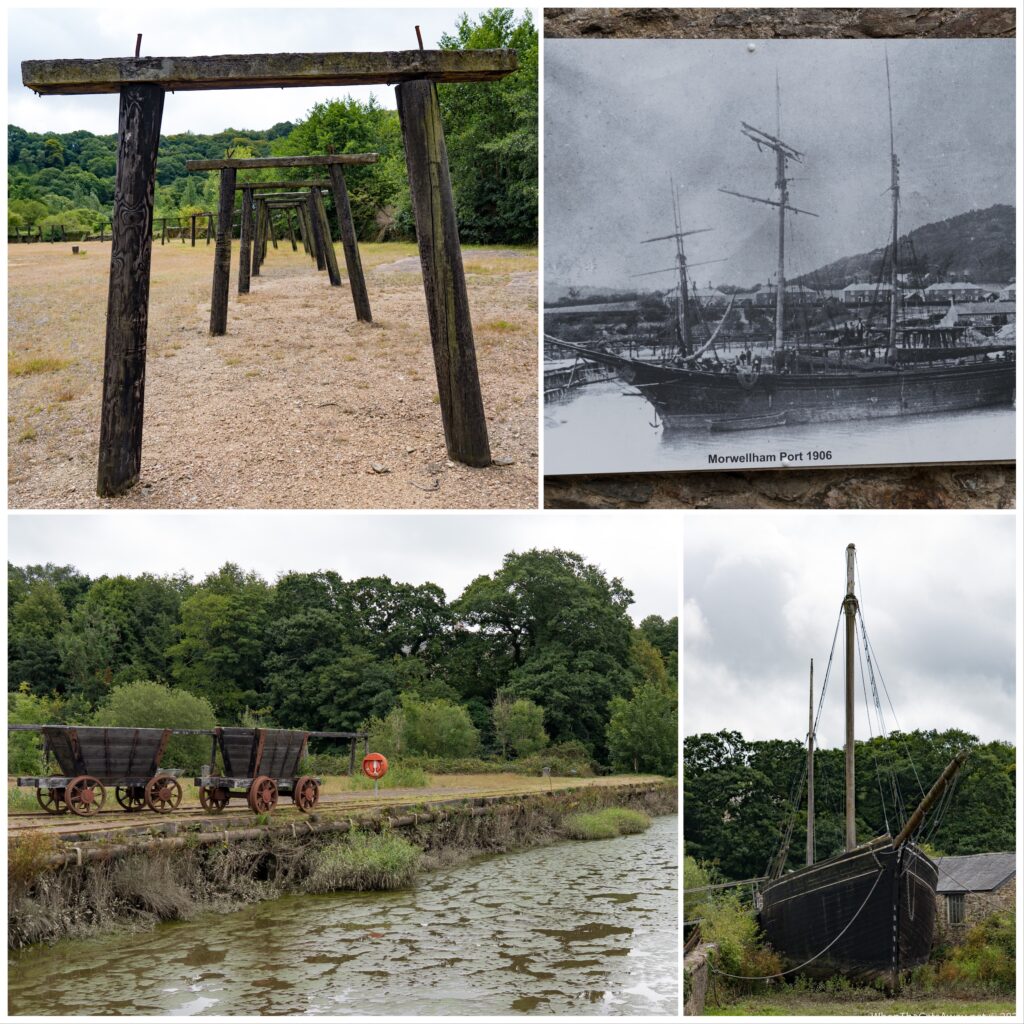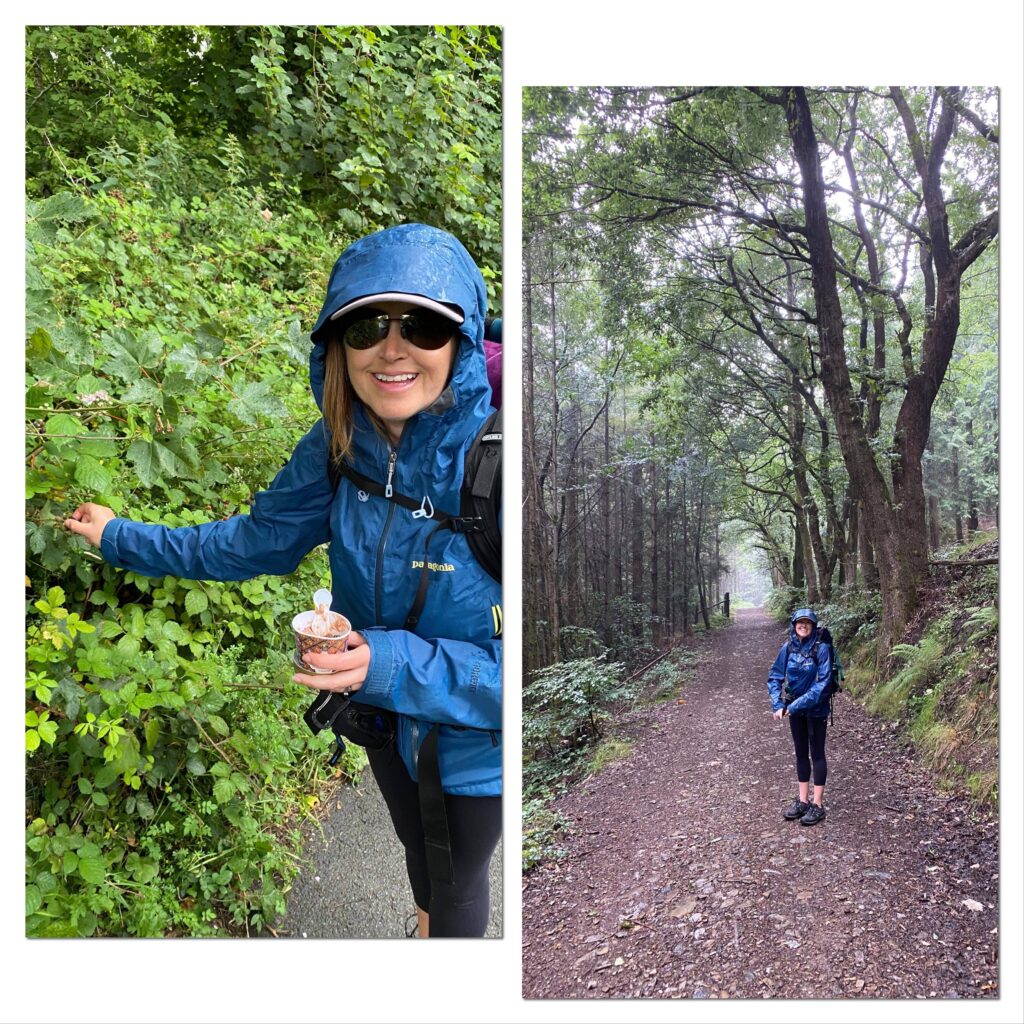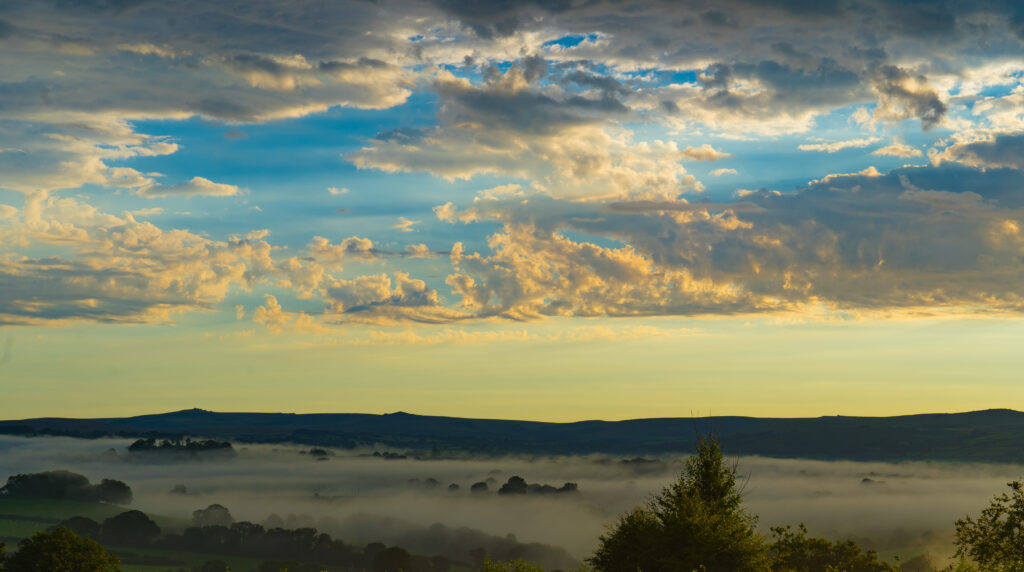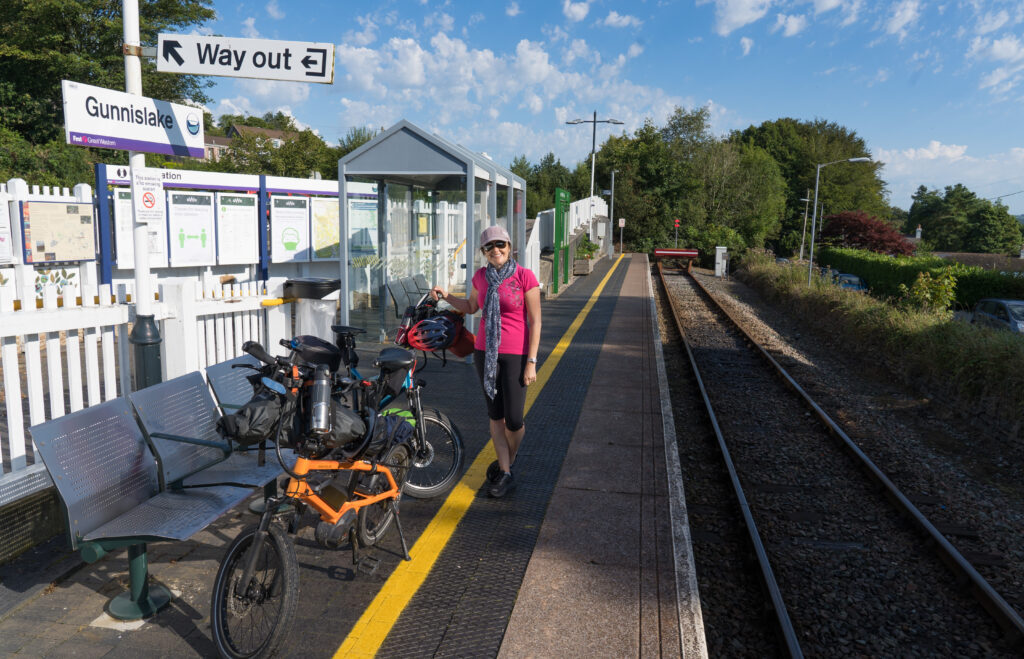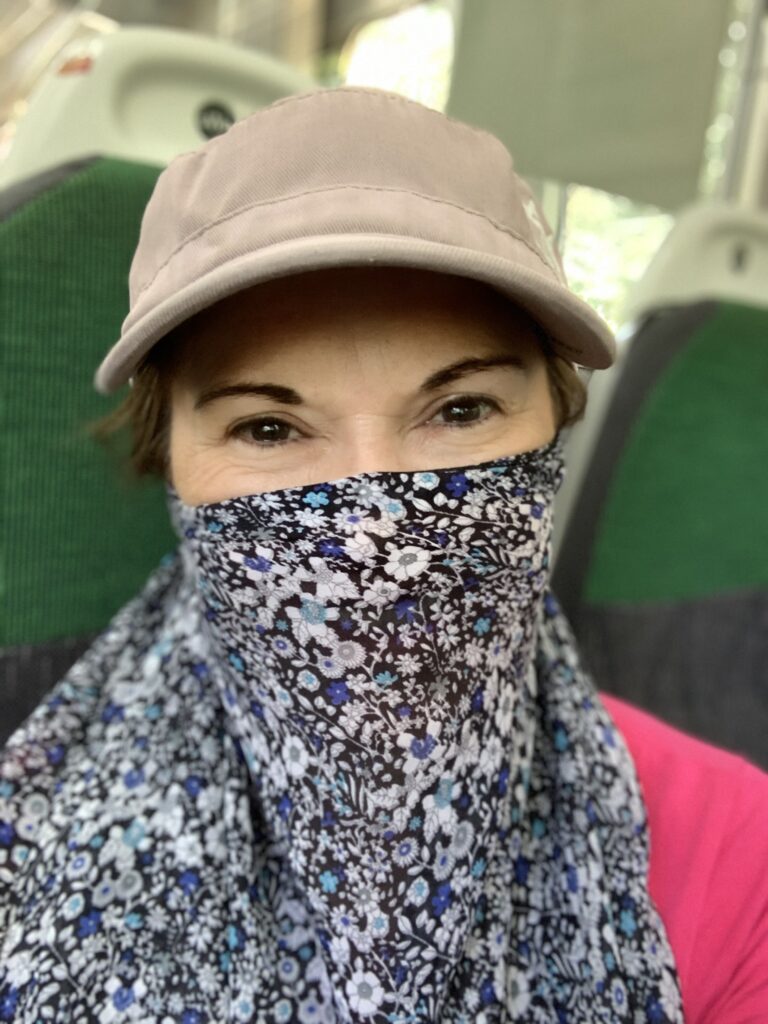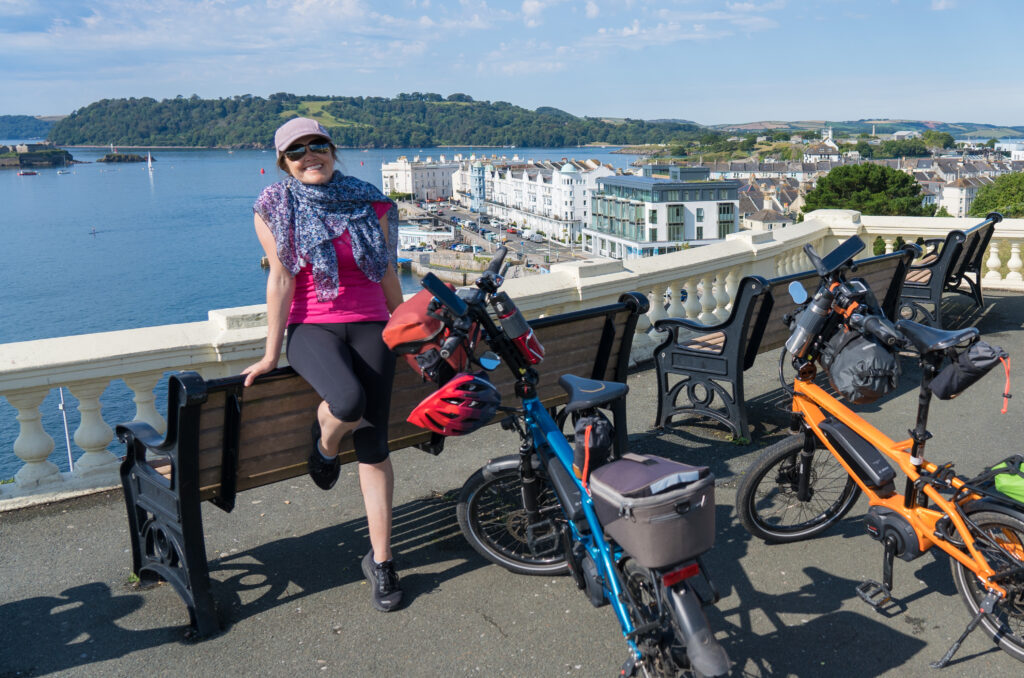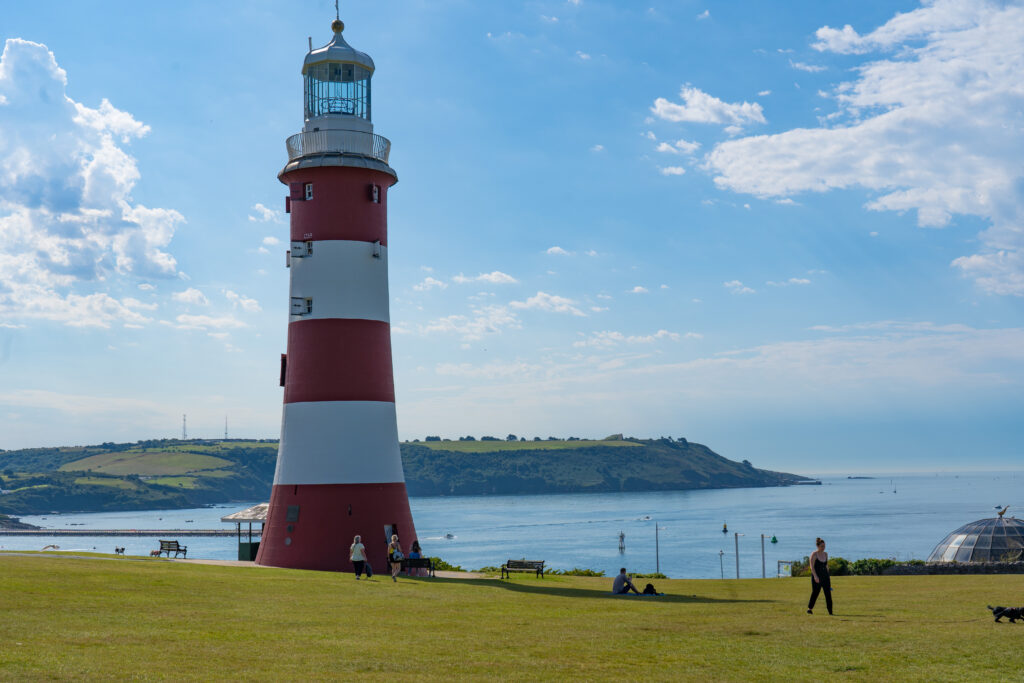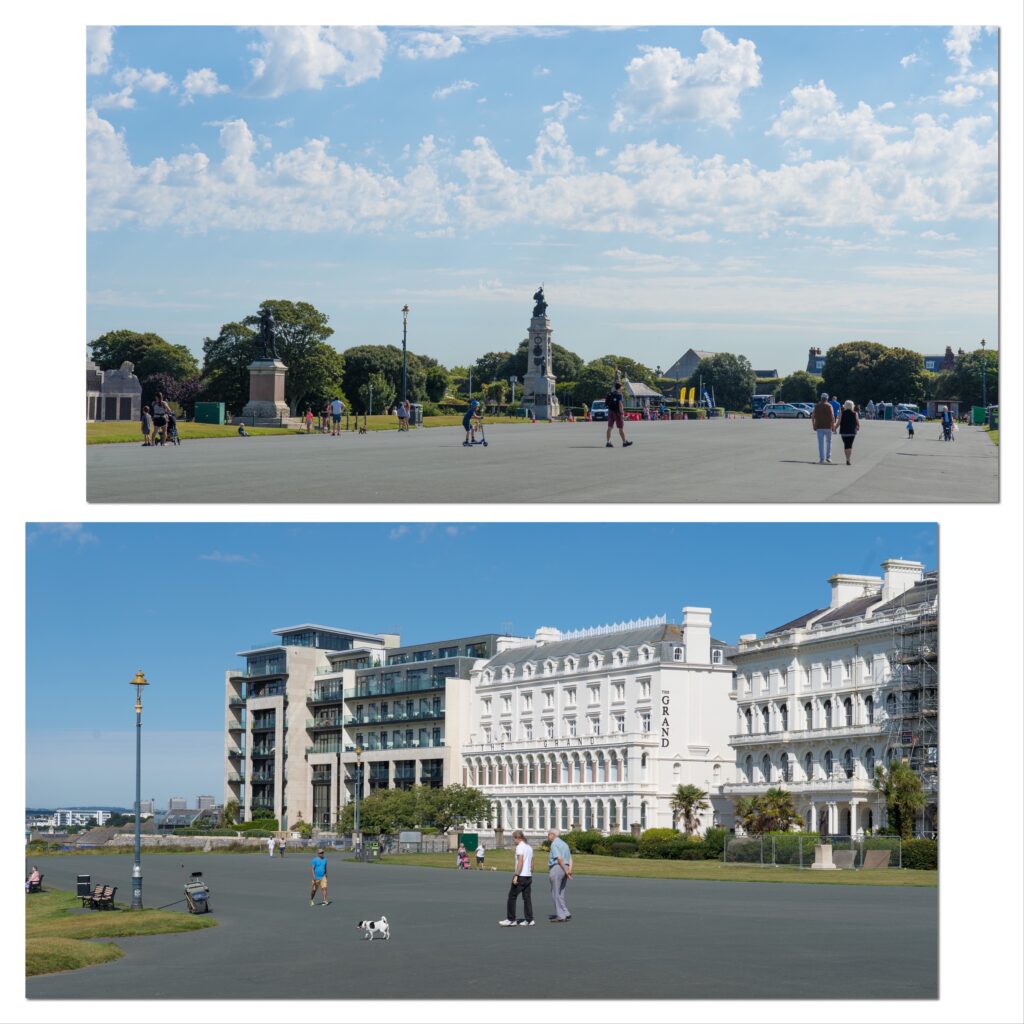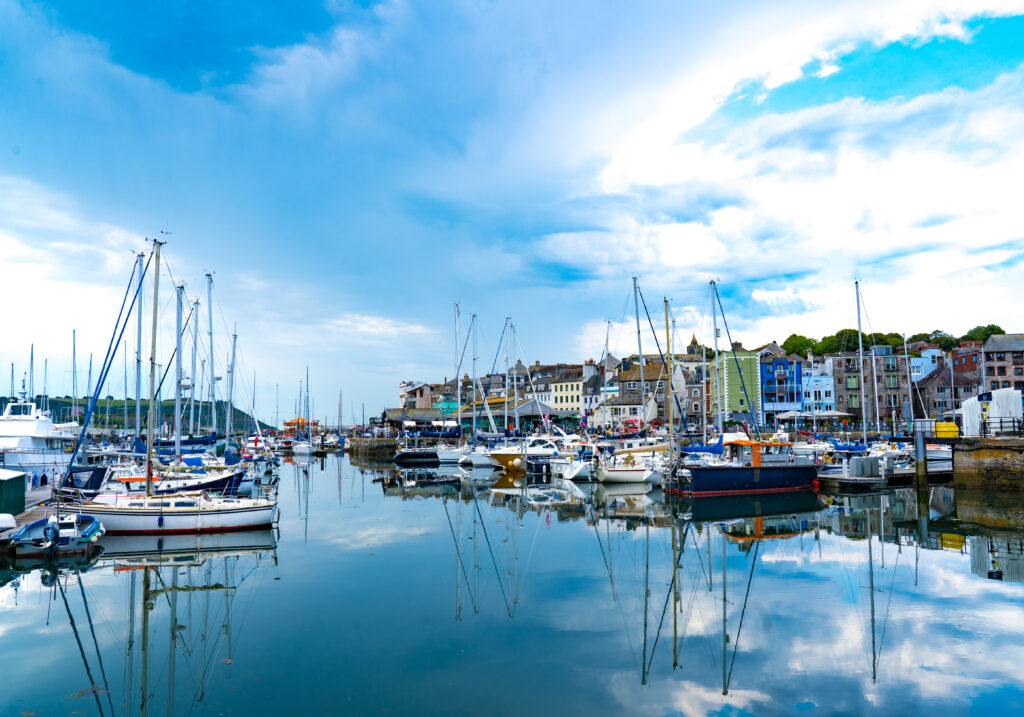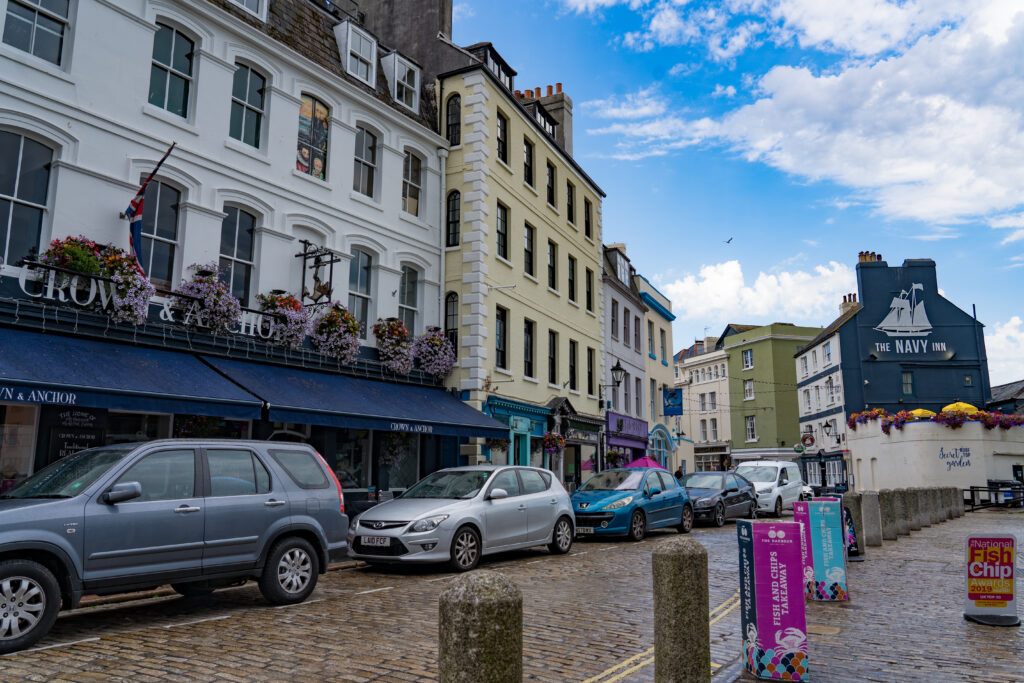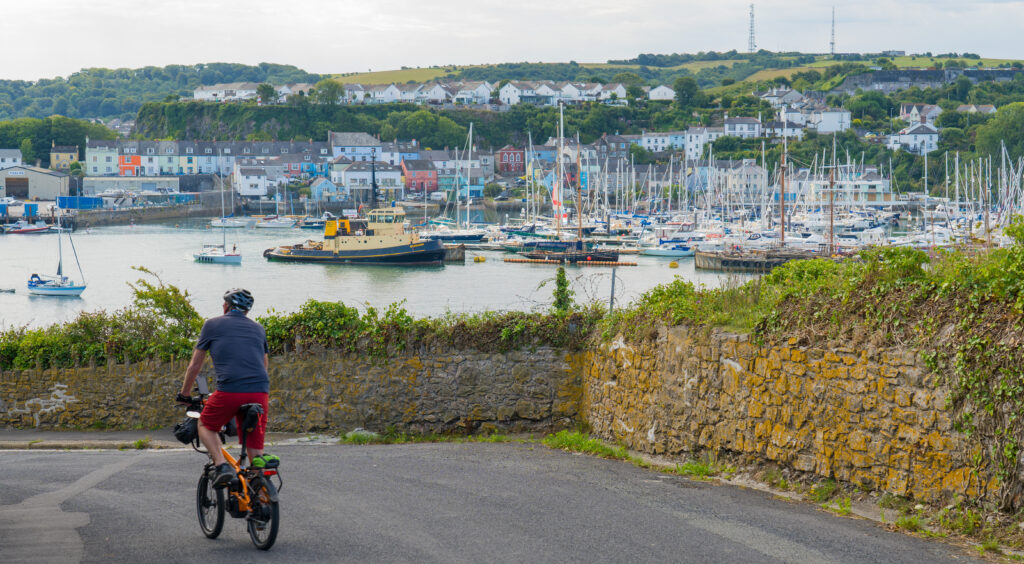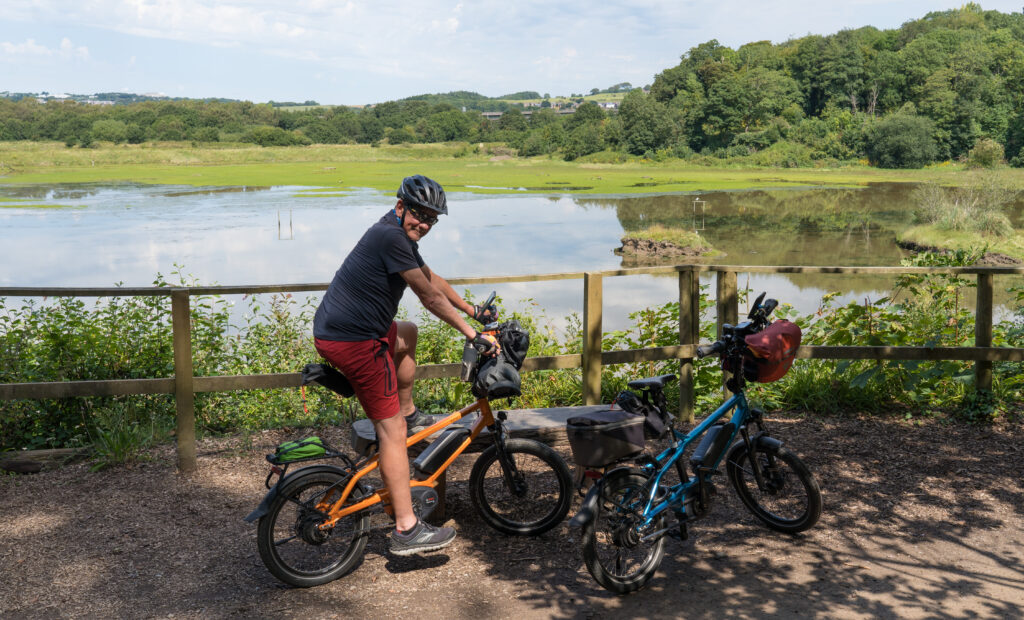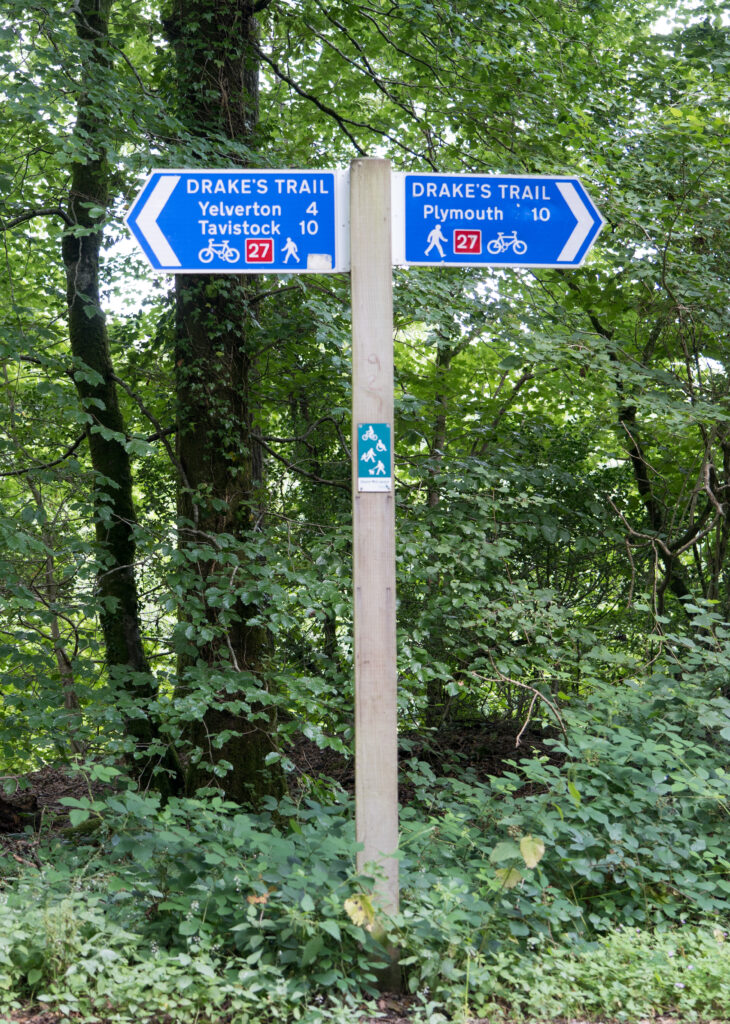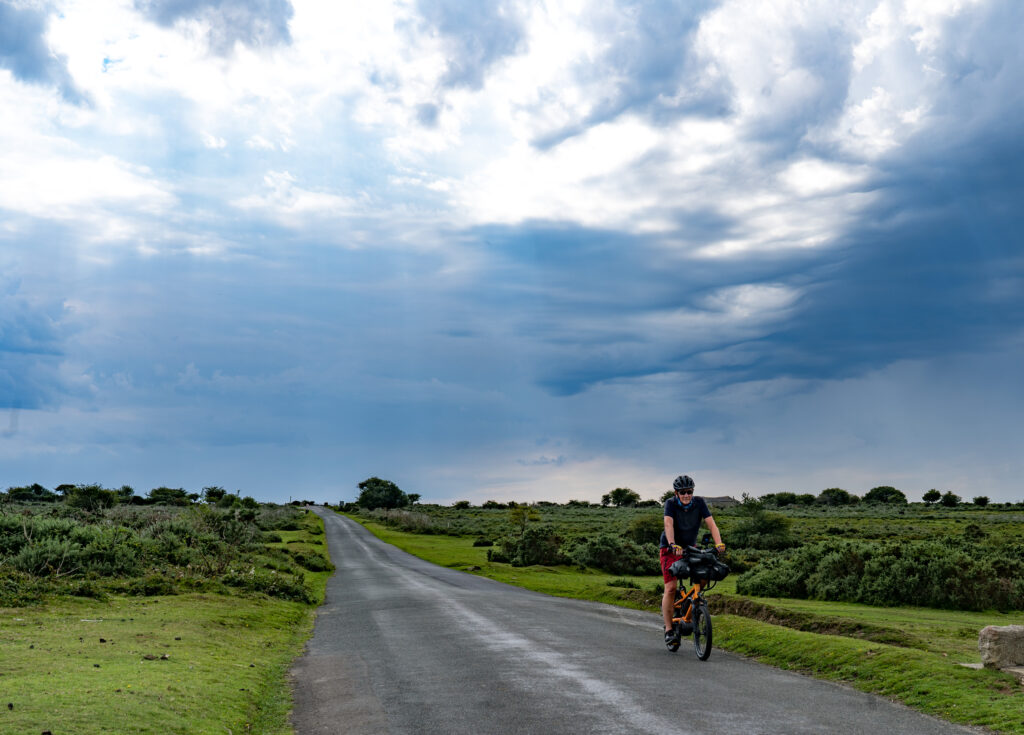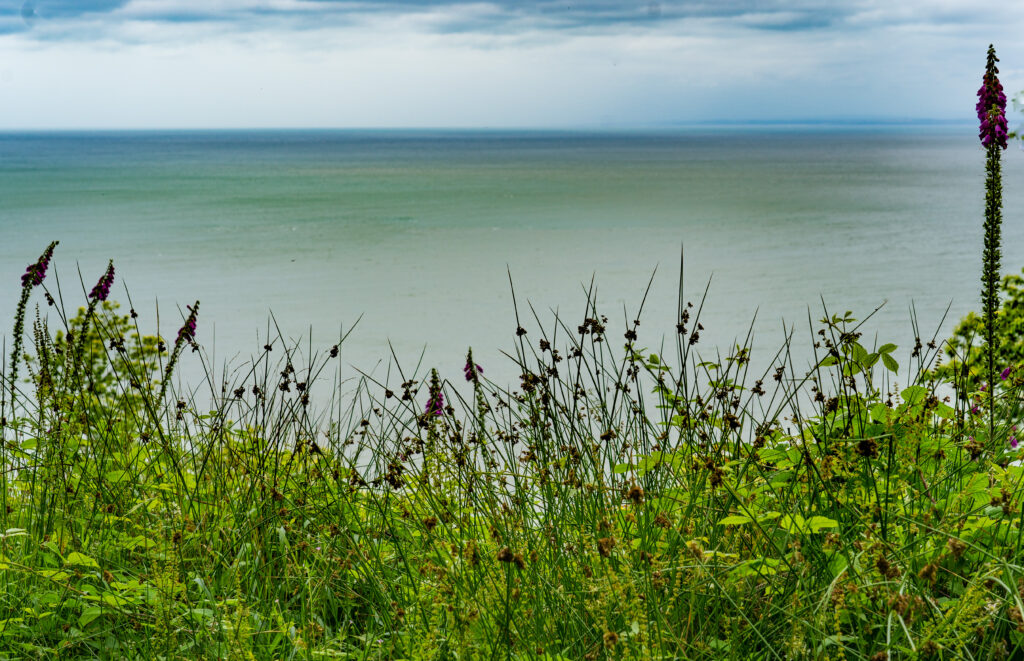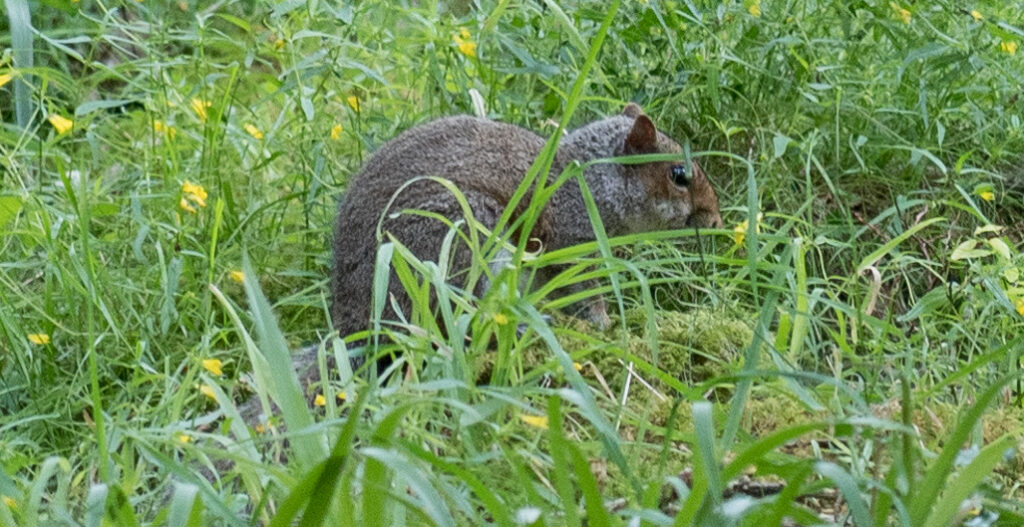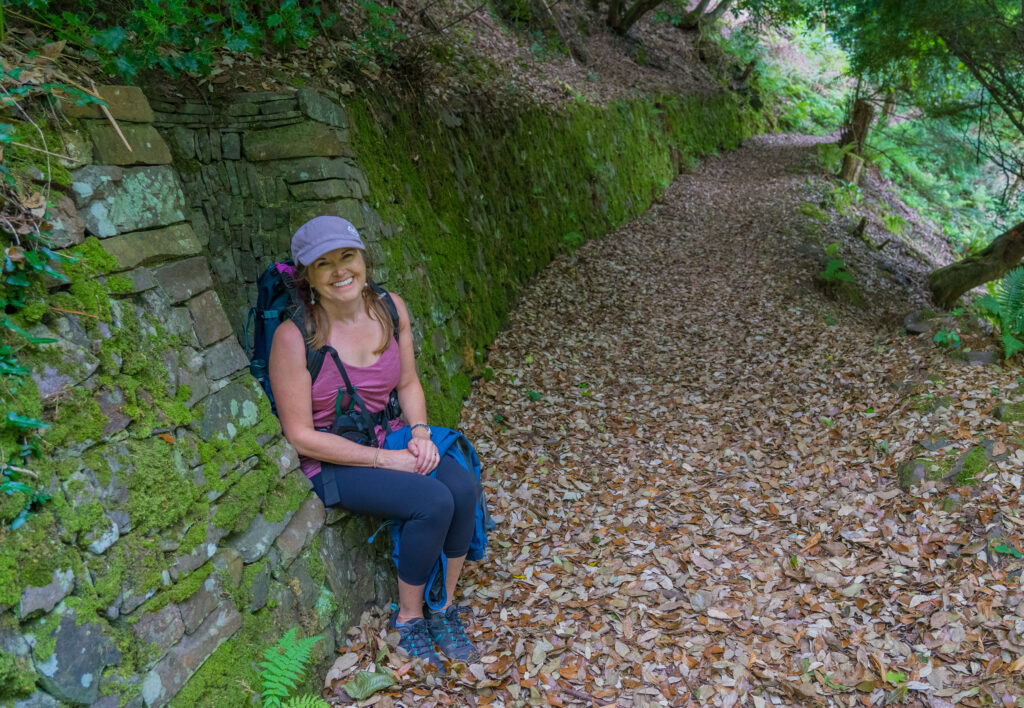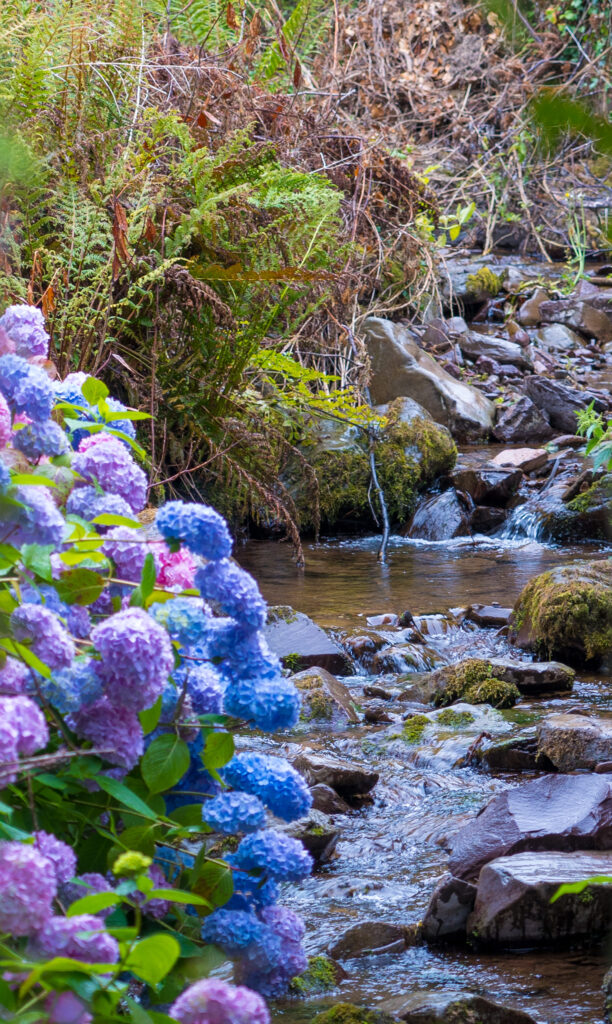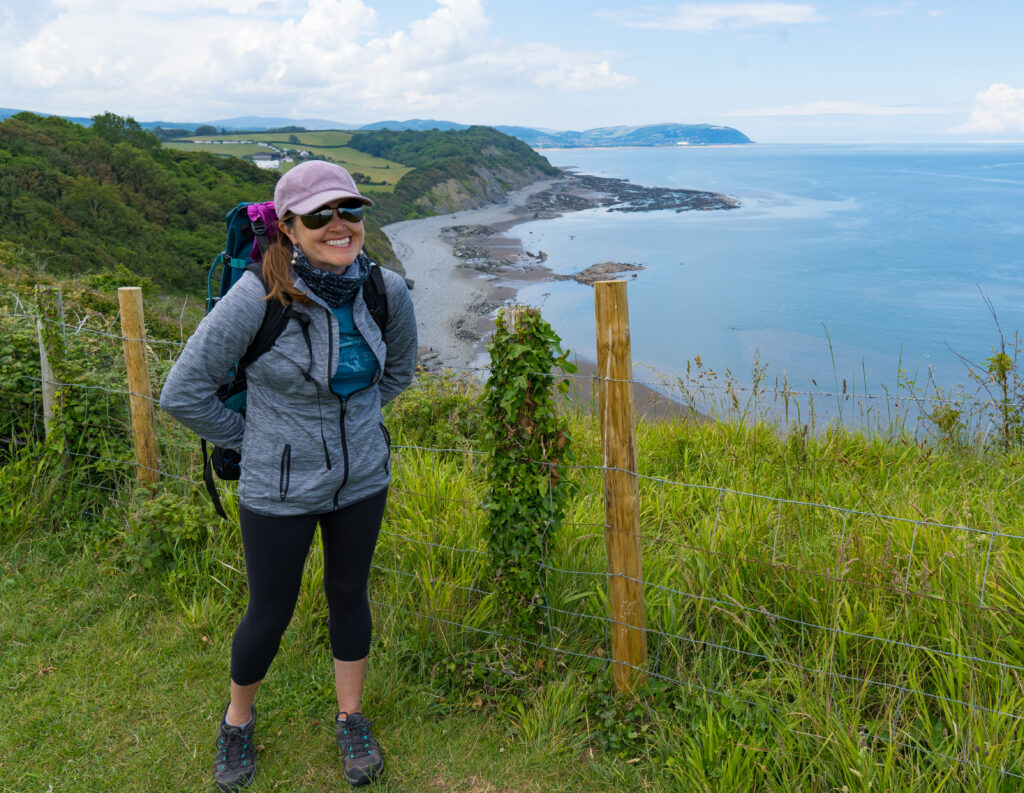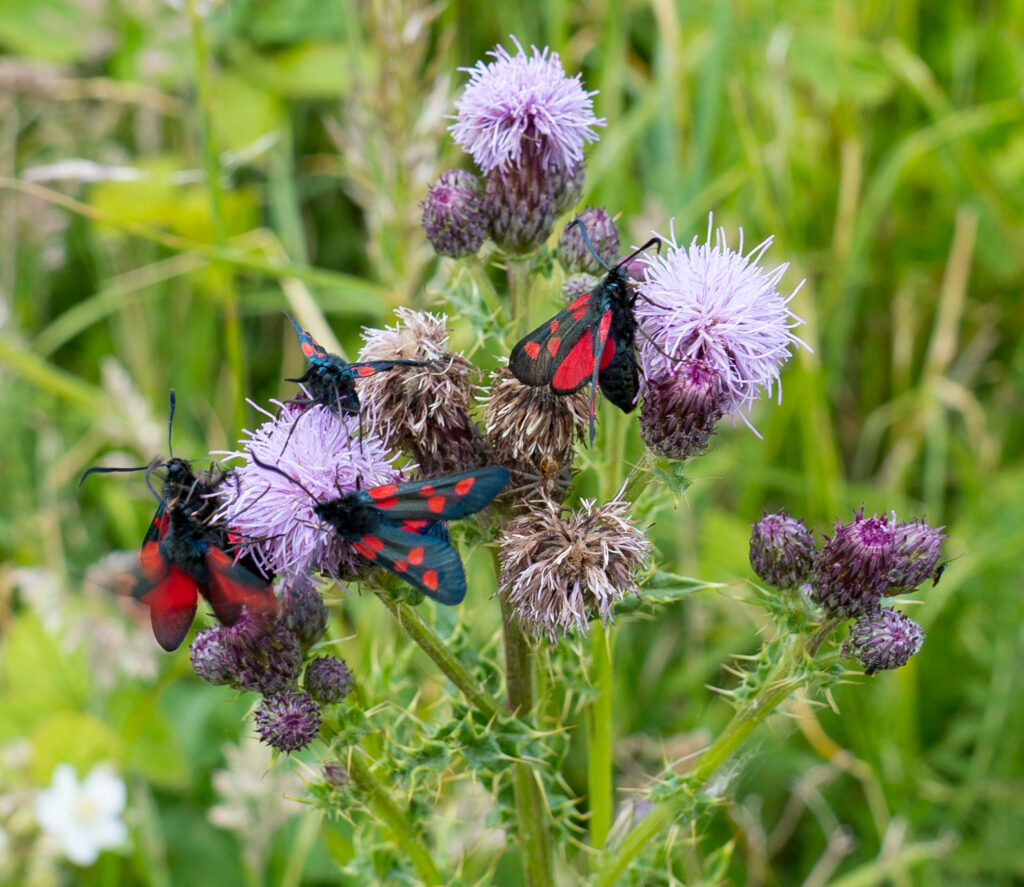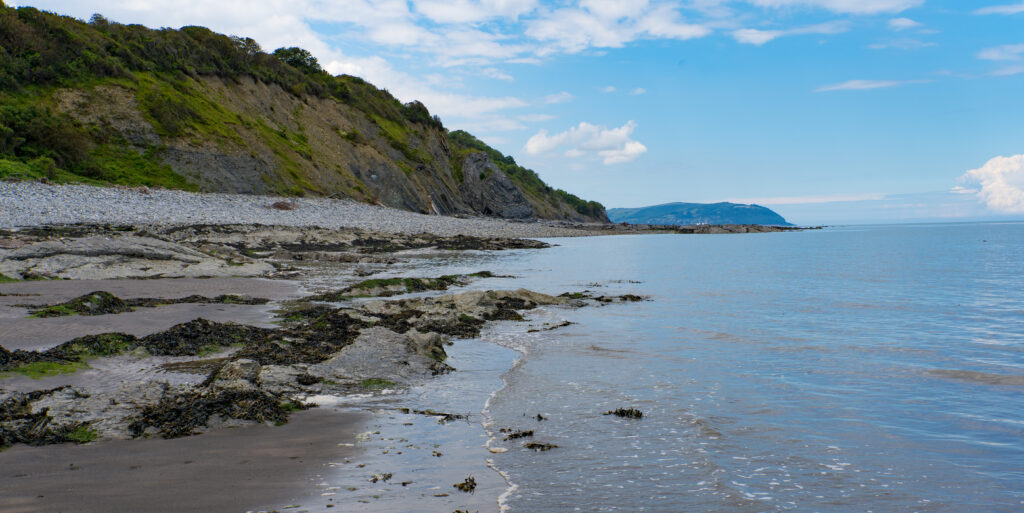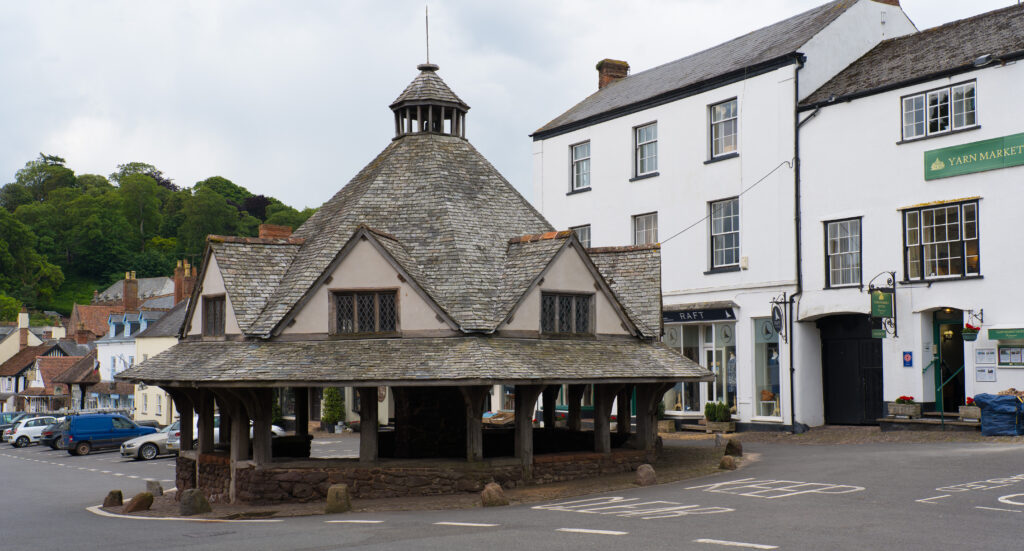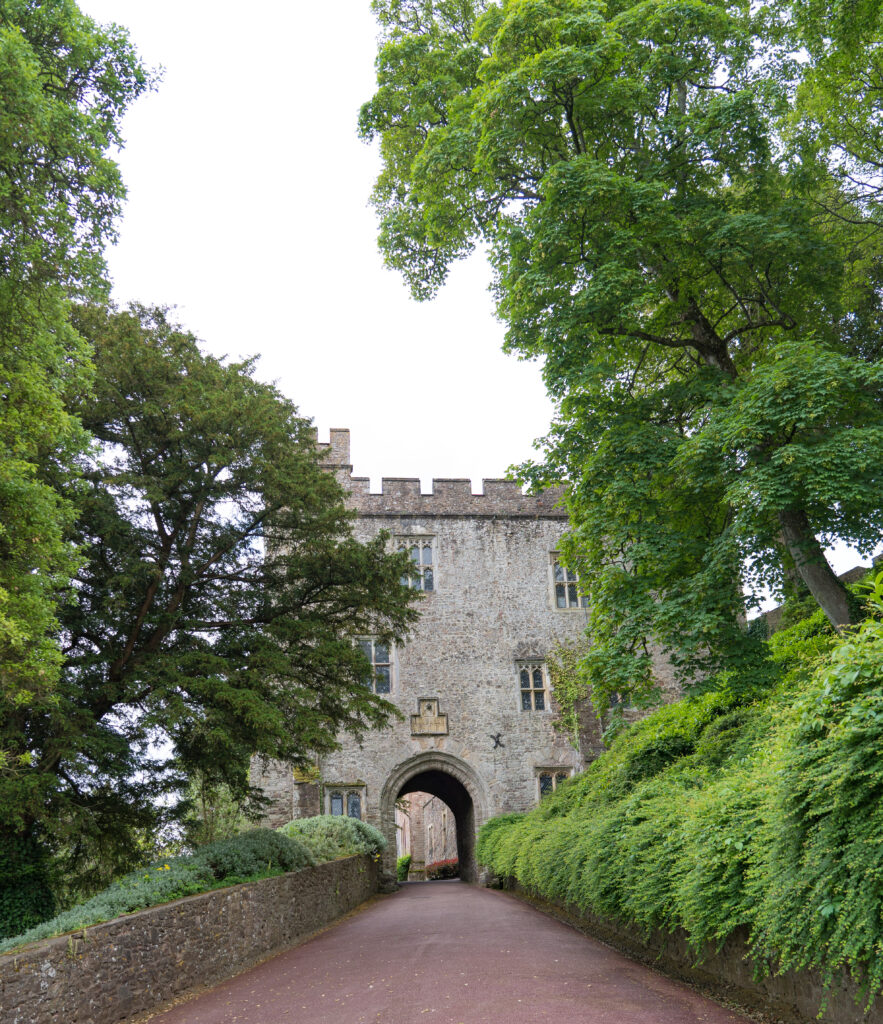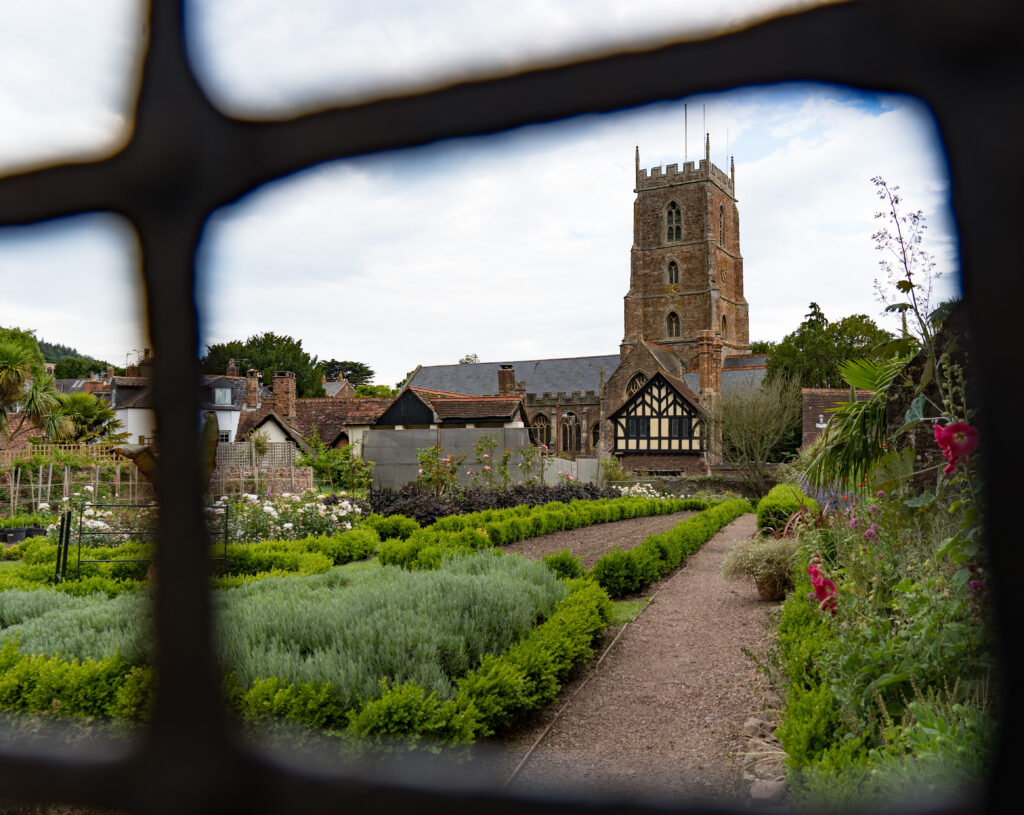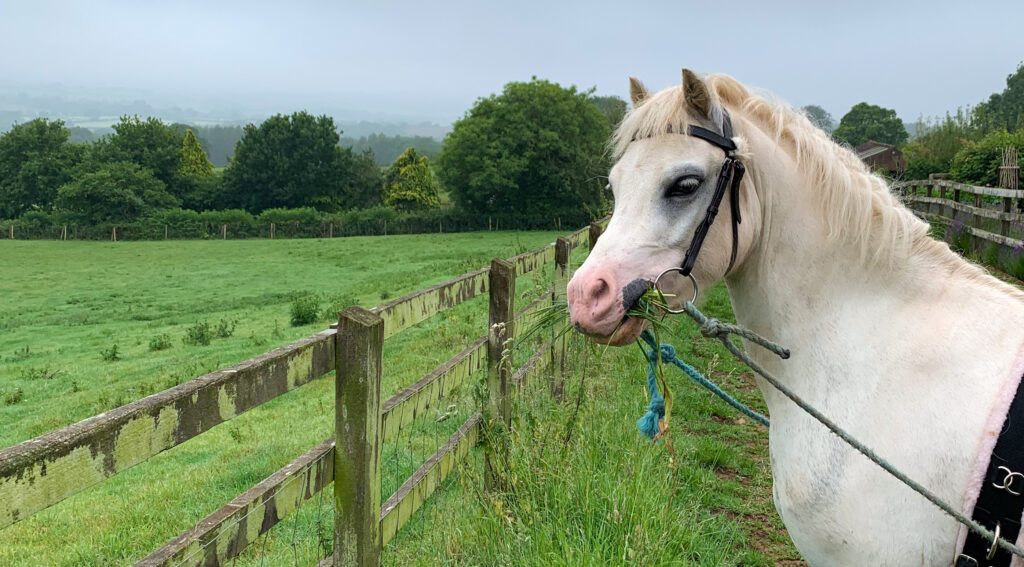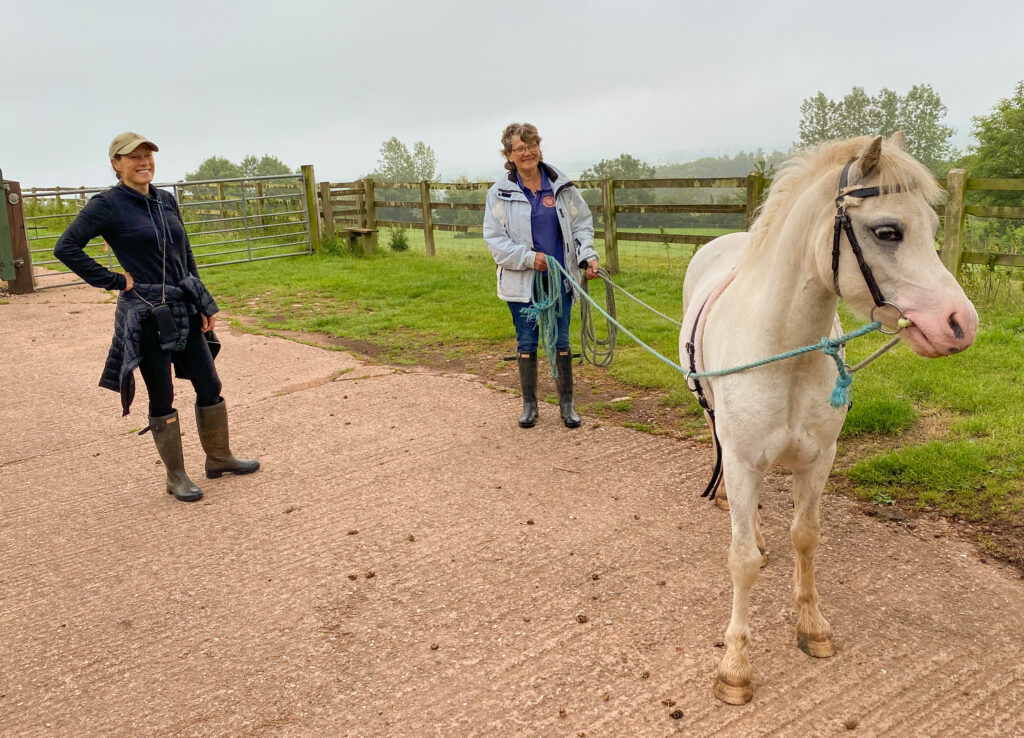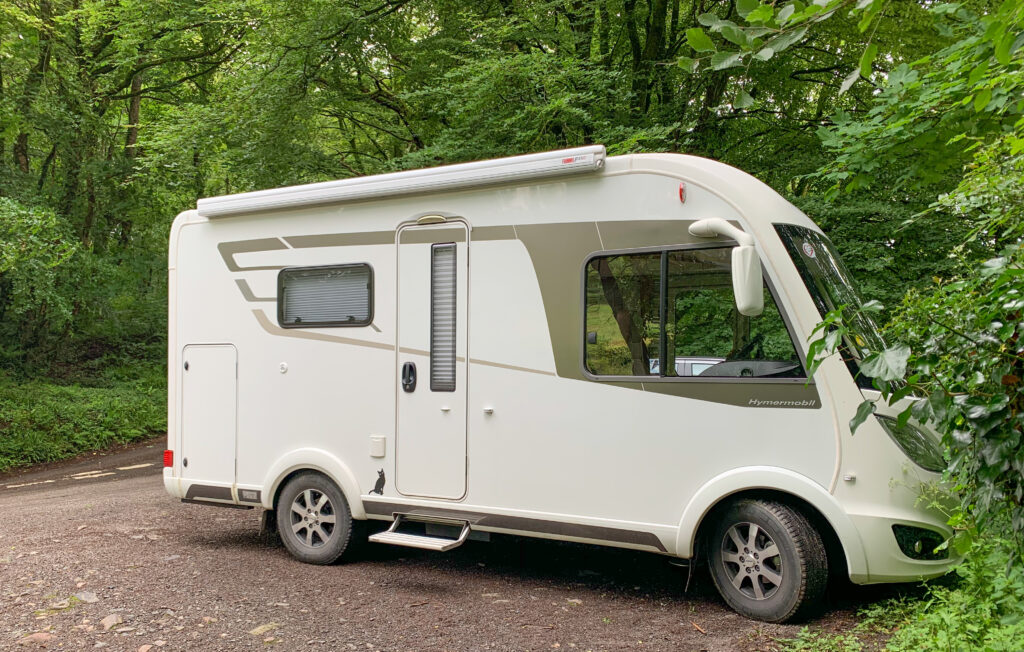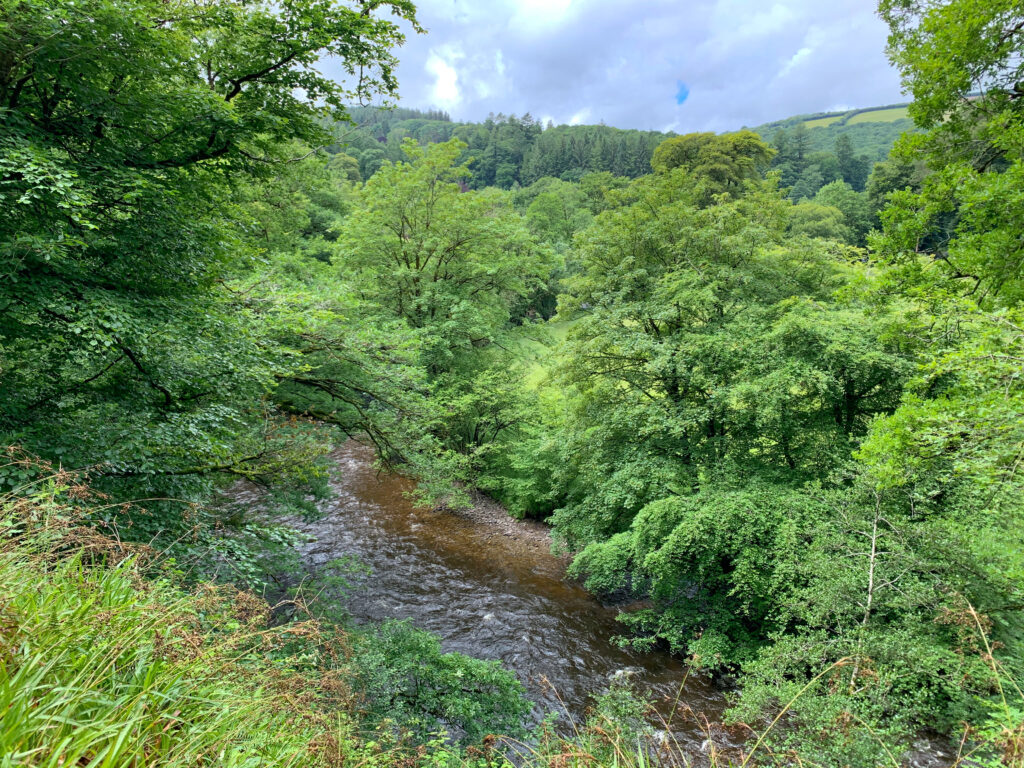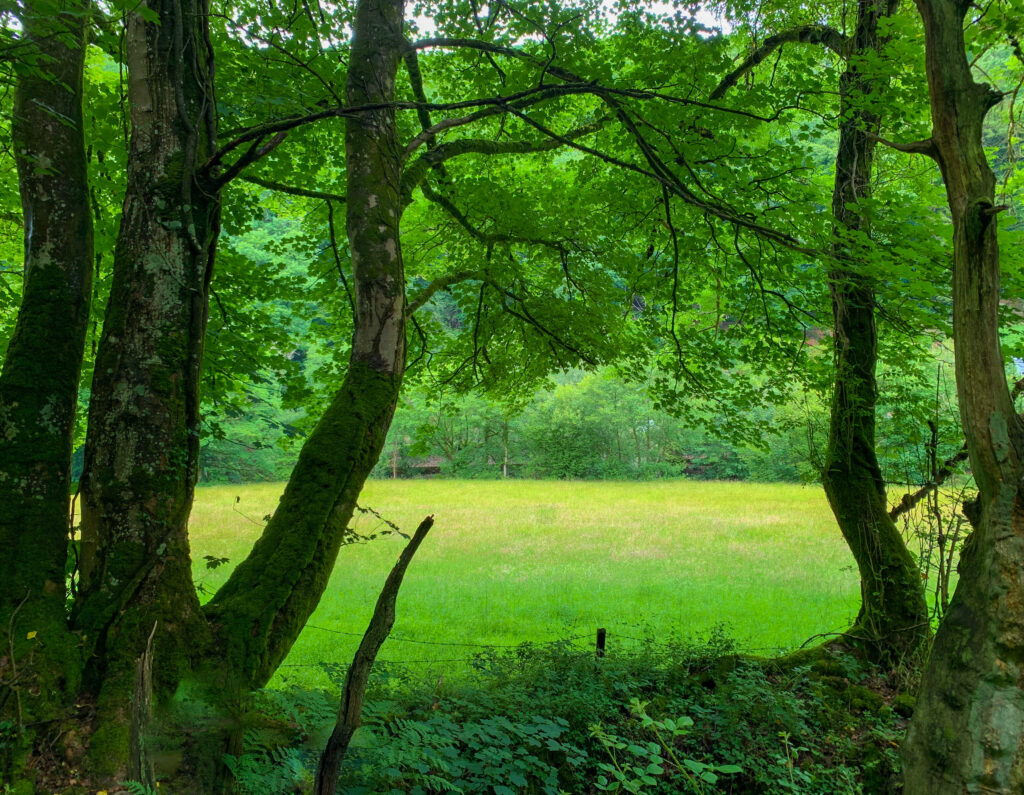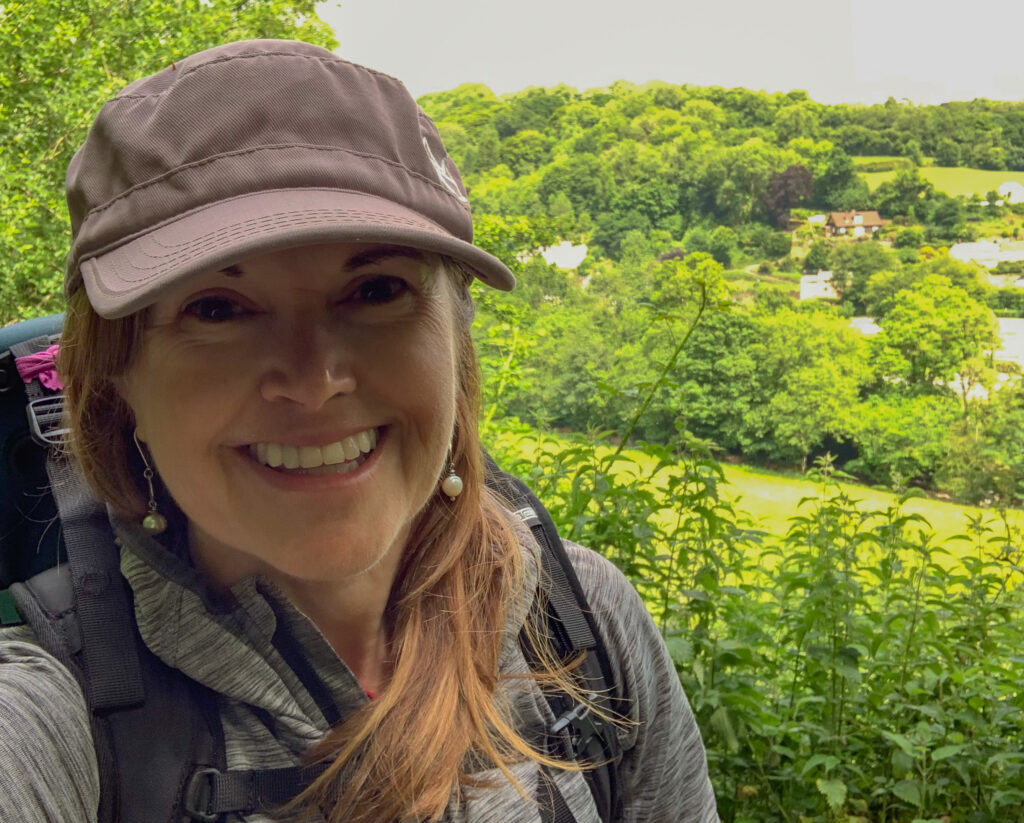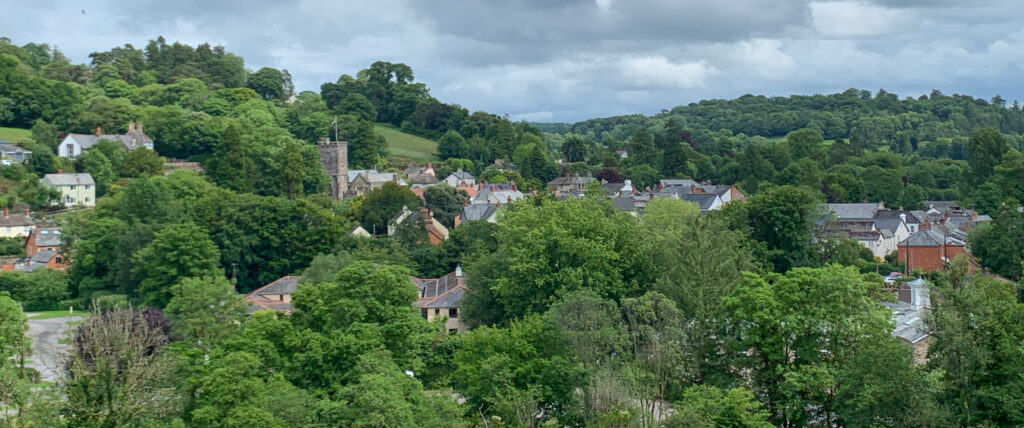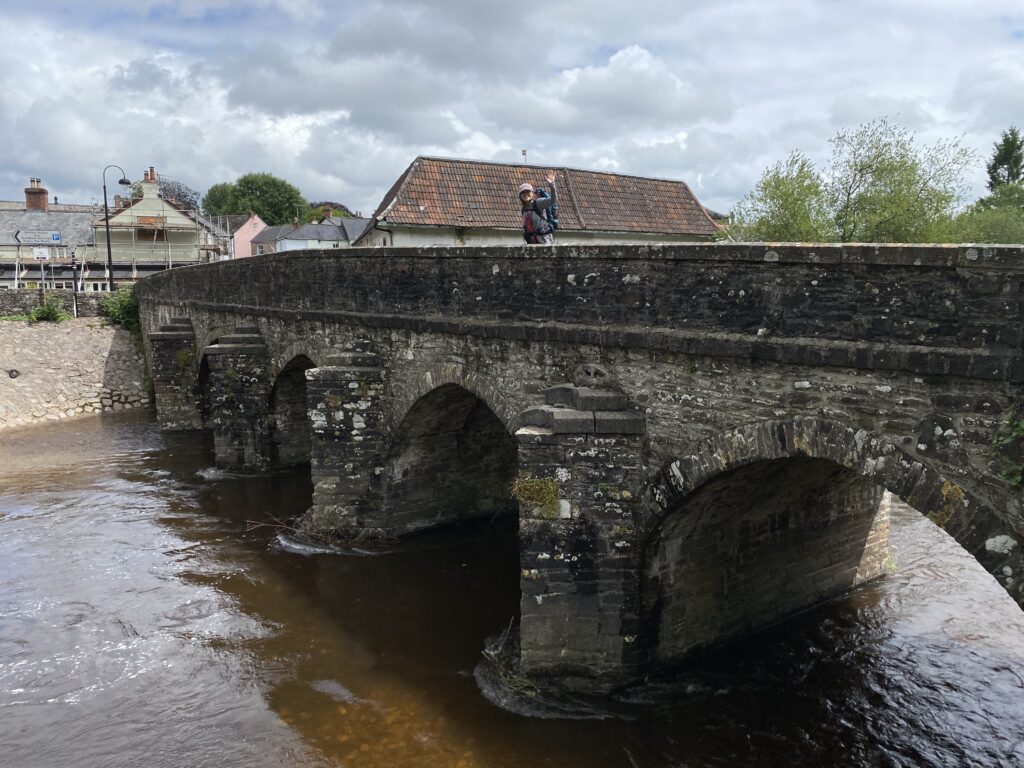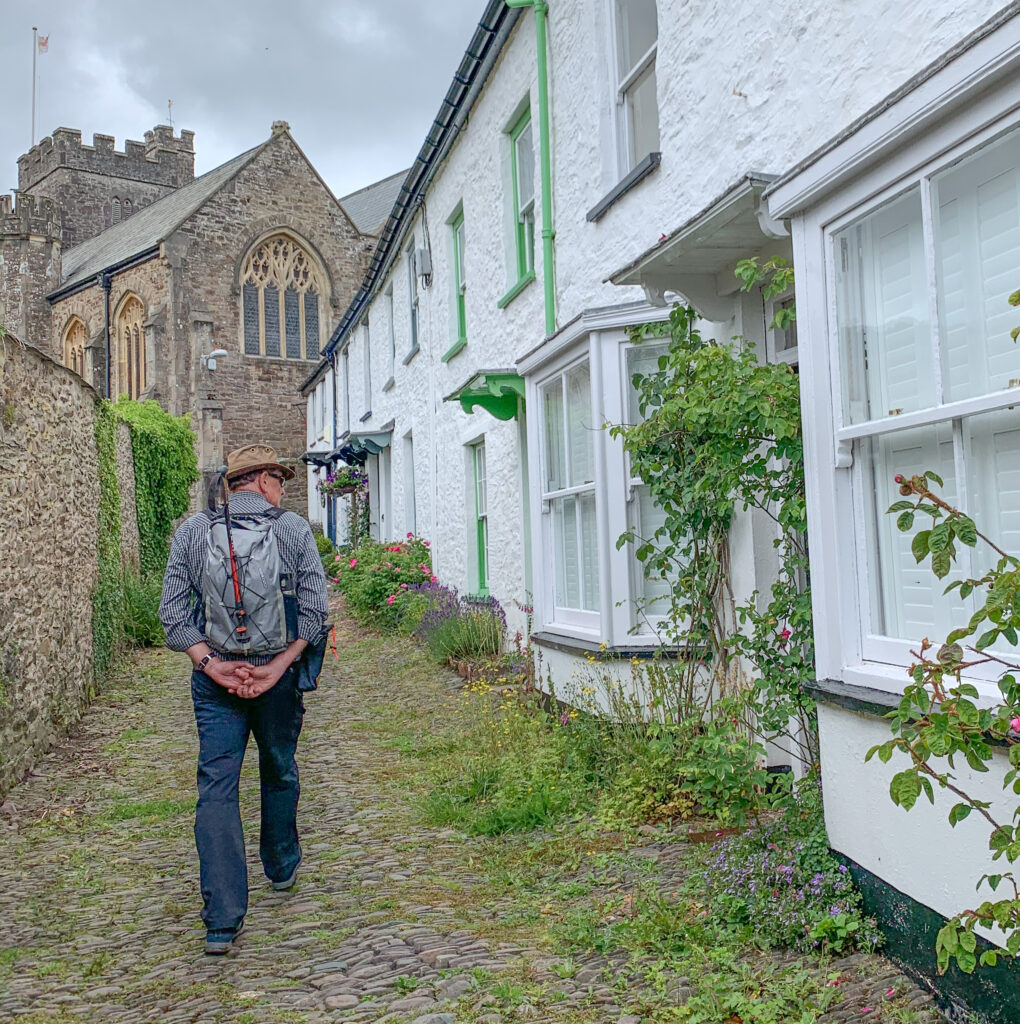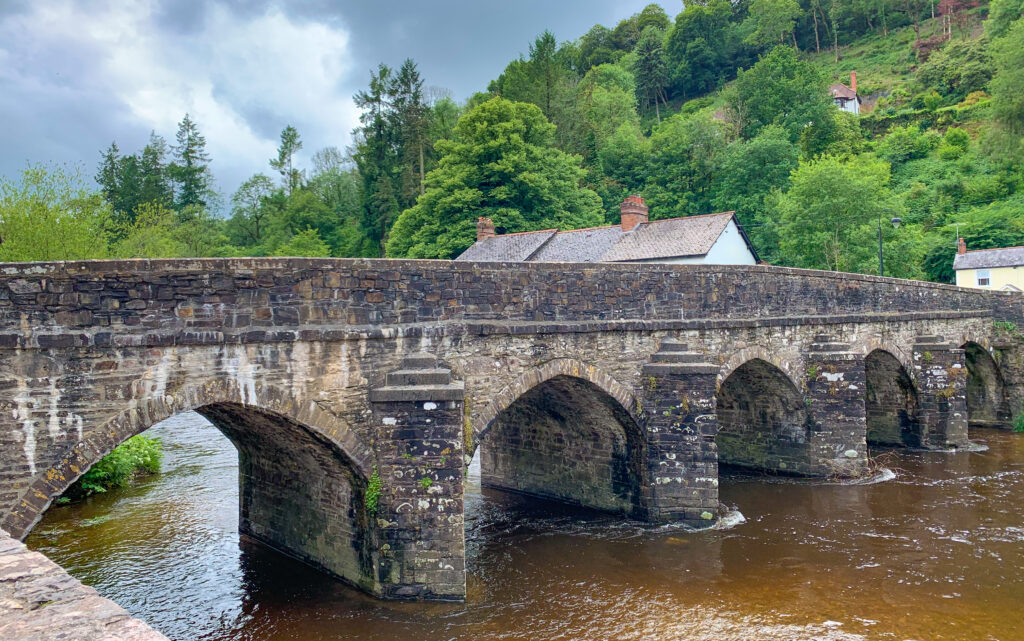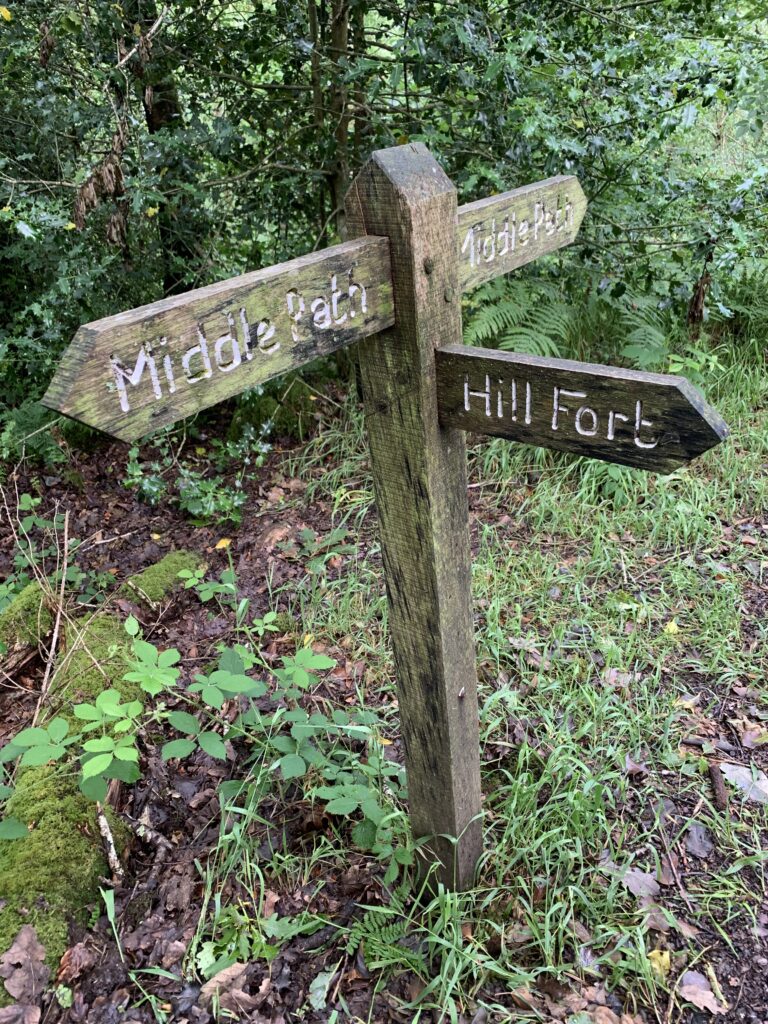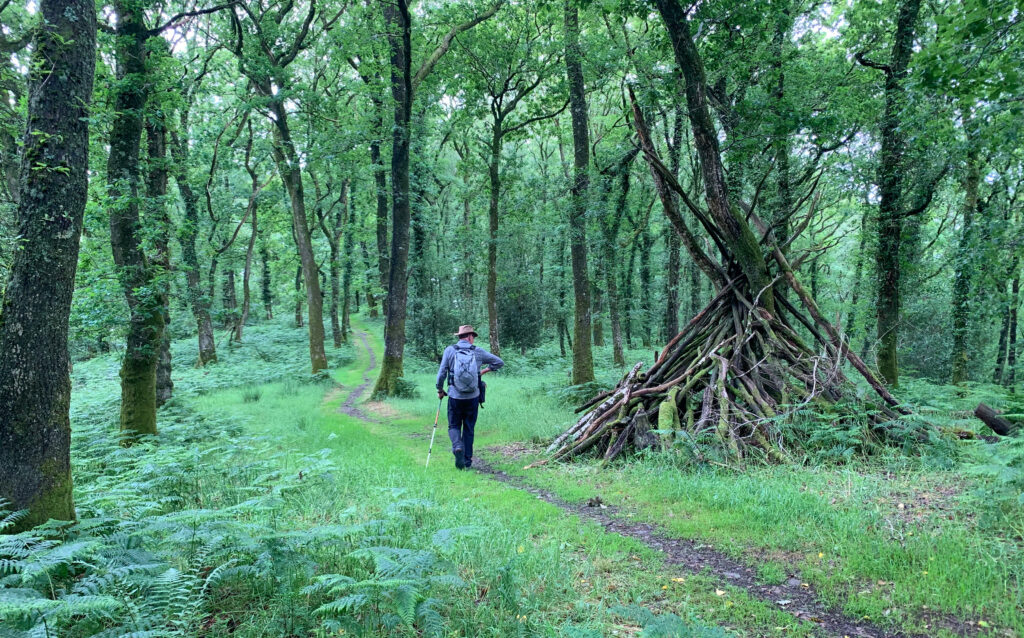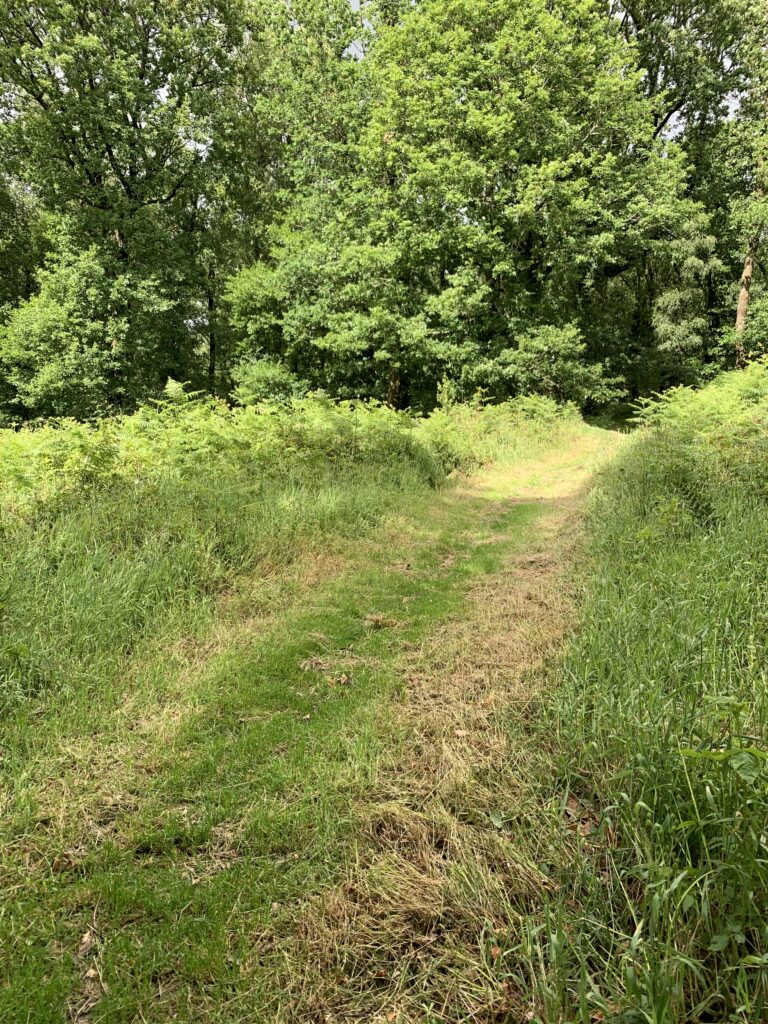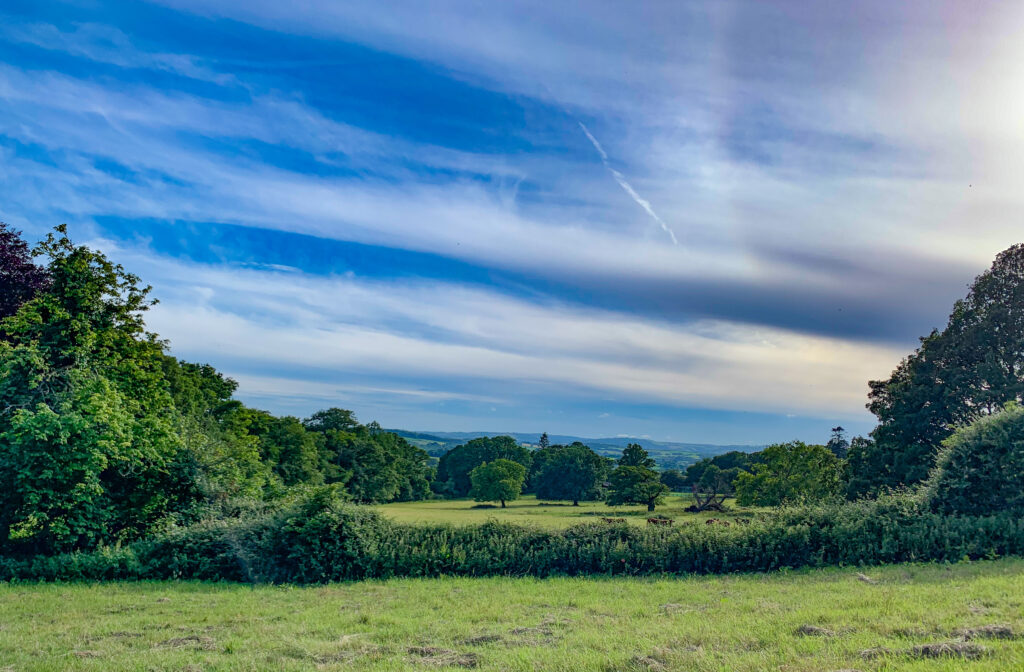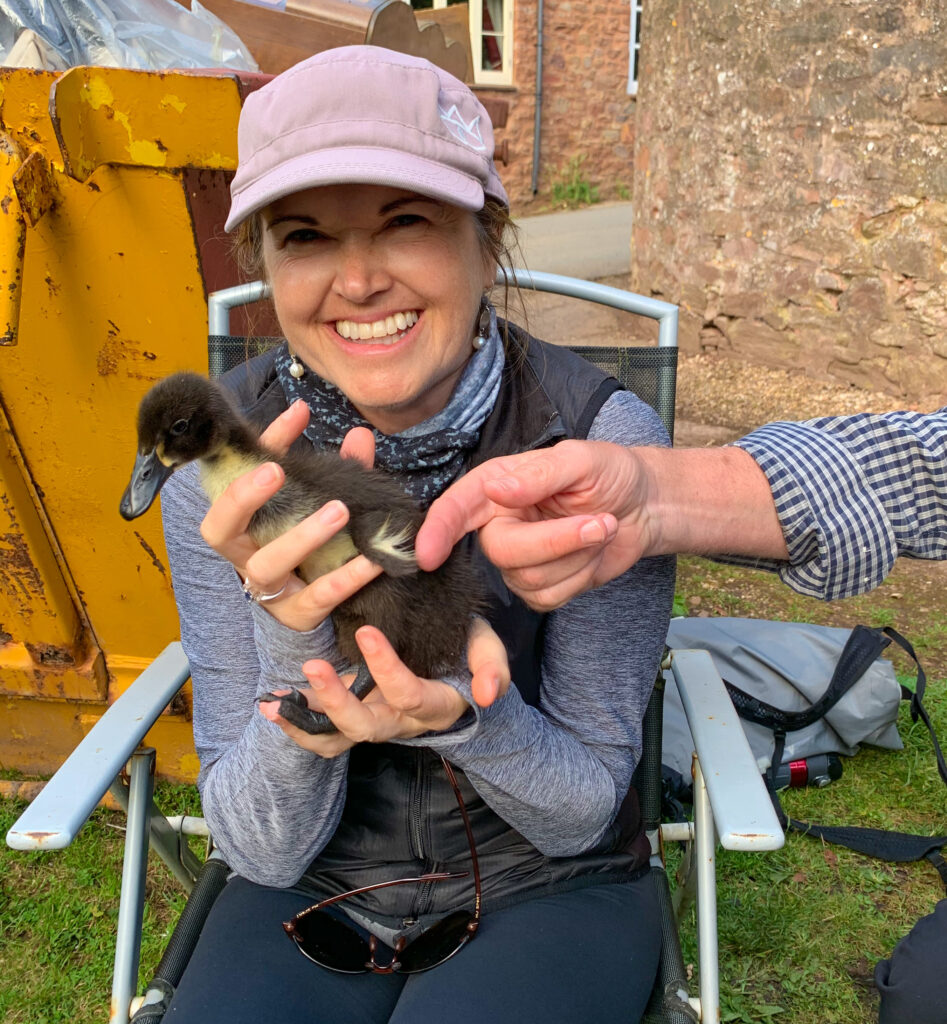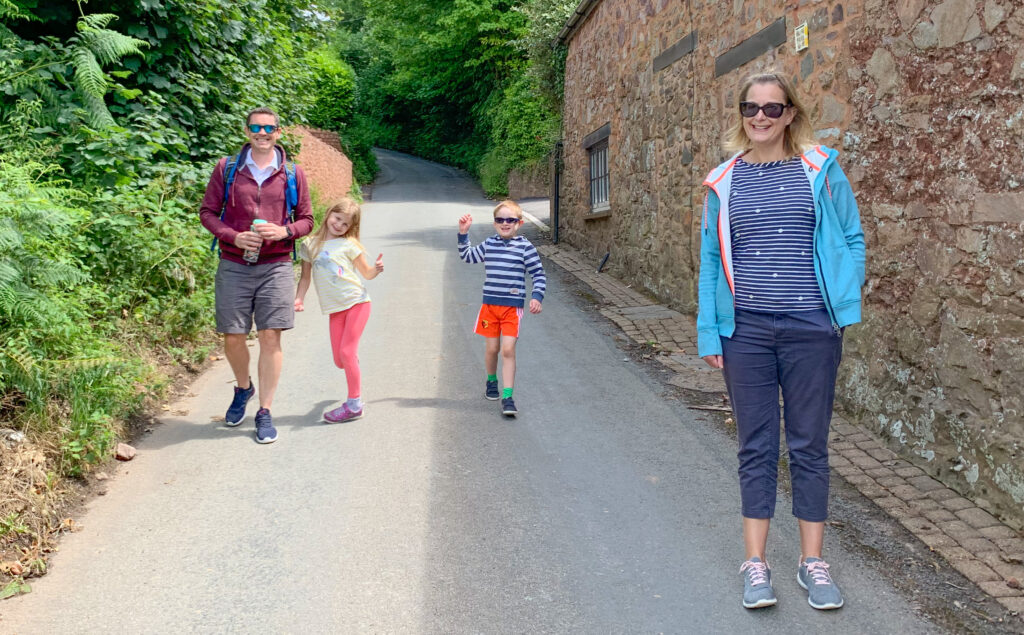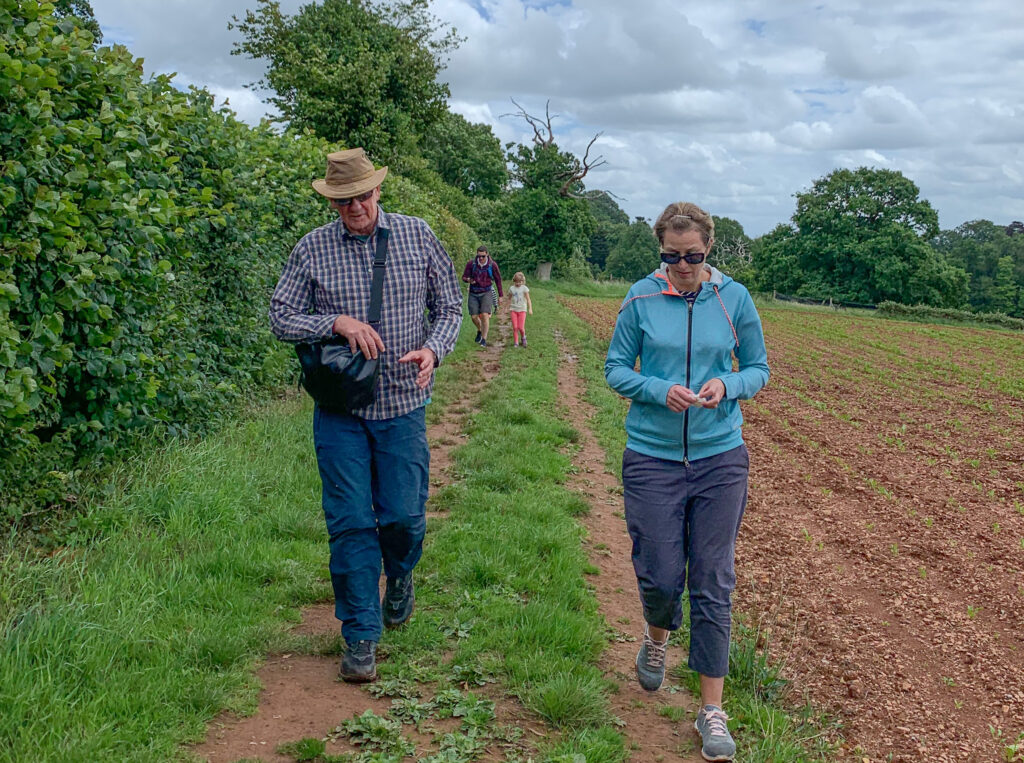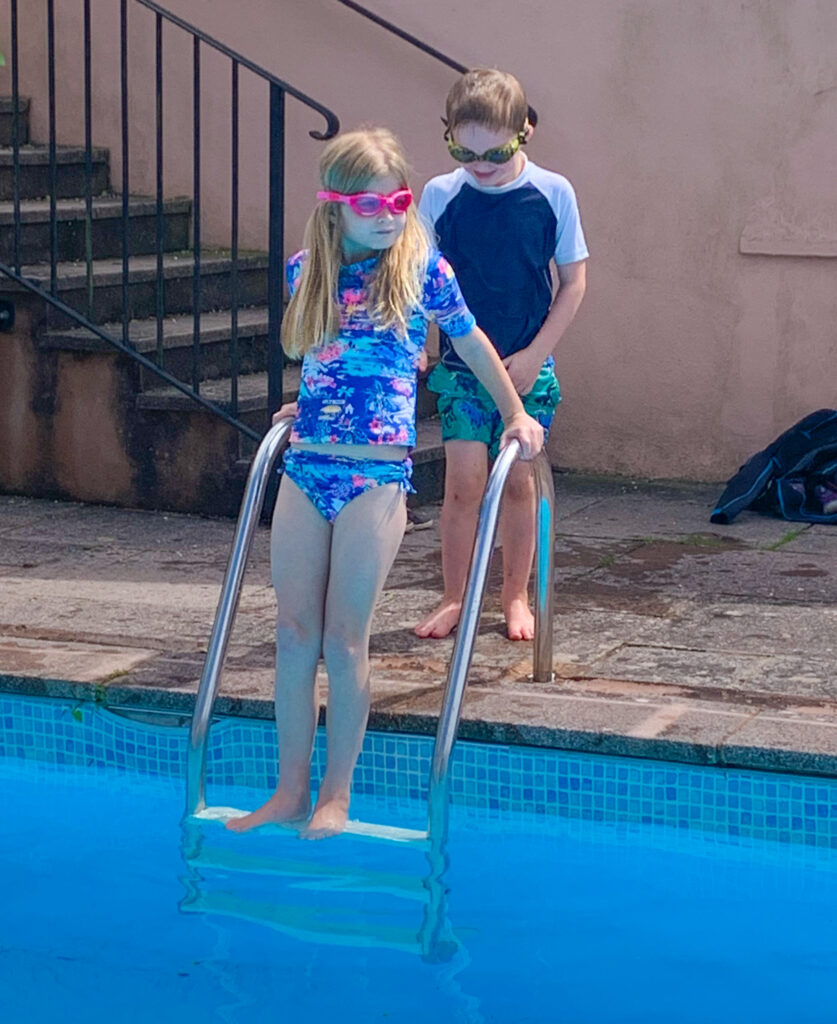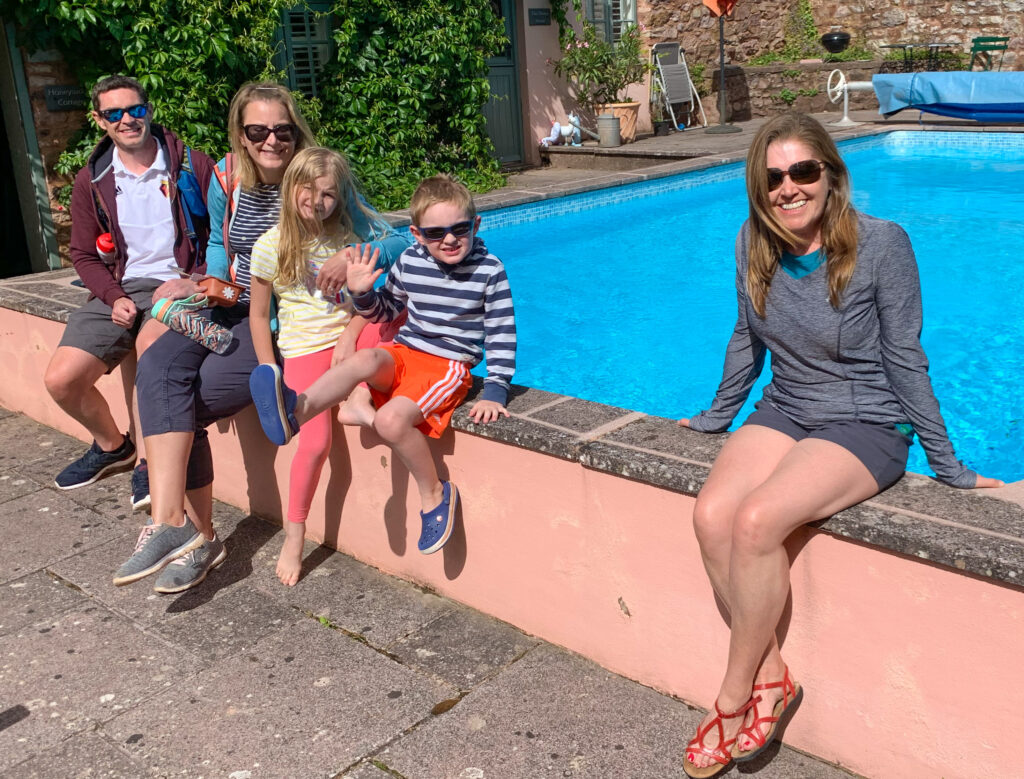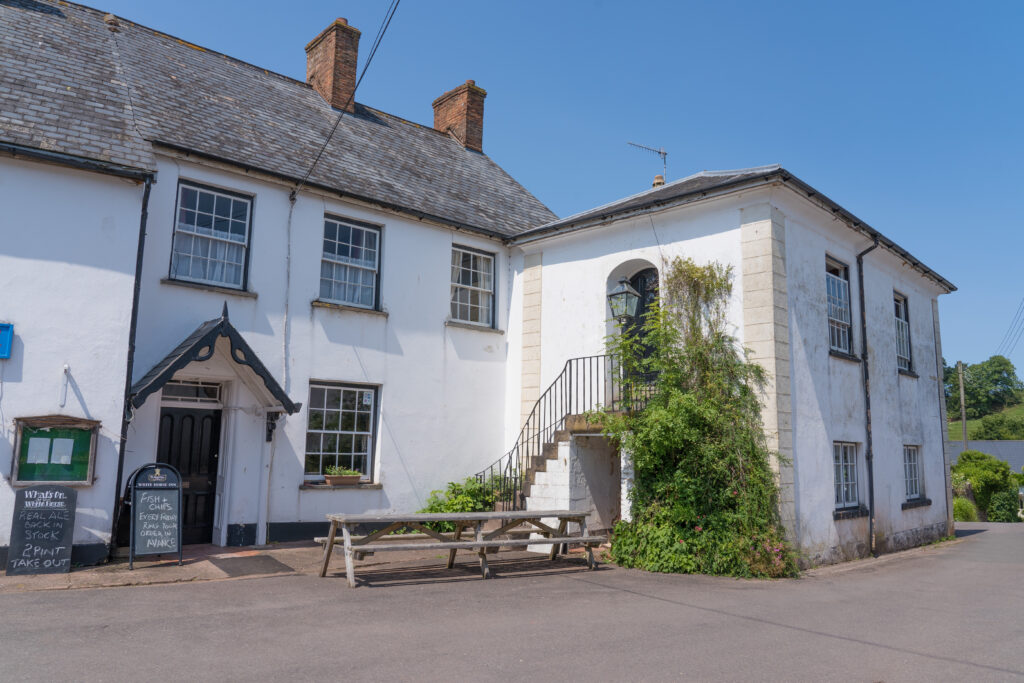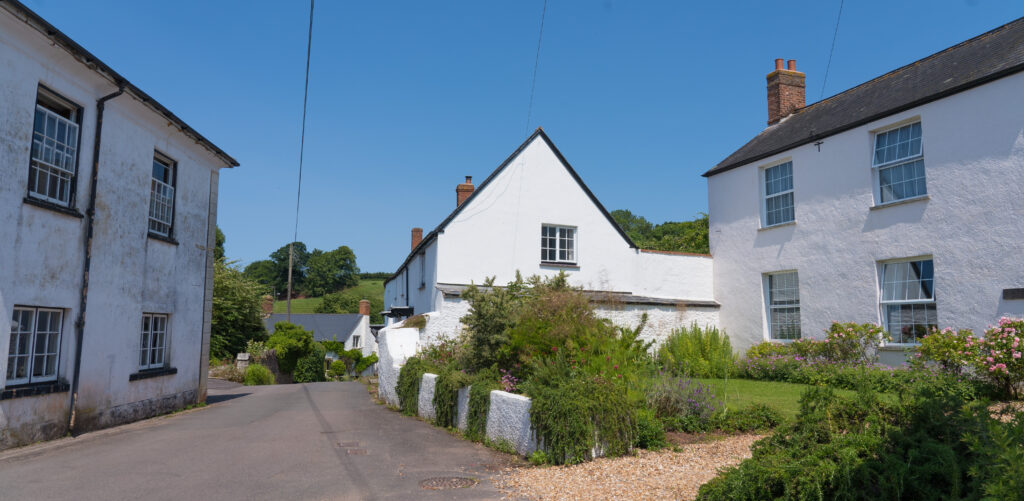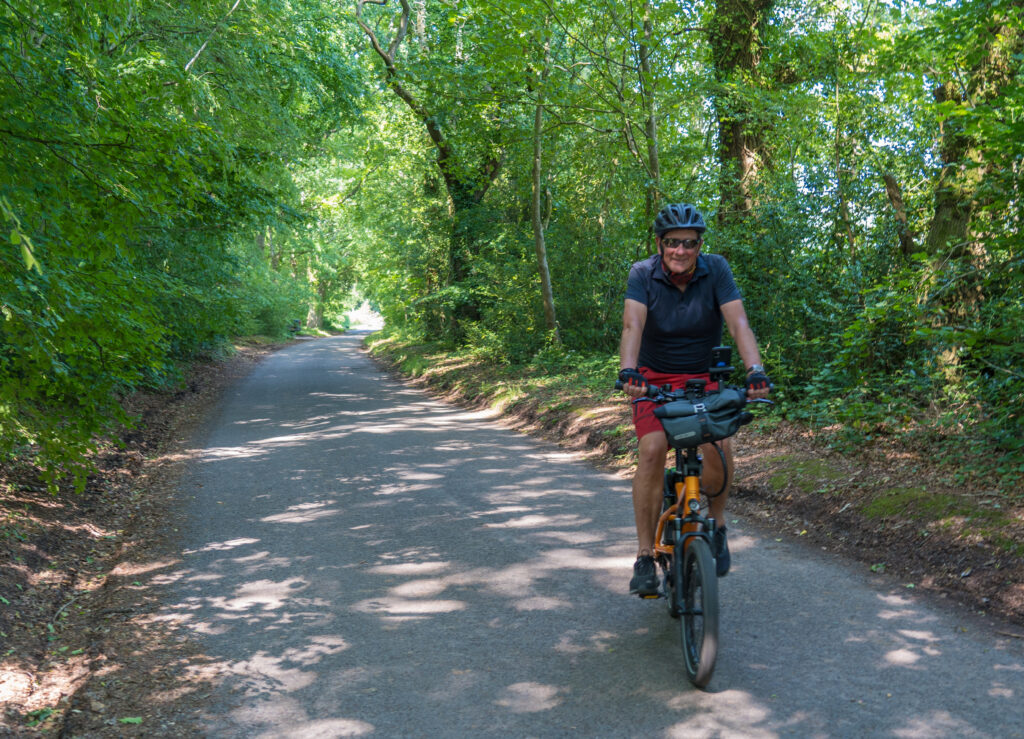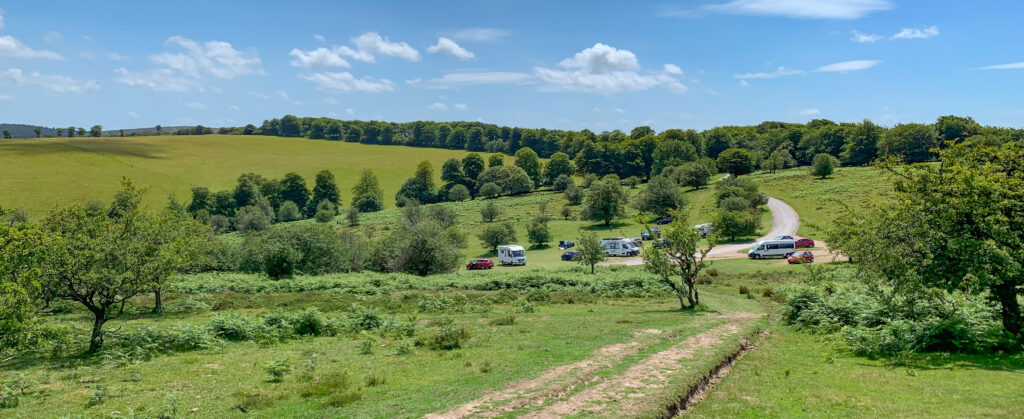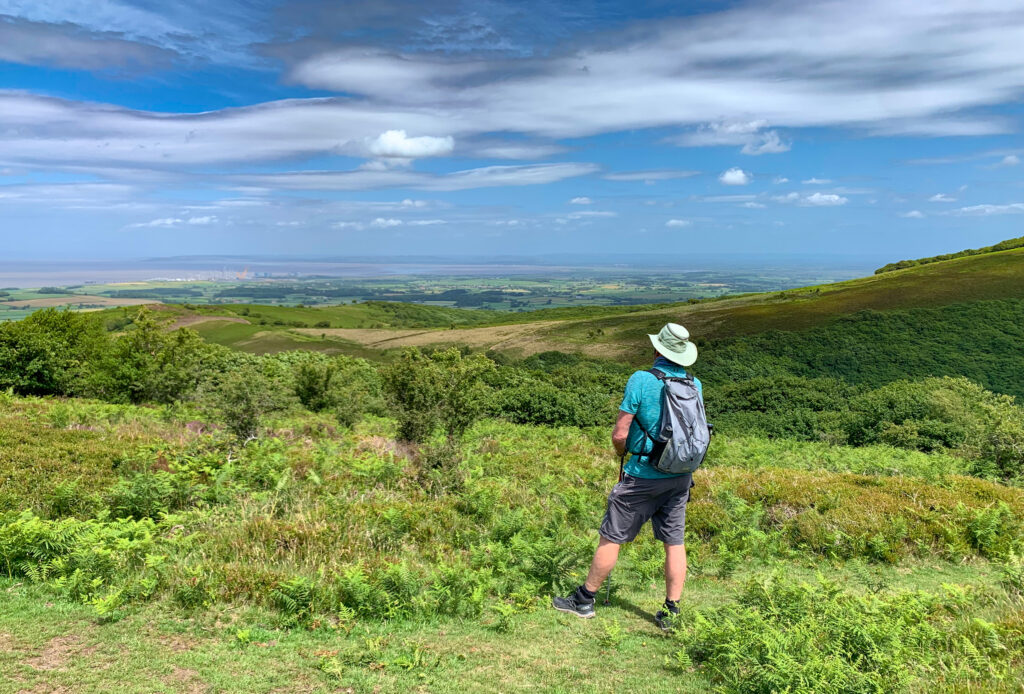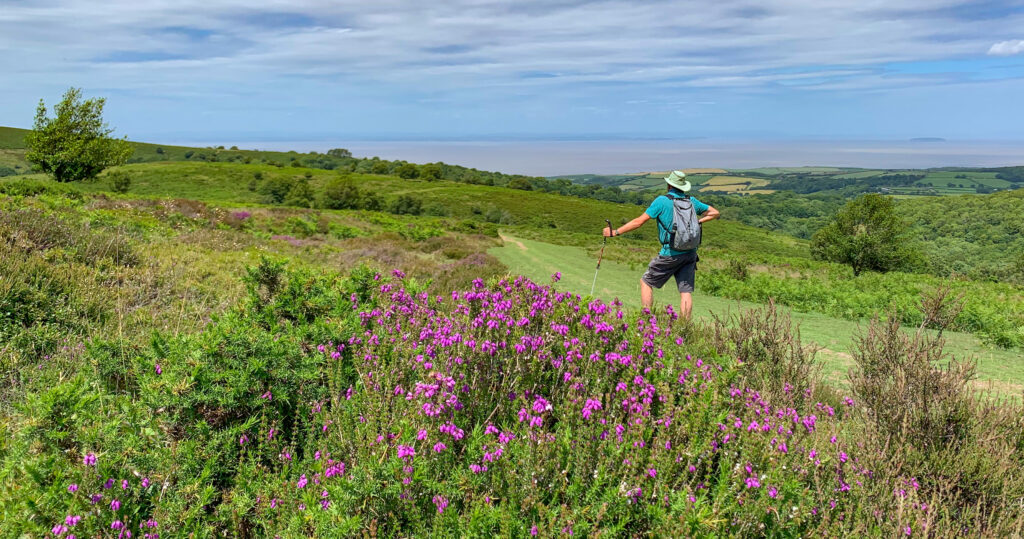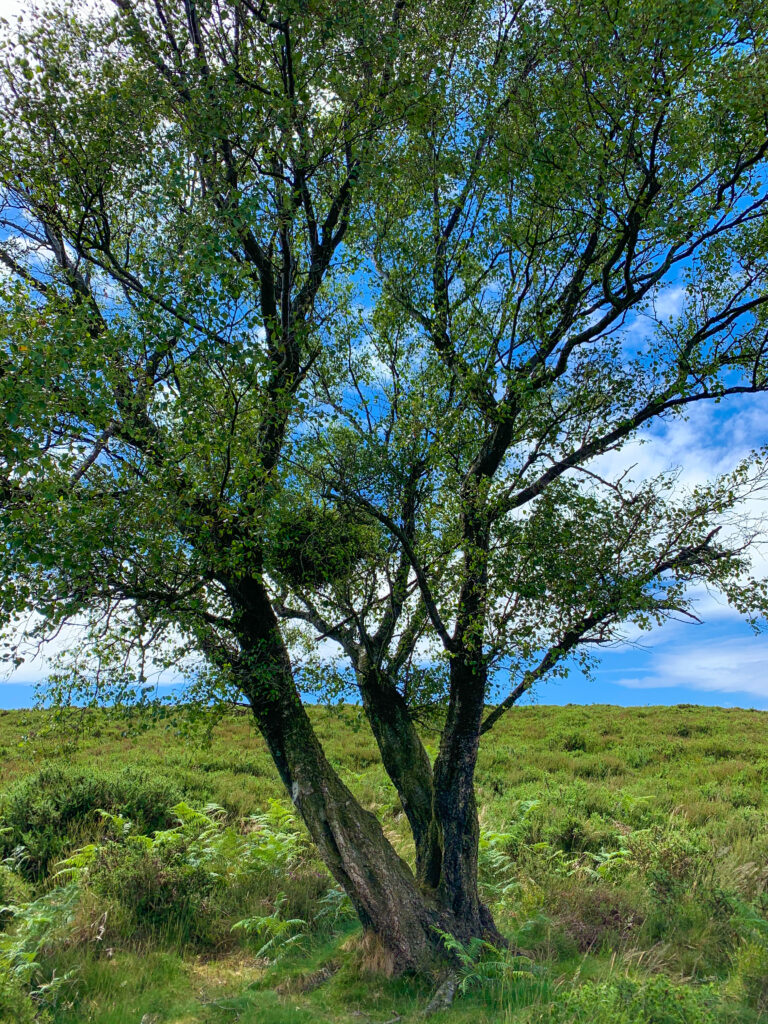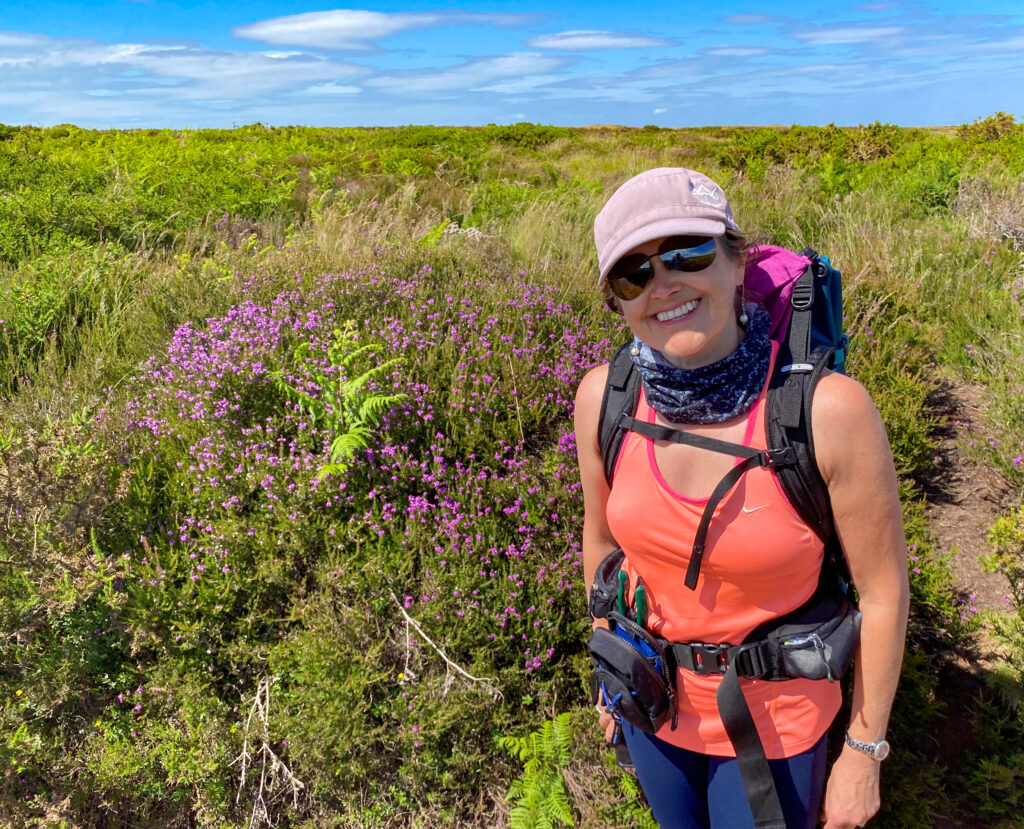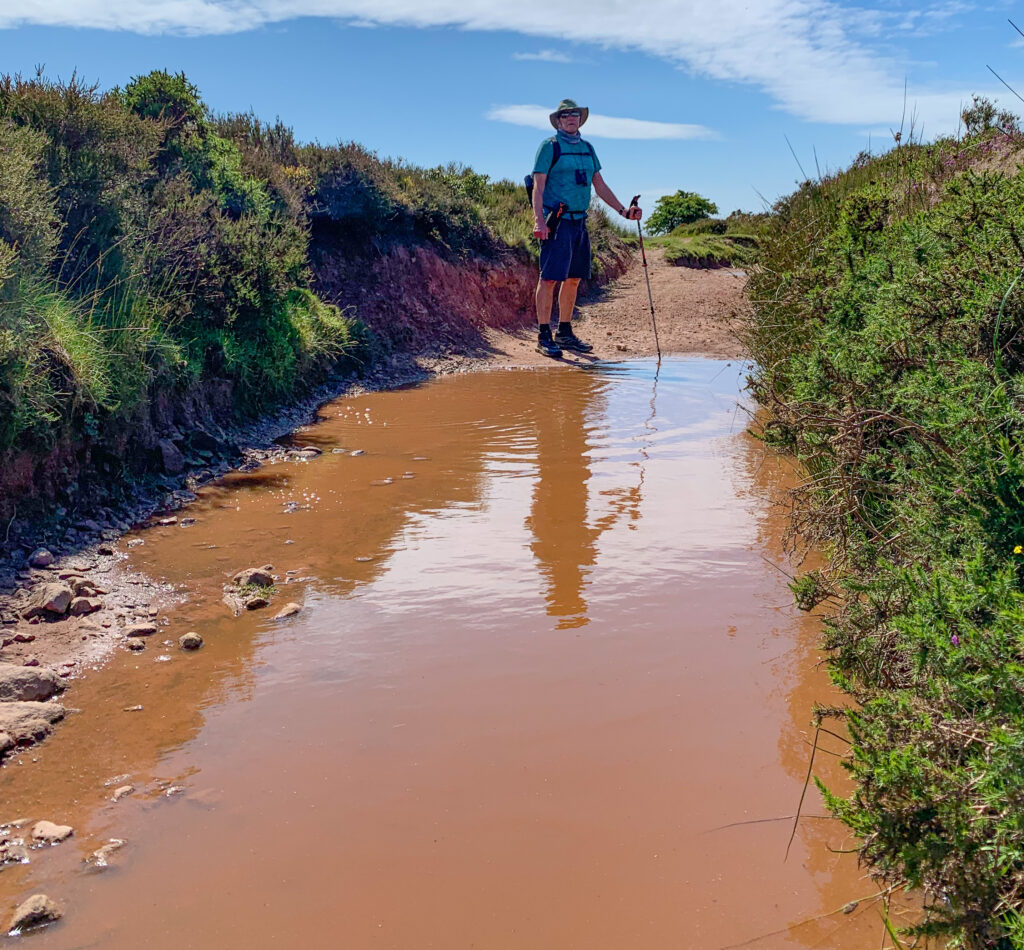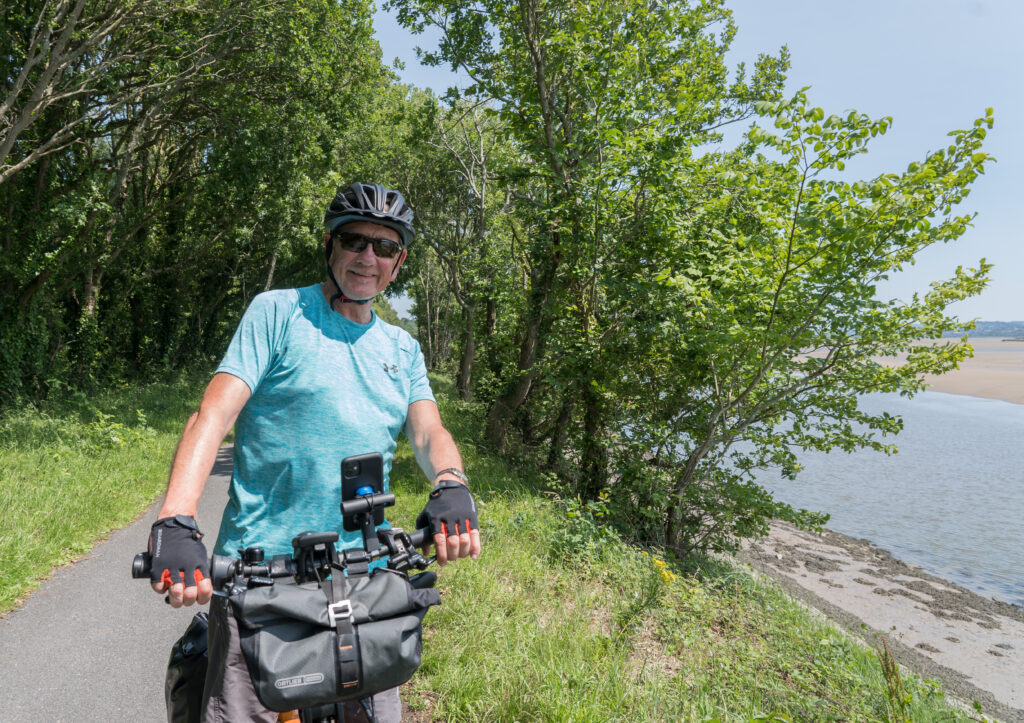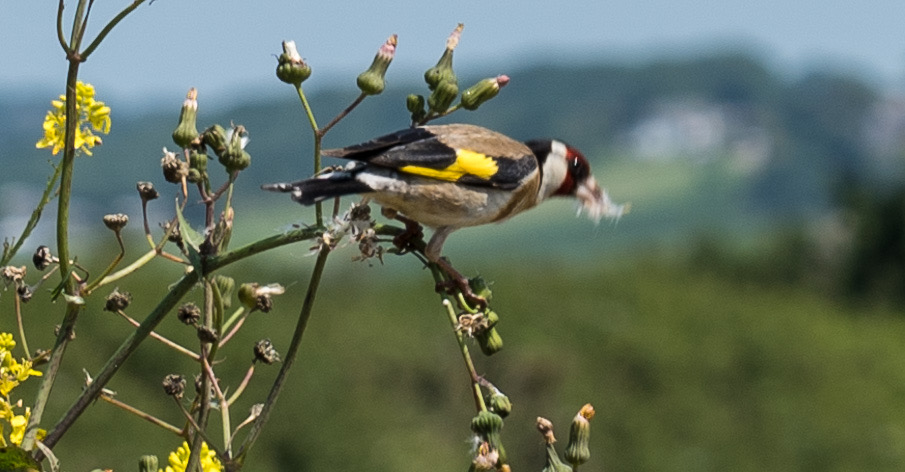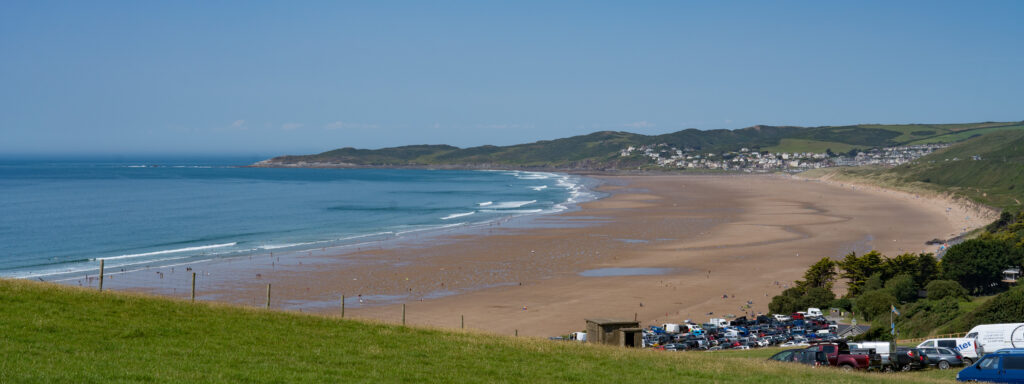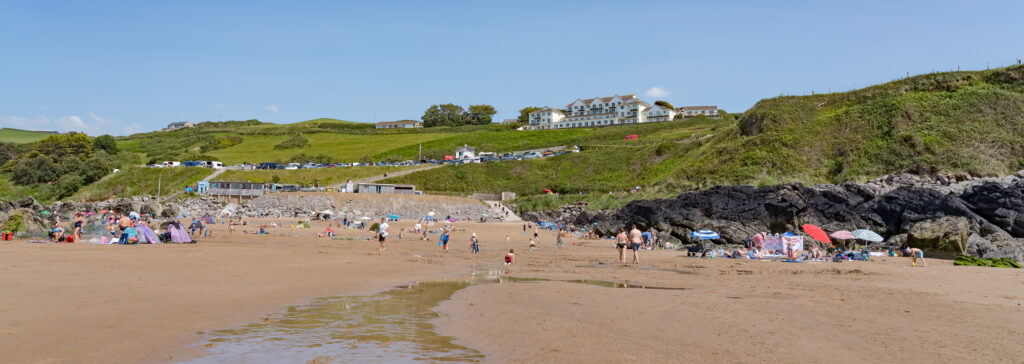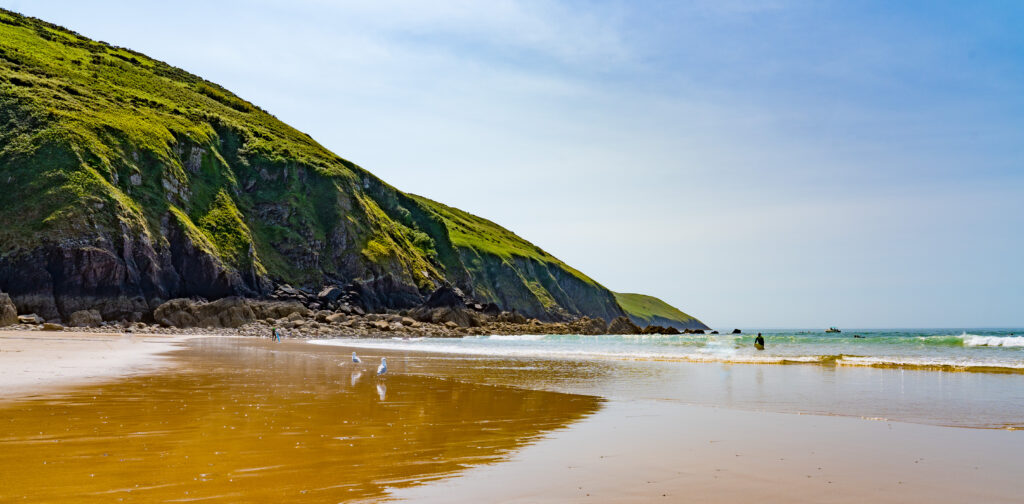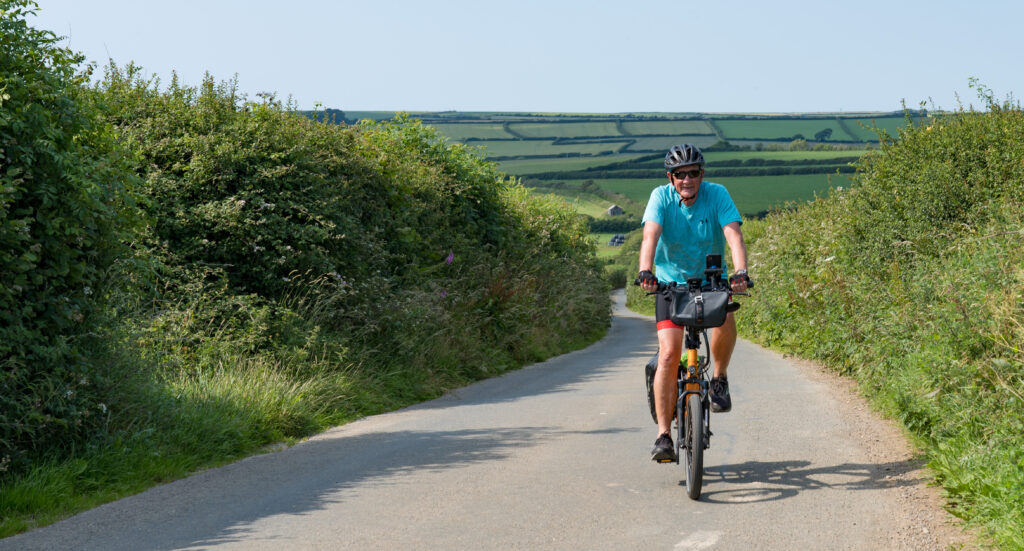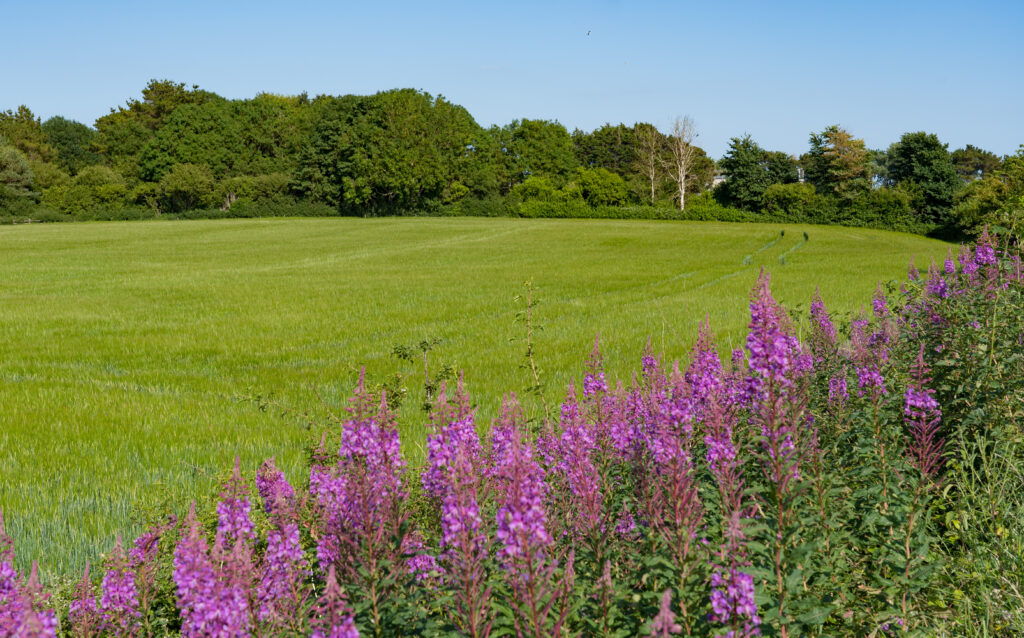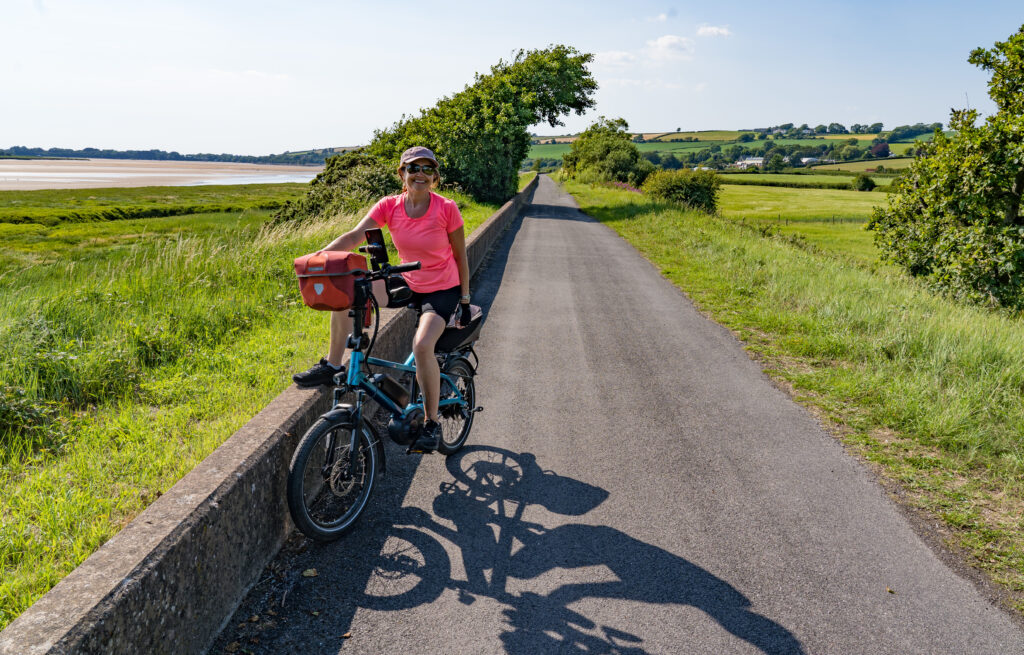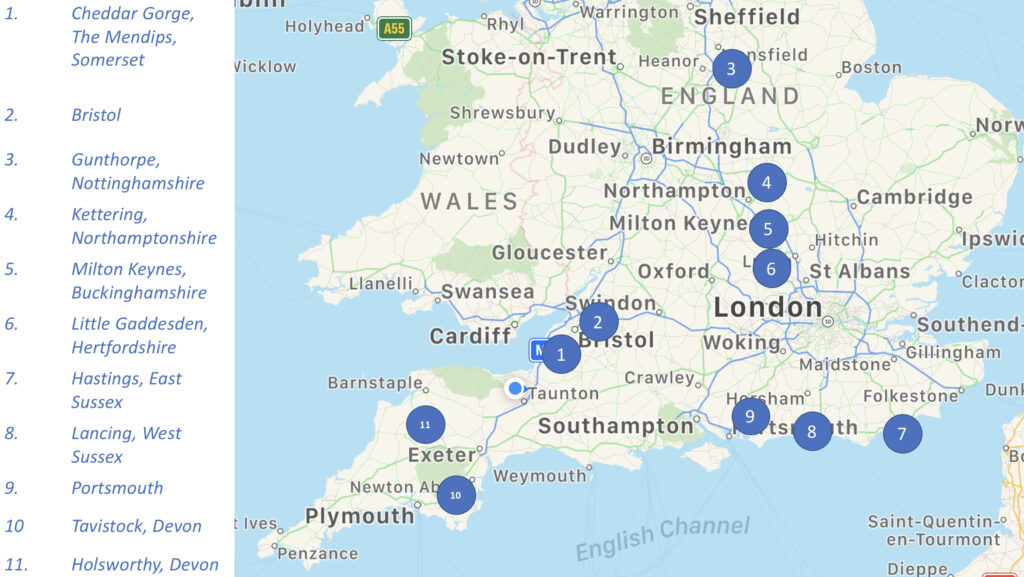Author: Mr A
Location: Holsworthy, Devon
Last week was Storm Ellen, this week was Storm Francis’s turn to bugger things up. We had it all planned. Catherine’s sister and family were coming to camp with us for the week, and their childhood friend Karen and her family also joining us for a couple of days.
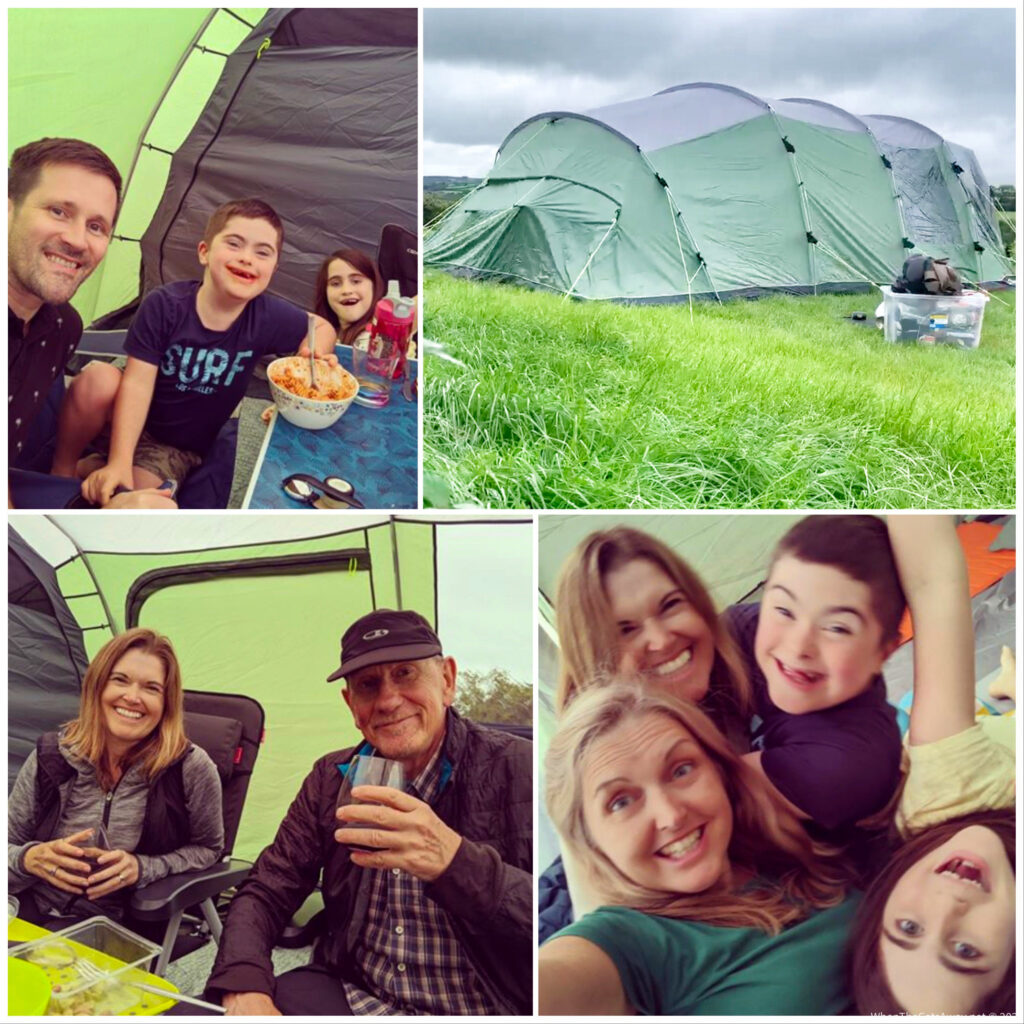
Well, Helen and family lasted one night before their tent was shredded by gale force winds, and holiday spirits drowned by rain squalls lashing; the field turned into a mud pit. Karen and her family sensibly decided to abort completely.

We just felt so sorry for them. This has been a super tough year for all of these folk for many reasons. They were so looking forward to a chance to get escape to somewhere different and hang out with each other. But nothing could be done. Their tent just buckled under the wind. It was pitched well, it just couldn’t stand up to the 52mph gusts that were buffeting us on Monday night. This was only the third night of use for this brand new tent. Poor show Outwell, and we’ve told them so, even posted a number of pictures on their Facebook site showing the broken poles. Not even an acknowledgment. It did make us realise how so much more robust, and good value, our Australian camping equipment is.
So that was that. We were back on our own. The wind subsided to a fresh breeze, and it stopped raining briefly, so we jumped on our bikes and rode into the local town of Holsworthy for a pub lunch. It was the last day of the “Eat Out to Help Out” scheme the UK government has been running to help the pub and restaurant industry by providing £10 a head subsidy at participating restaurants a few days each week in August. We’ve not managed to use it before, so was nice to get a cheap feed.
The riding around here, as I’ve said before, is just magnificent. Several long distance cycle routes come through the area, often following old railways lines, and we headed out a short way on one towards Bude. We joined for a while two touring cyclists who were heading from land End to John O’Groats,. They worked for Sustrans, the national cycle body that has been the driver behind so much of the program of work that has transformed cycling in the UK. I envied them the ride.
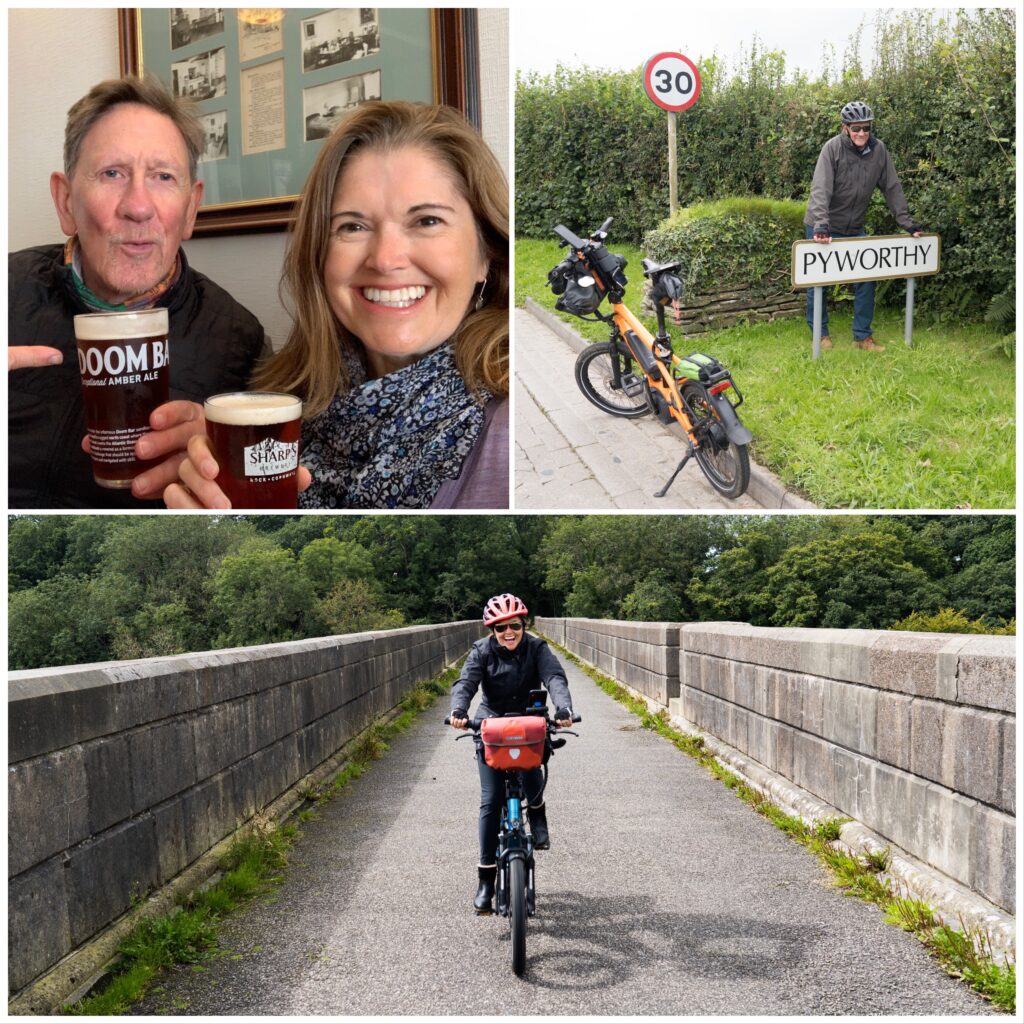
With another forecast of rain, wind and more rain, we decided to drive over to the picturesque village of Clovelly, backdrop to so many films, including one of our favourites, The Guernsey Literary Potato Peel Pie Society. You have to park outside the village entrance, and then pay a small fee for entry before you are able to walk down the pedestrianised high street (we like that!) that descends precipitously 120 metres to the little harbour.
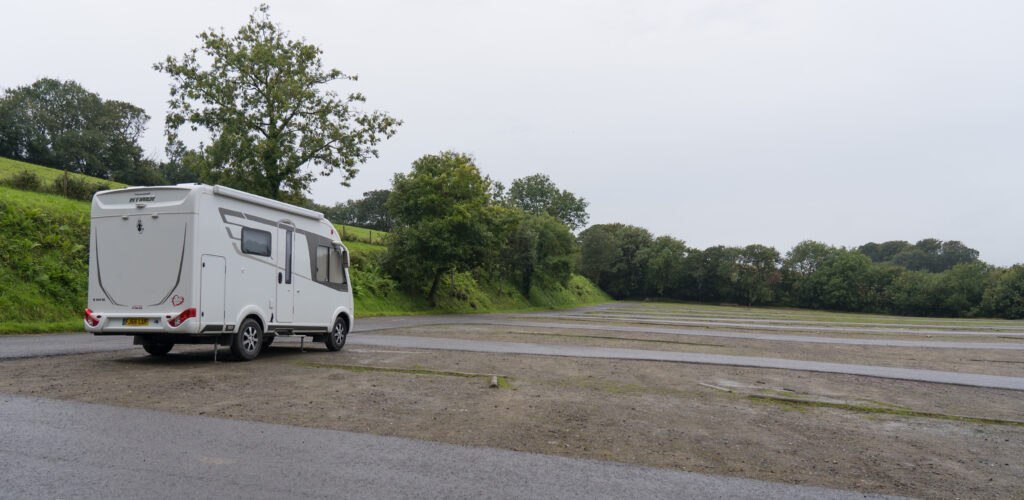
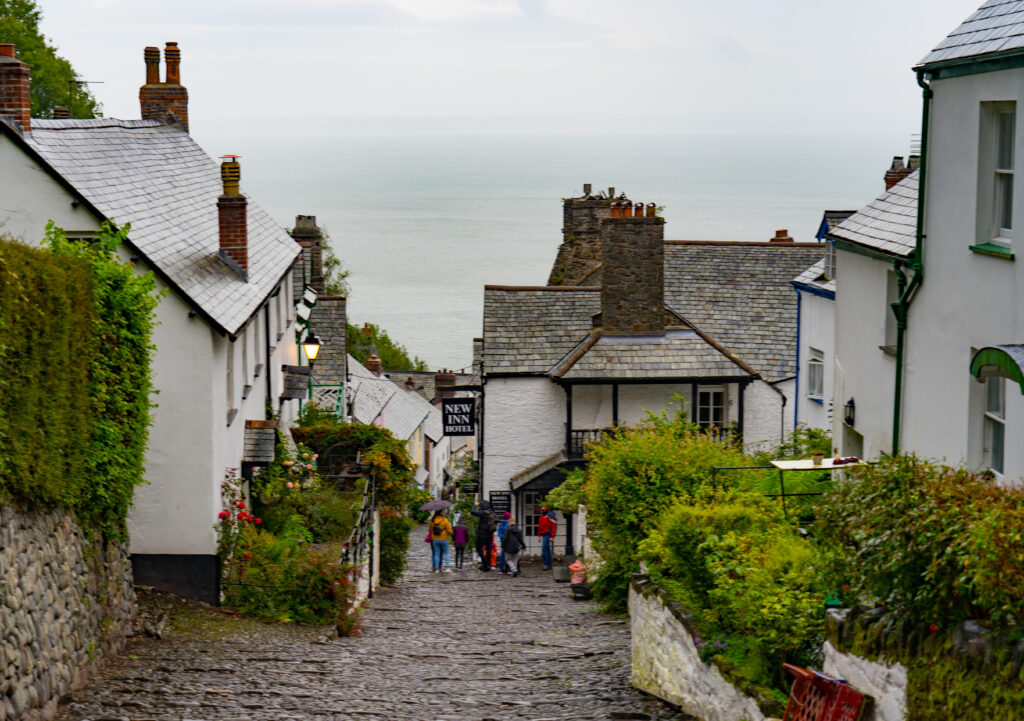
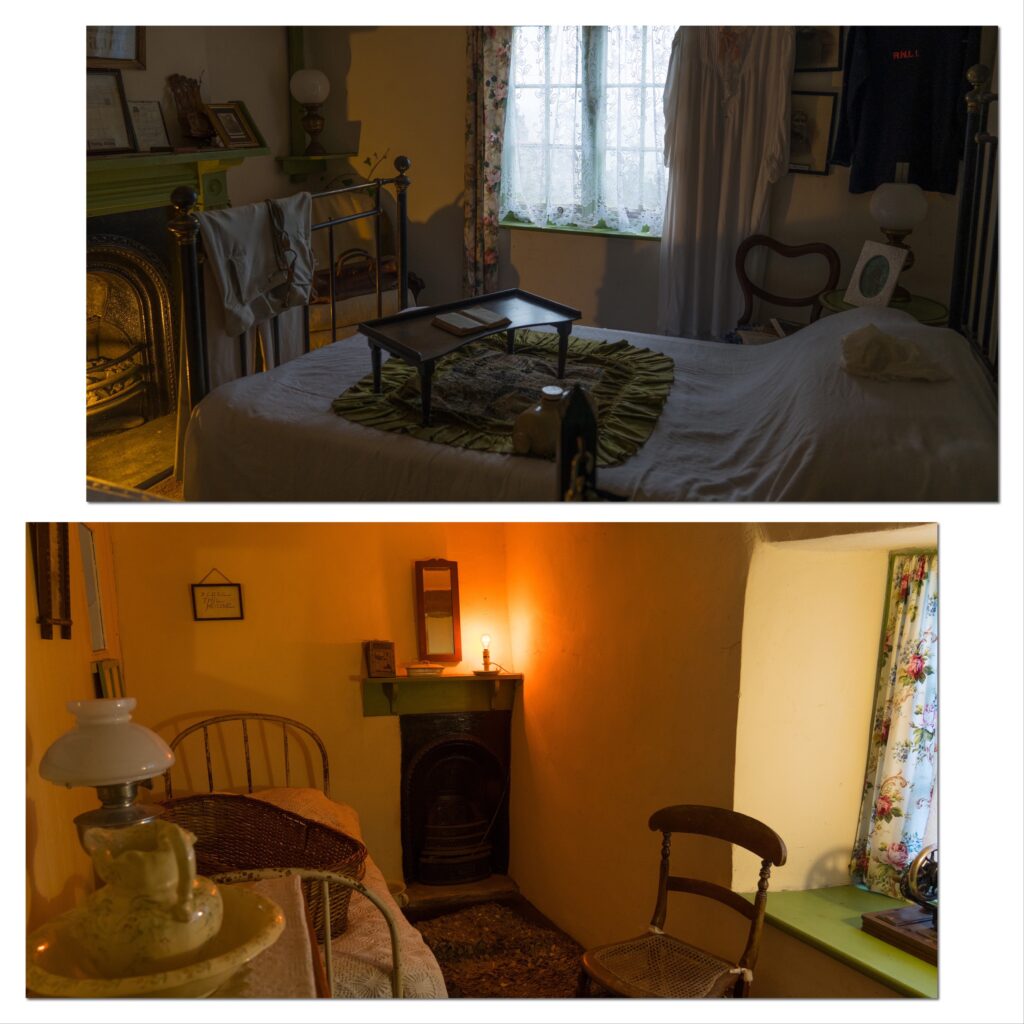
It’s while in the fisherman’s museum that we learn the link to Sydney’s expensive eastern suburb of Clovelly A Plymouth born pastoralist with links to this village of Clovelly in Devon sailed to Australia in the early 1800s. His name was Hannibal Hawkins Macarthur. He purchased a house in Watson’s bay which he named Clovelly after this village. Later, when Sydney’s Council was trying to name the suburb, they considered Eastbourne, but picked Clovelly instead, influenced by the name of his house.
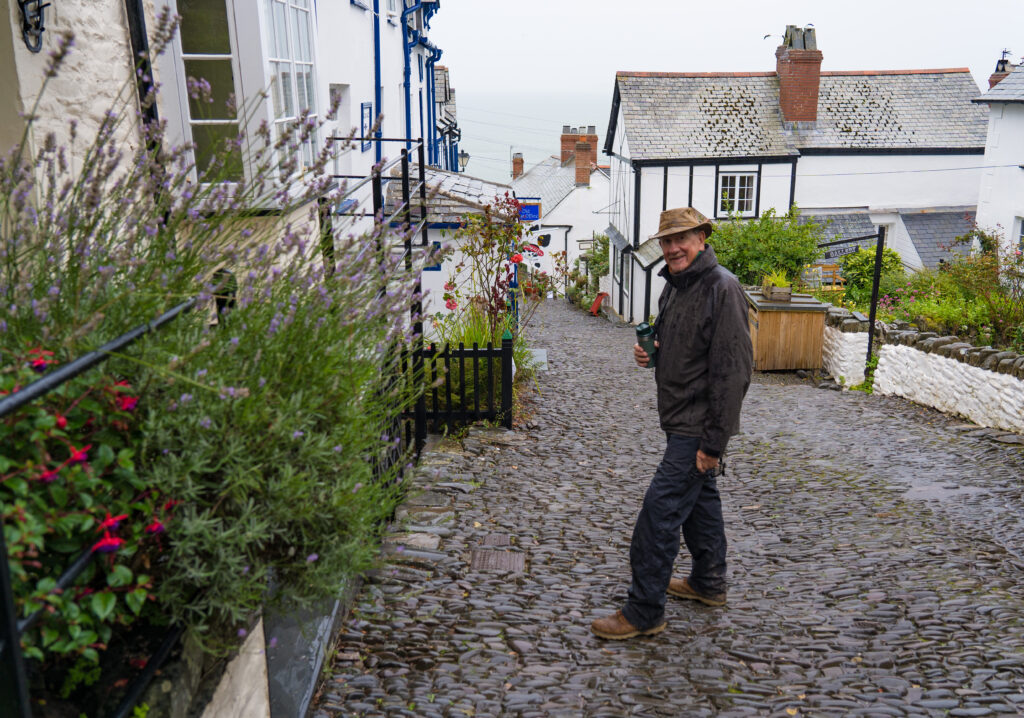
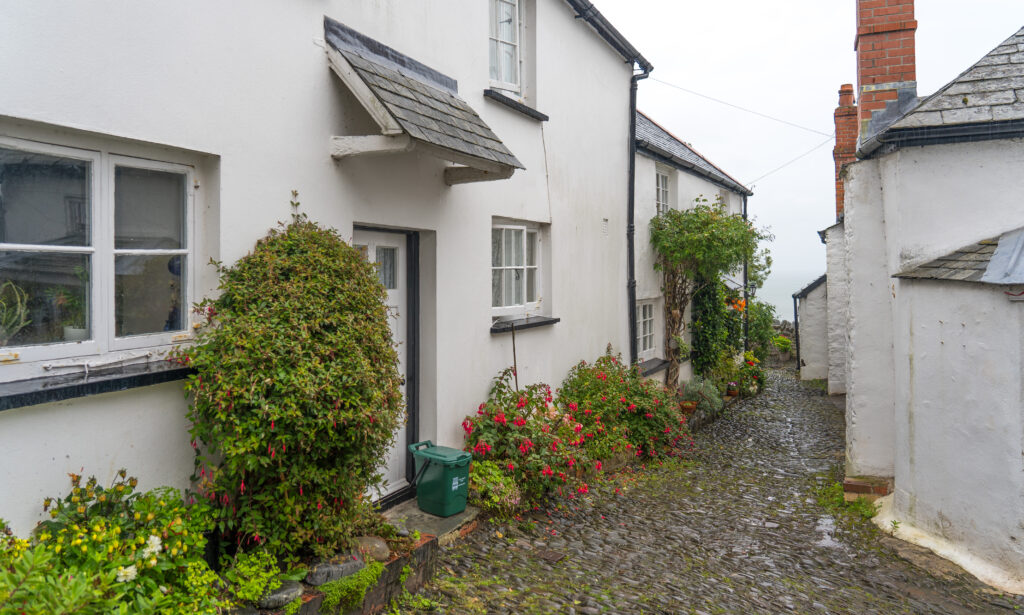
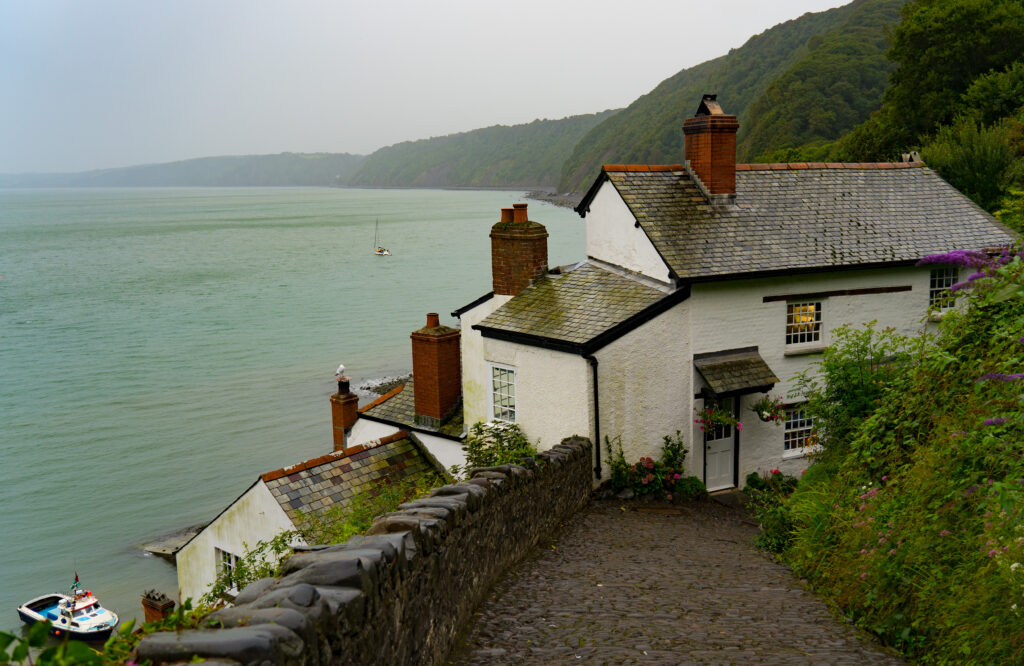
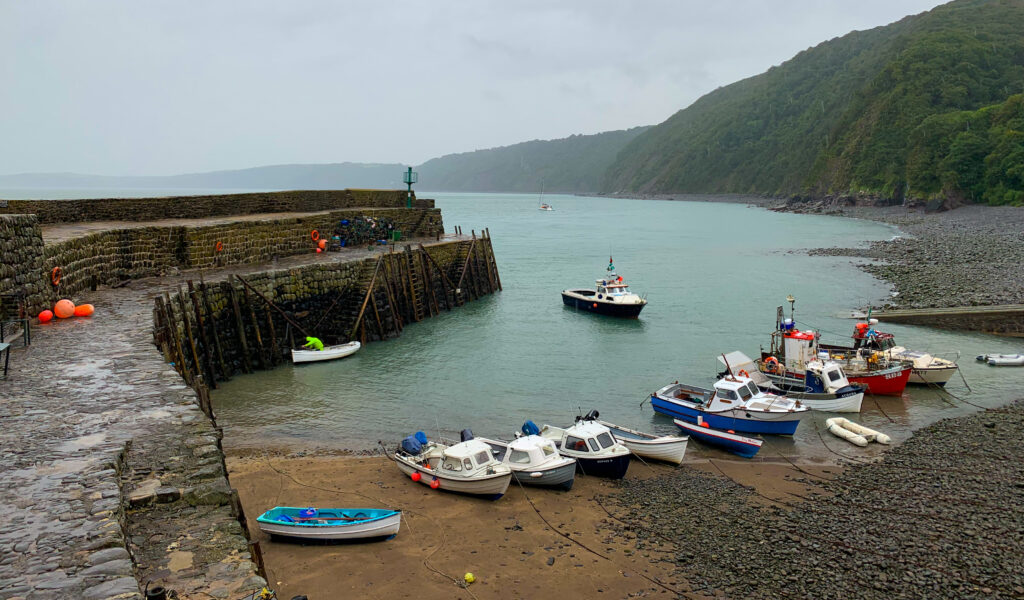
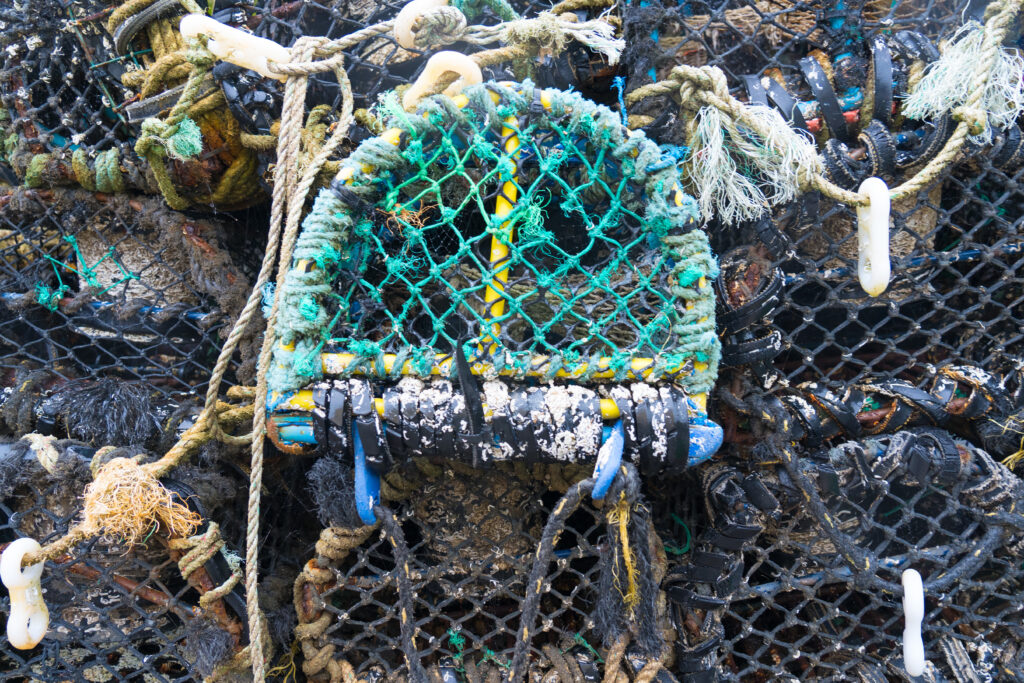
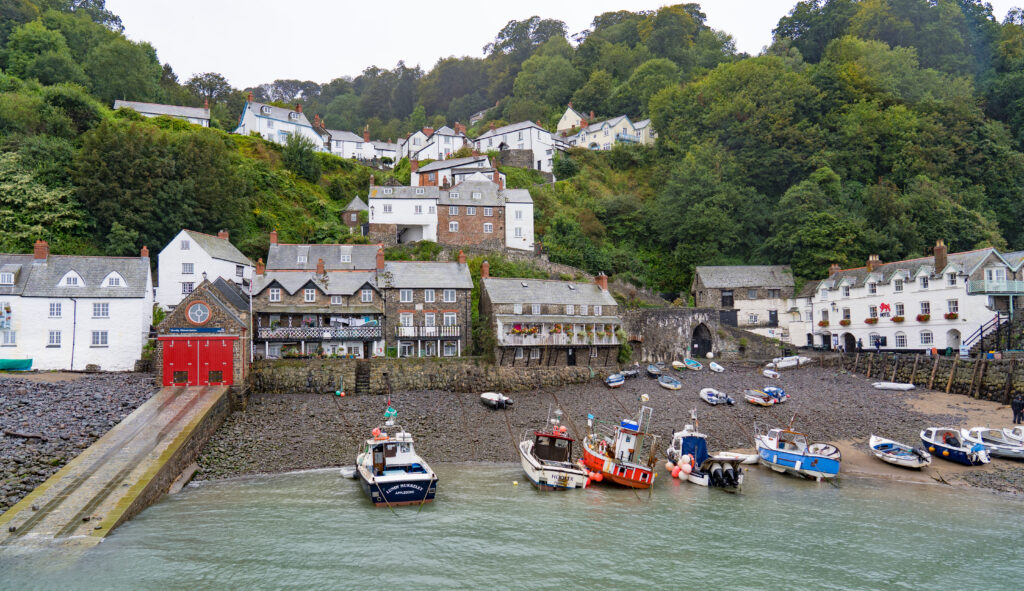
With the rain lashing down it was a slippery walk on the cobbles, but the views were just tremendous. The sense of history once again was palpable. Its easy to see why a number of famous writers and artists have taken their inspiration from living here.
The weather certainly wasn’t suiting the feline population, with several practically knocking on windows and doors to be let in out of the cold and wet. We however braved it down to the harbour, and sheltered while we sipped our hot tea and contemplated what life would have been like heading out on a fishing boat. In 1838 twelve boats set out and only one returned, a storm hitting them and taking twenty six lives that day. We however, fortified by a Devon pasty, and educated by the shop owner about the difference between a Devon and a Cornish one (its all in the pastry folding apparently) and we headed back to Truffy somewhat bedraggled.
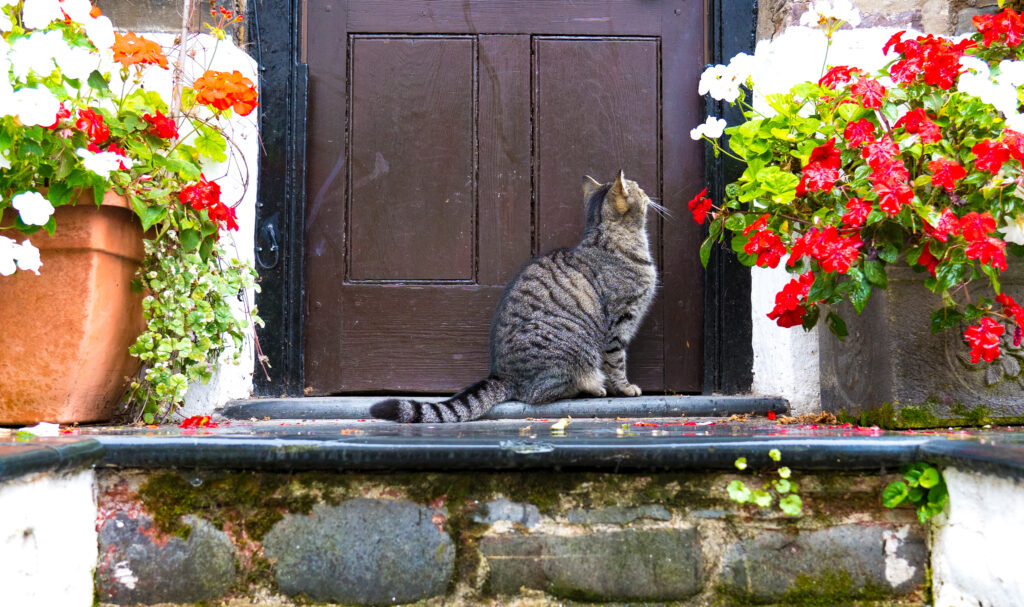
After another day of rain…we finally saw a window in the forecast, fortuitously for when we had booked a wine tasting. Yes…English wine….So off we went on the bikes, the winery (Torview Wines) conveniently being located on the same cycle route we had headed out on previously, when we visited Black Torrington and the delicious pub lunch last weekend.. Happy to repeat that stunning ride, off we pedalled with a freezing north wind causing us to wrap up warm. And yes… it is August.
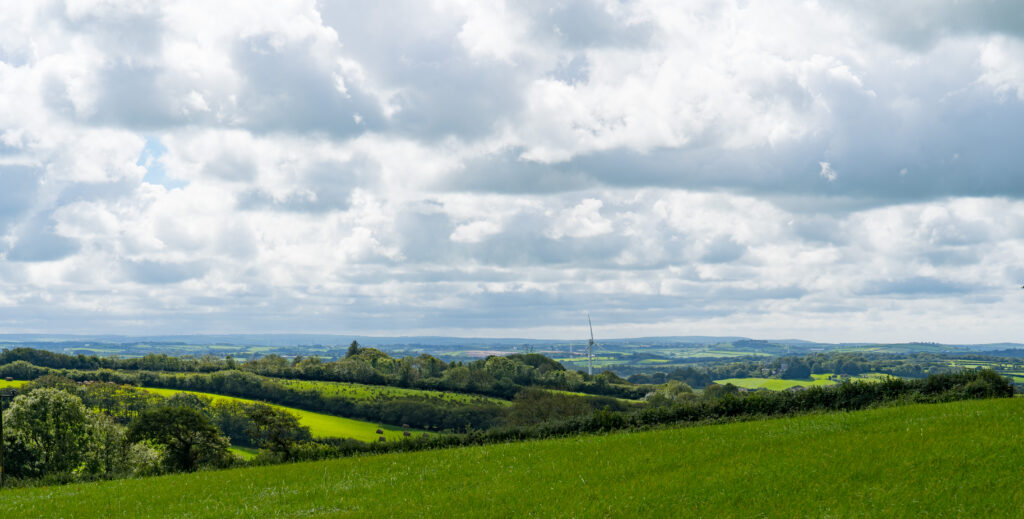
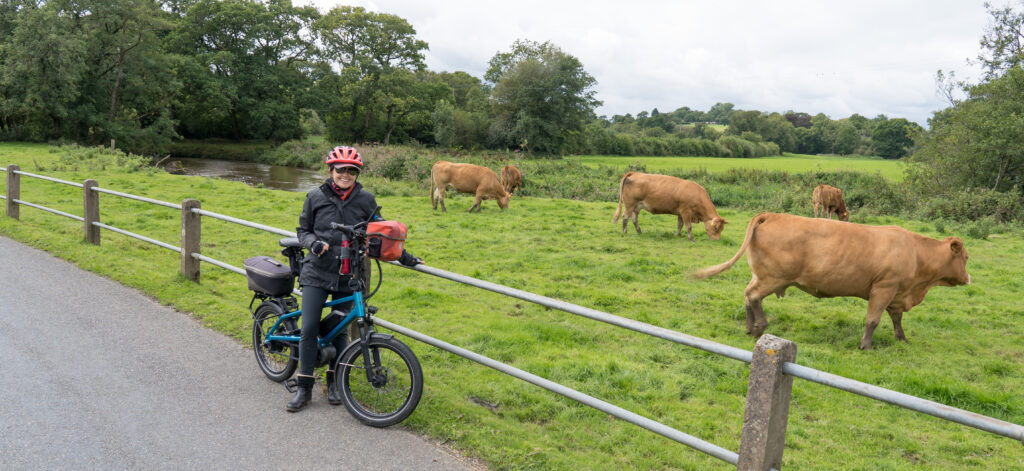
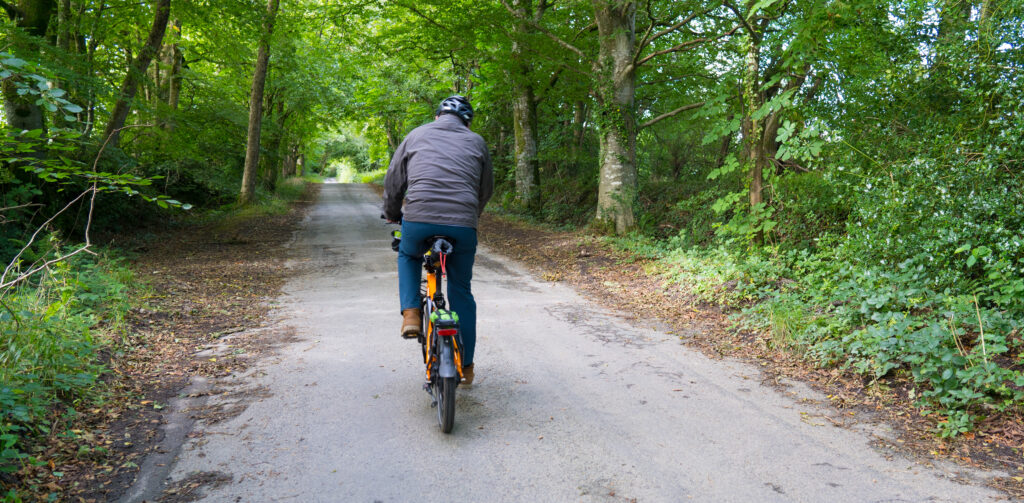
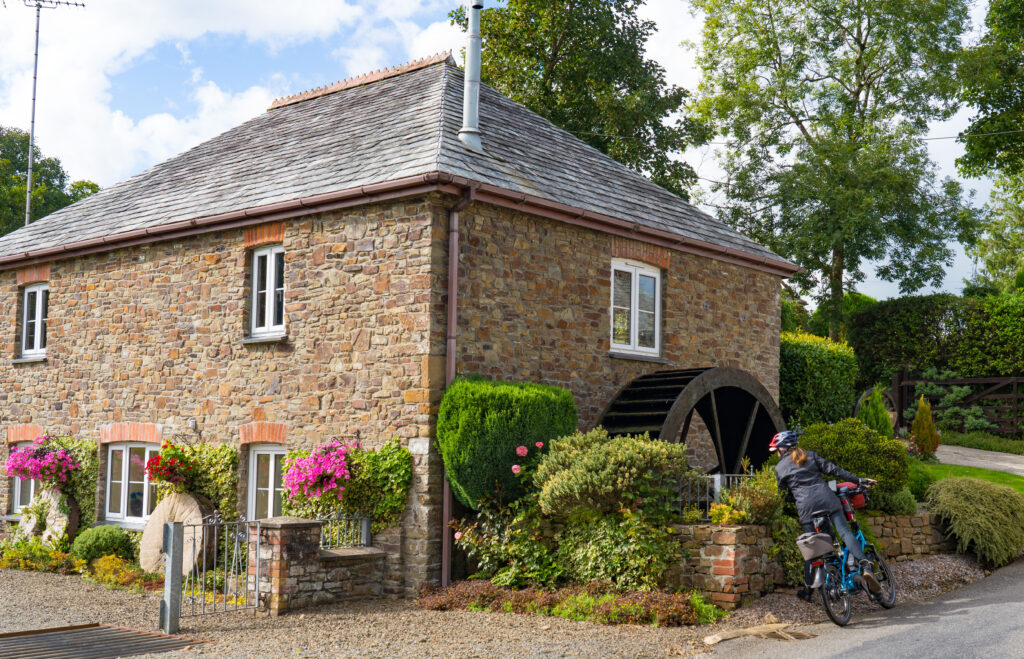
Tim and his wife are the owners of the winery, and the only employees. Run as a family business they feel they can better control the inputs and outputs. We really enjoyed our visit here. Tim really did a great job of giving an overview of viticulture in this neck of the woods. They acquired the property from one of the many farmers whose cattle had been hit by foot and mouth.
Tim has been involved in the wine industry all his life, and felt he wanted to do things a little differently in his winery, based on what he felt would work best. For instance, the weeds are allowed to grow between the vines. The nettles were thigh high and it didn’t make for a pretty picture, but Tim is adamant it helps the wine because you are not running up and down the soil with vehicles compacting and damaging it, and the added stress on the vines ensures they produce fewer leaves and more fruit. With two pairs of barn owls living on the property, the longer grass also provides them with ample hunting ground.
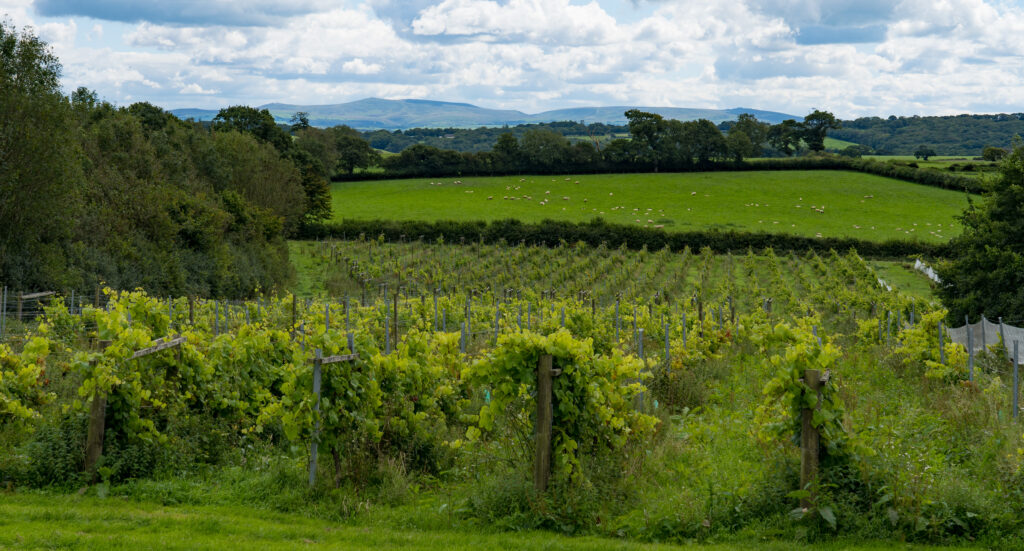
He also has a novel way of sourcing his pickers for the harvest. He approached several local charities and offered to donate £30 a day for any volunteers they could find him. What a neat idea.
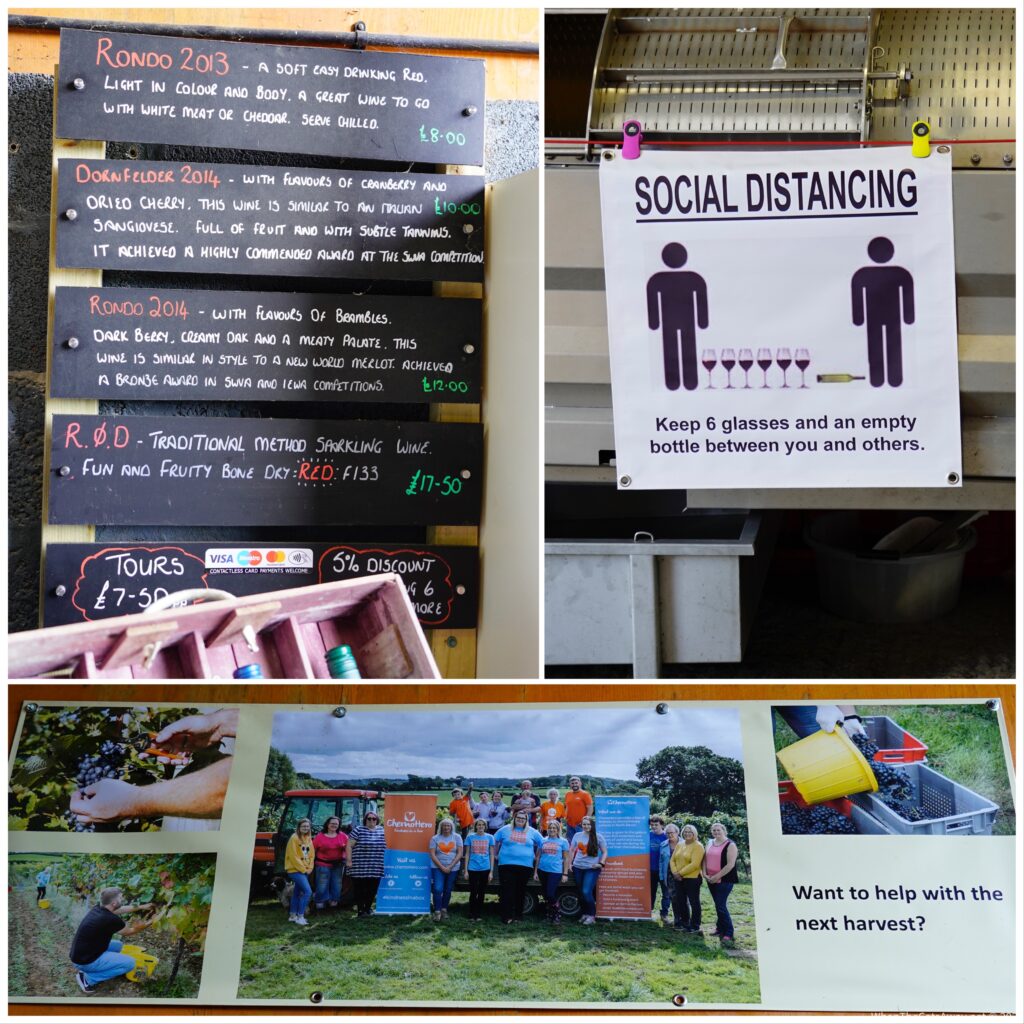
We tasted a number of his wines, with three main varieties, two we had never tried before. In this climate they need to be pretty robust! Climate change is having its impact here like everywhere else. Earlier springs for instance, which becomes an issue when there is a frost, which led to some varieties being decimated this year. Interestingly this is another business that sees its market as being almost exclusively local, with stock for instance going to bed and breakfasts for their welcome packs, and regional farmers markets. We left understanding a lot more than the zero knowledge we had. That counts as a good day.
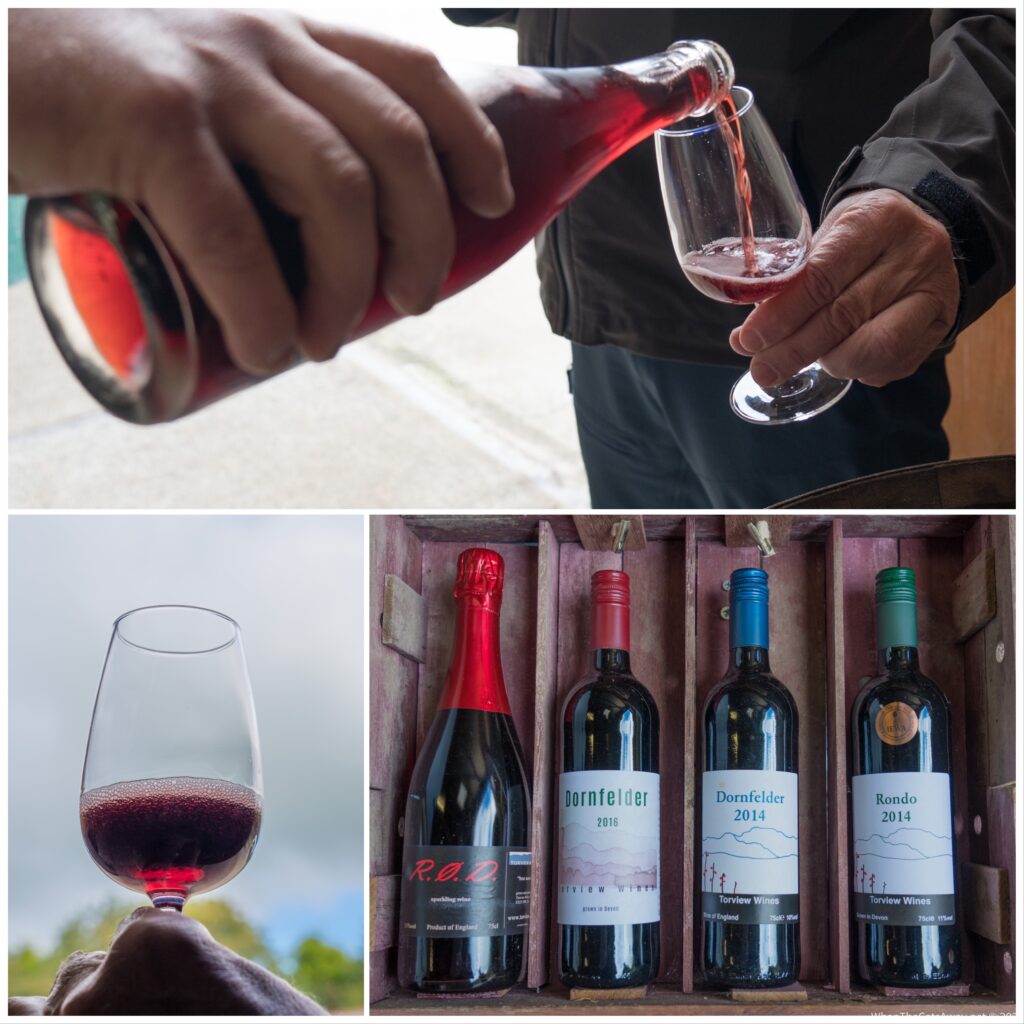
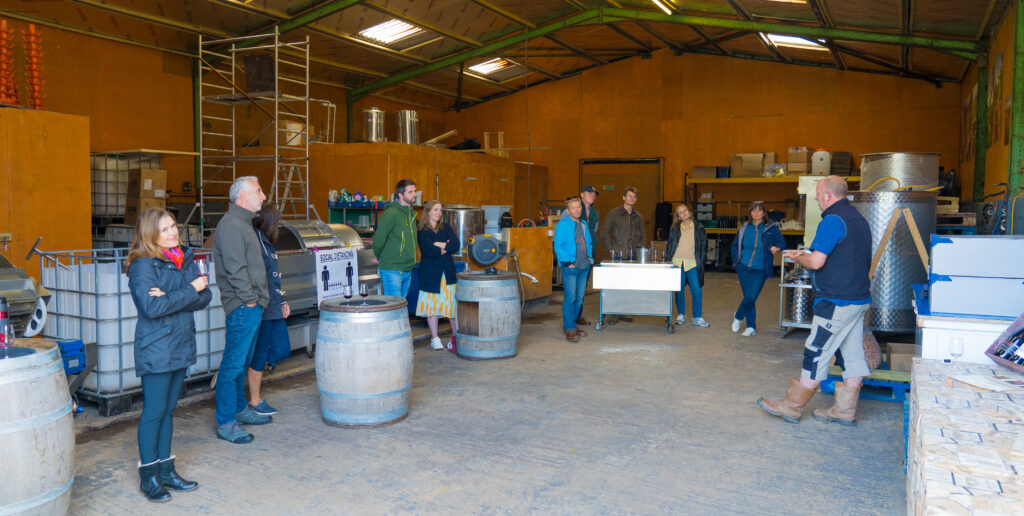
This is our last day of the nearly a fortnight we have spent at Headon Farm. We have been made so welcome by the owners, Linda and Richard. They epitomise what we’d love every campsite owner to be like. Everything is so well kept and clean, and local knowledge always forthcoming. I wish we could store our Truffy here, they have a gold standard facility, and know they would be such good carers, but having to get back to Heathrow. with all of our luggage…tricky.
For the people who drive here in cars and come back year after year, what a fantastic base to explore Devon and Cornwall. The weather hasn’t been kind, but we can’t control that. We have still enjoyed our time here, just wish we could have shared more of it with friends and family as we planned. It wasn’t to be.

